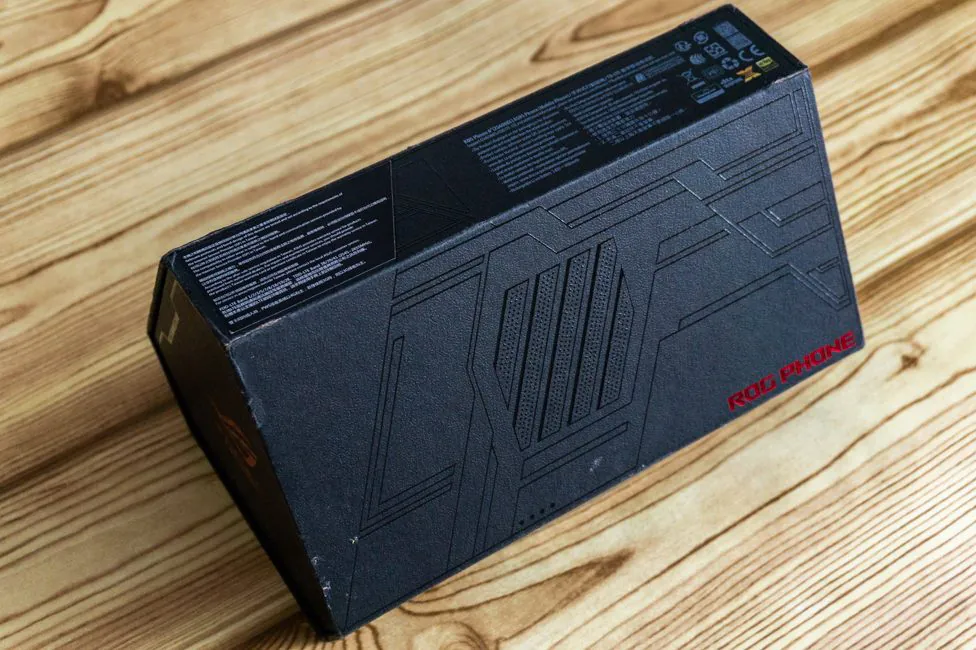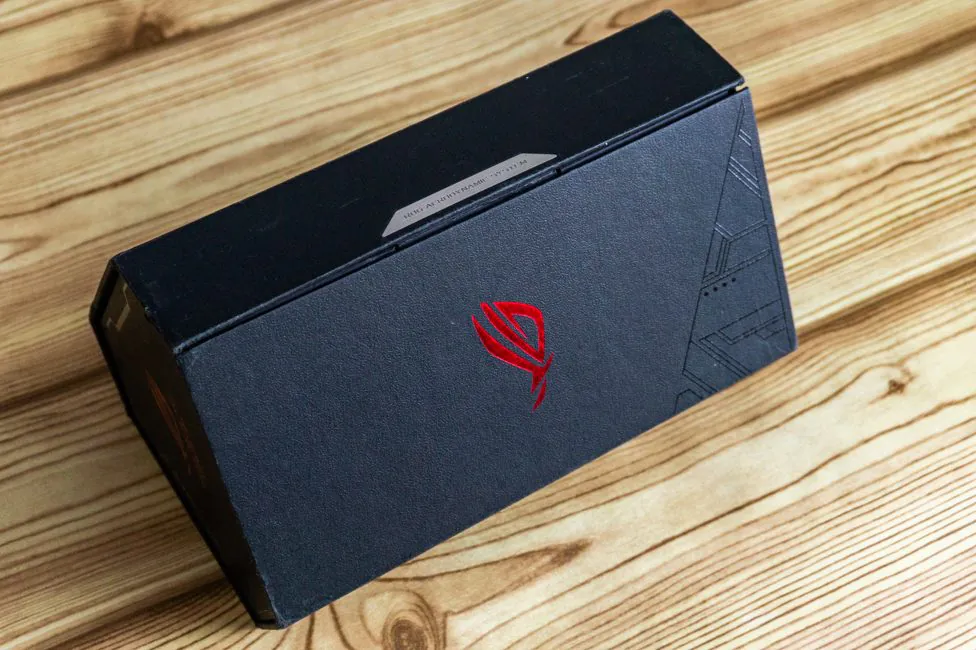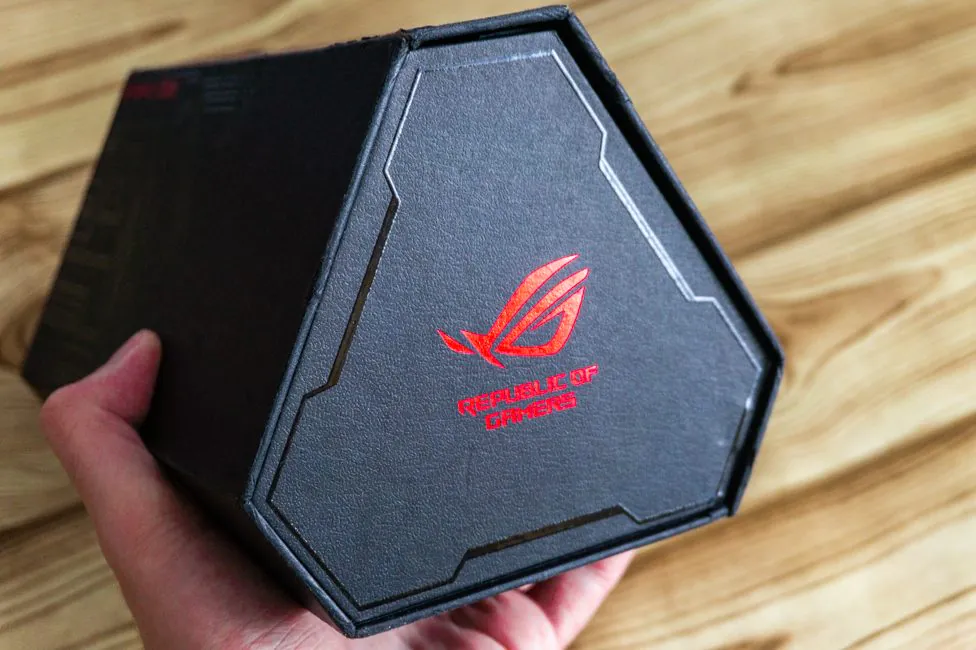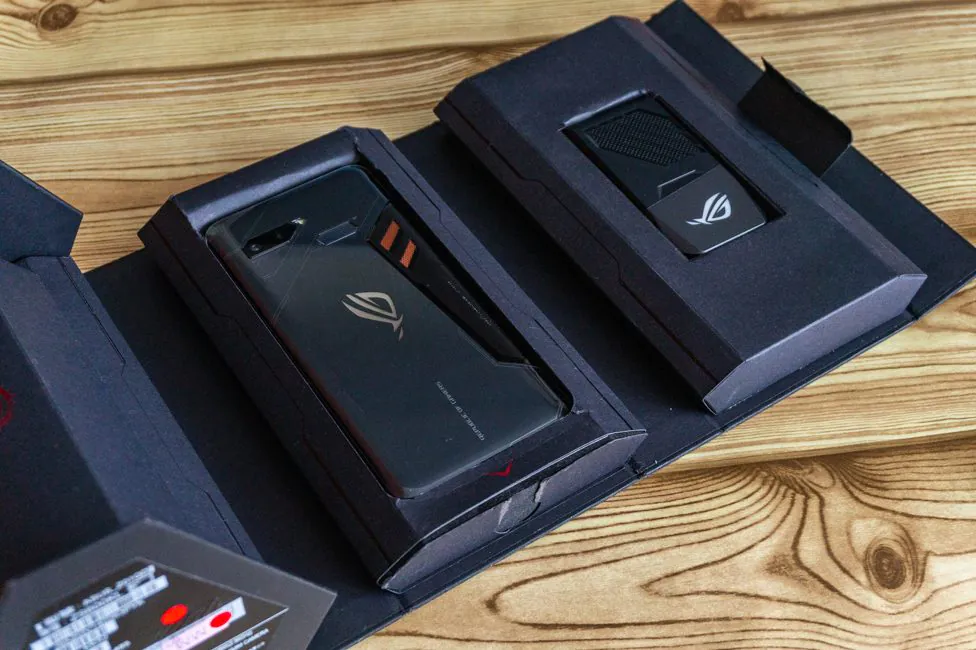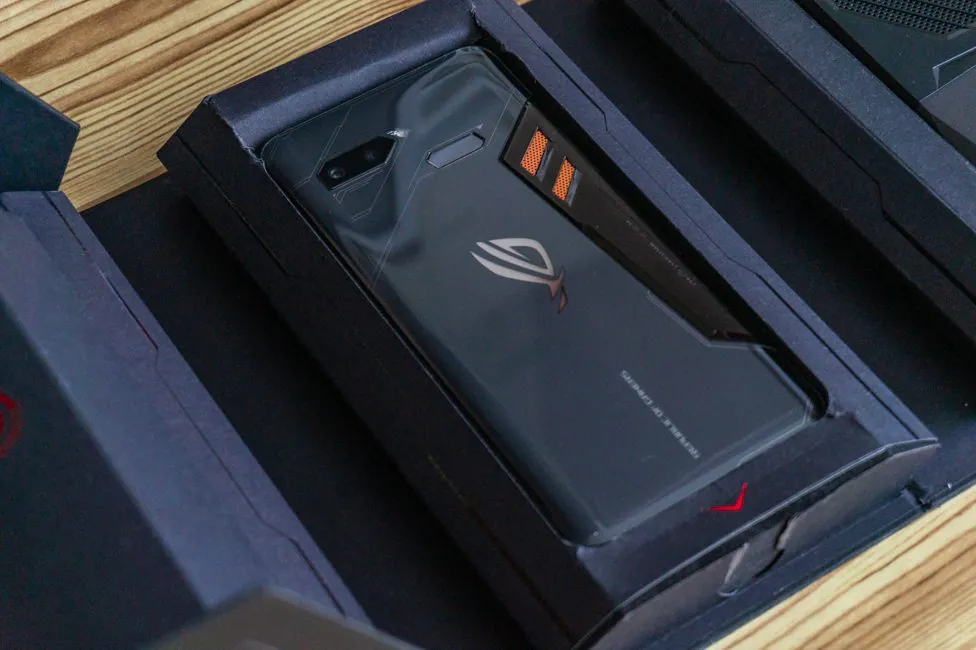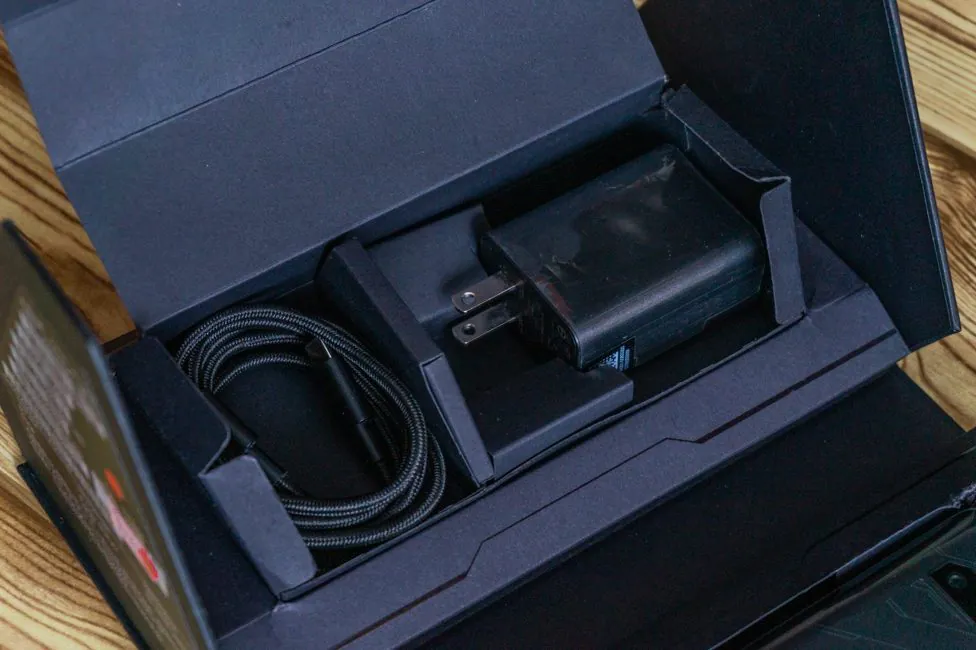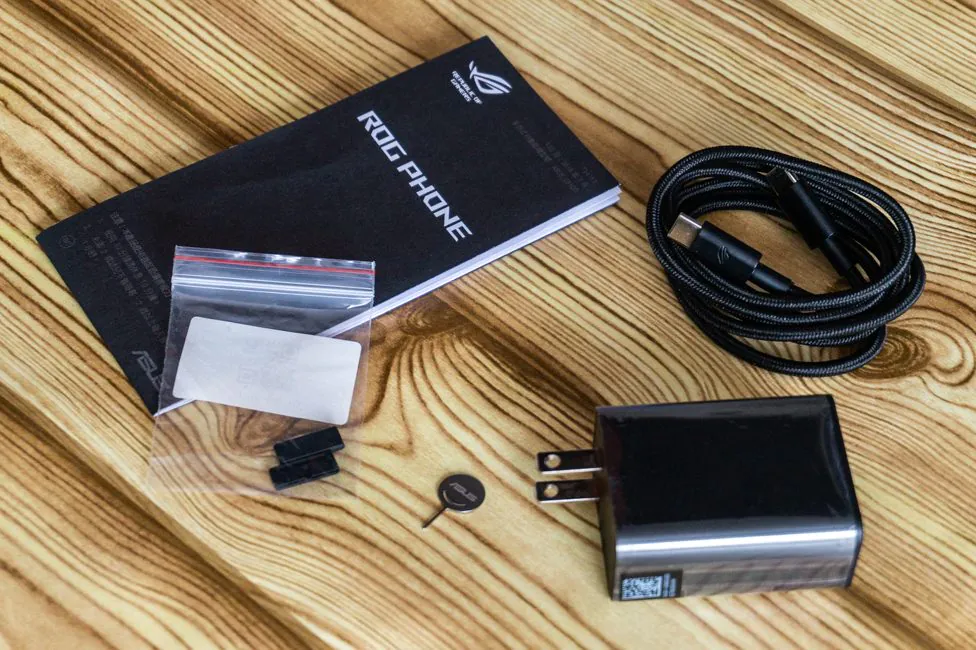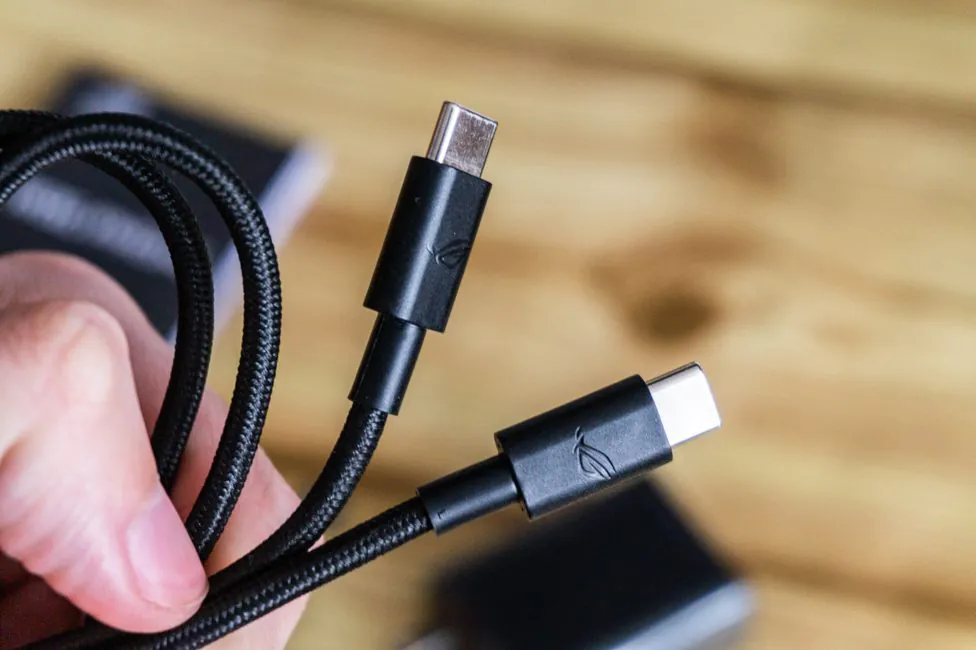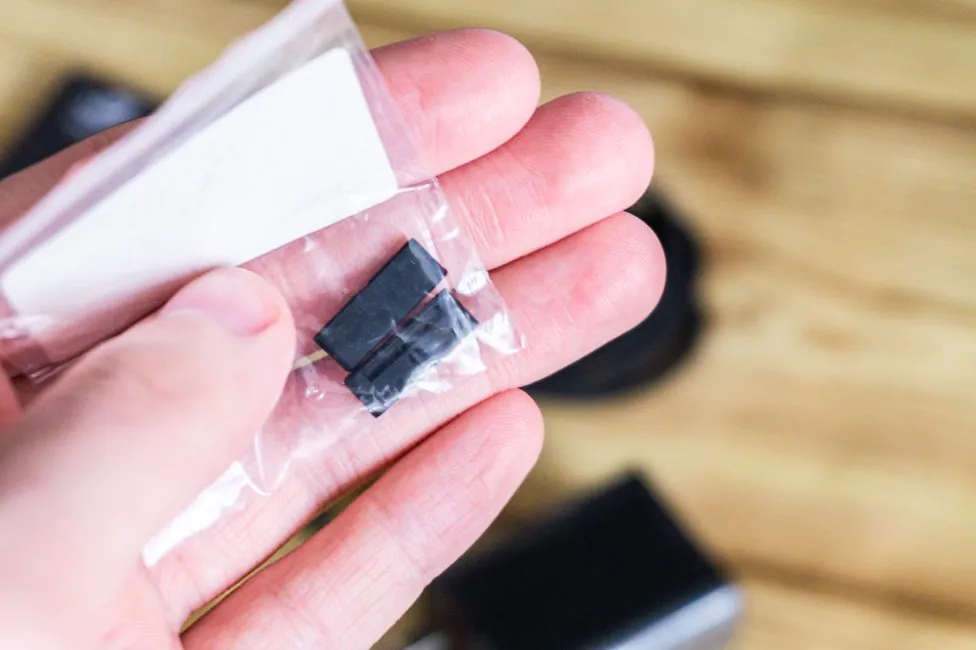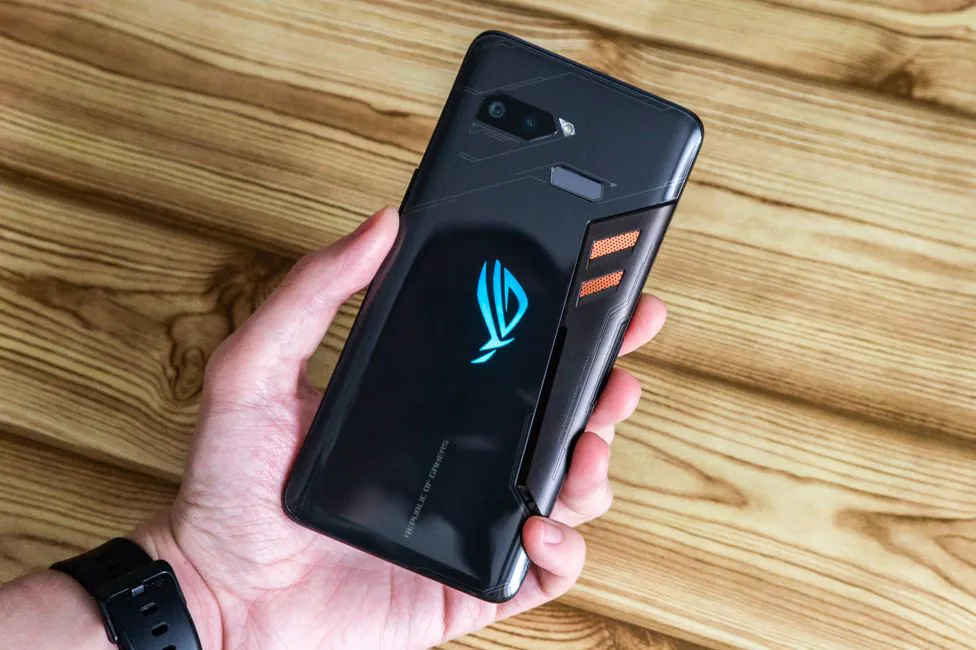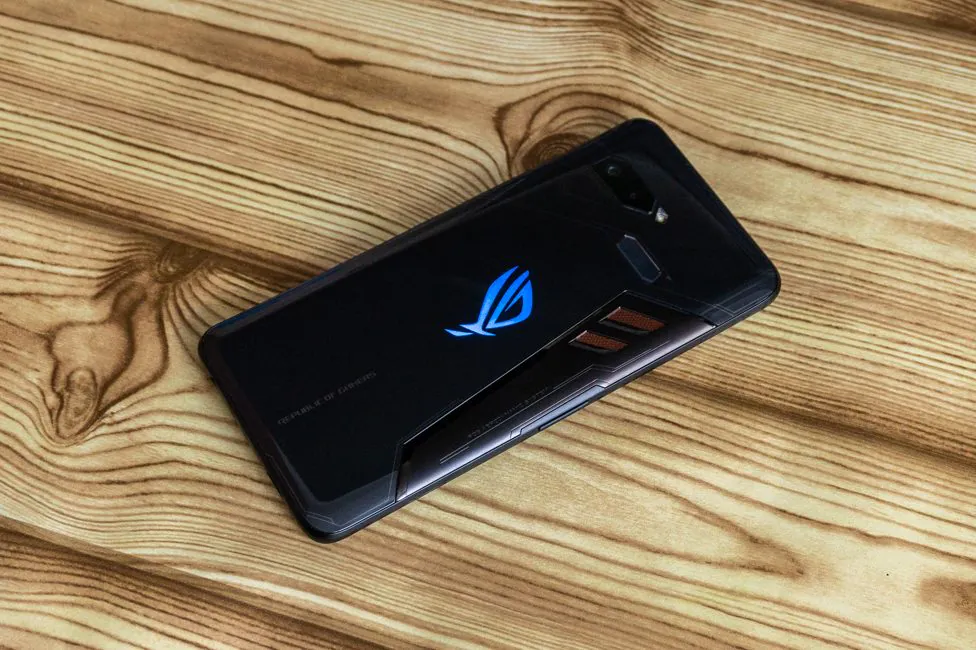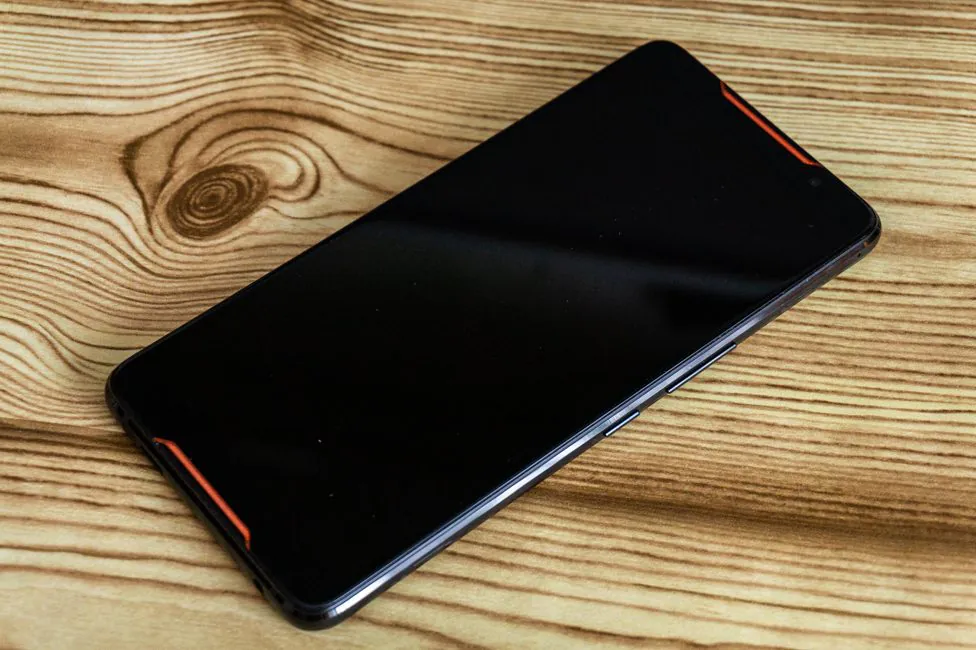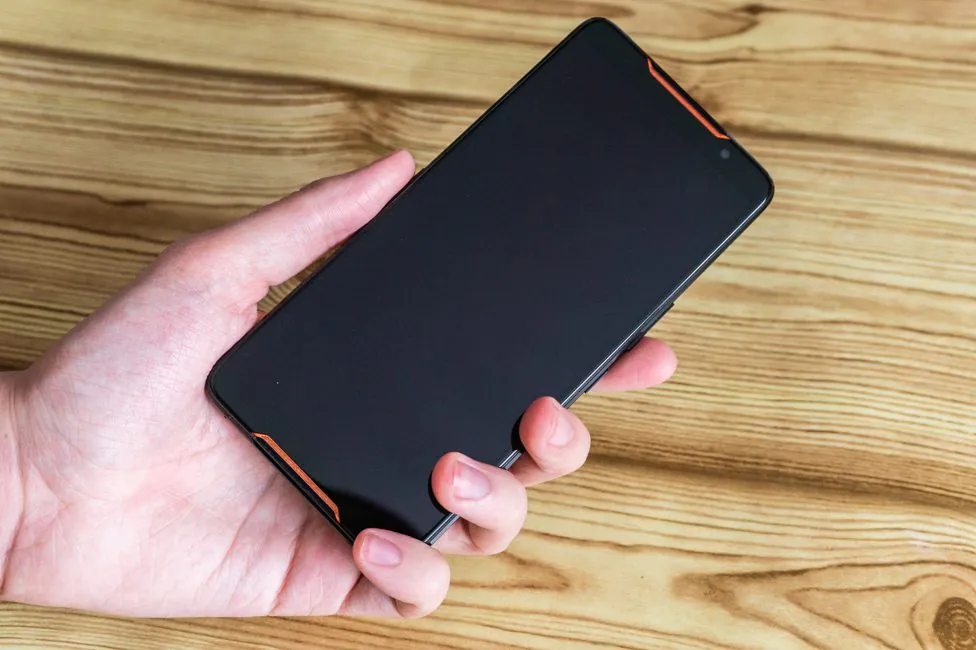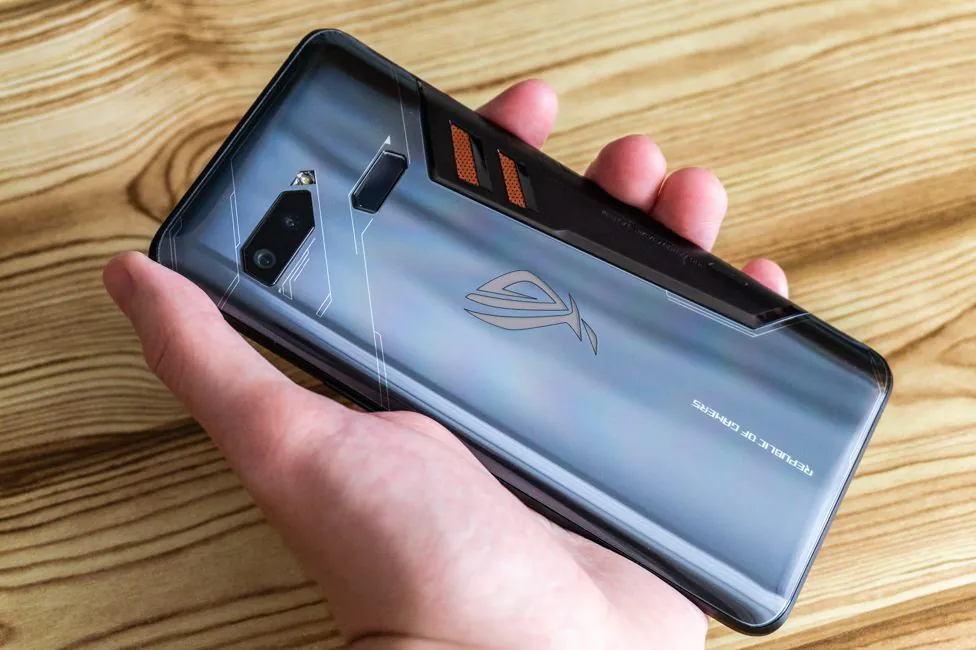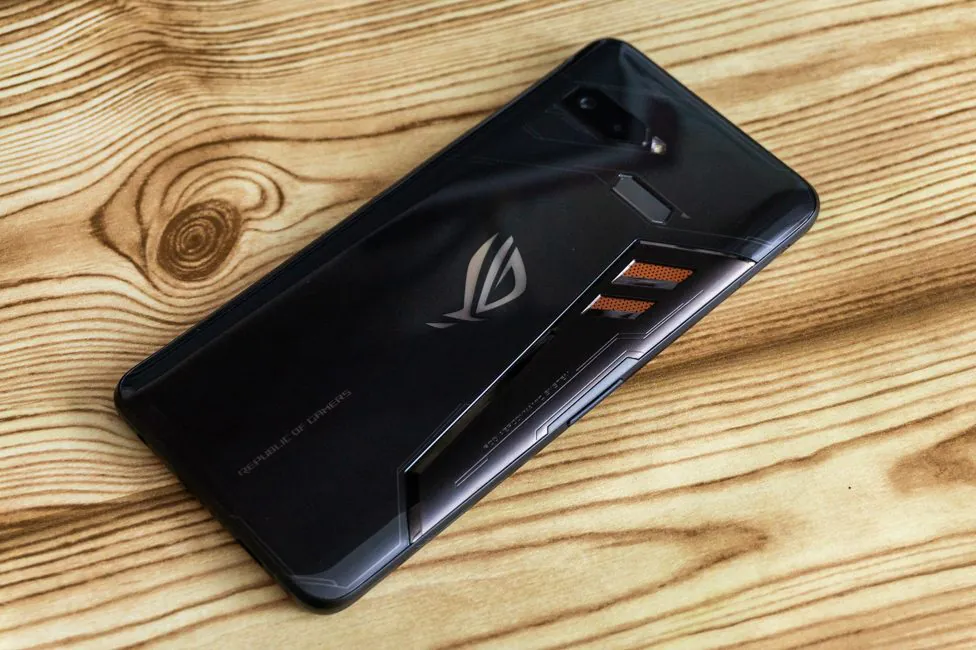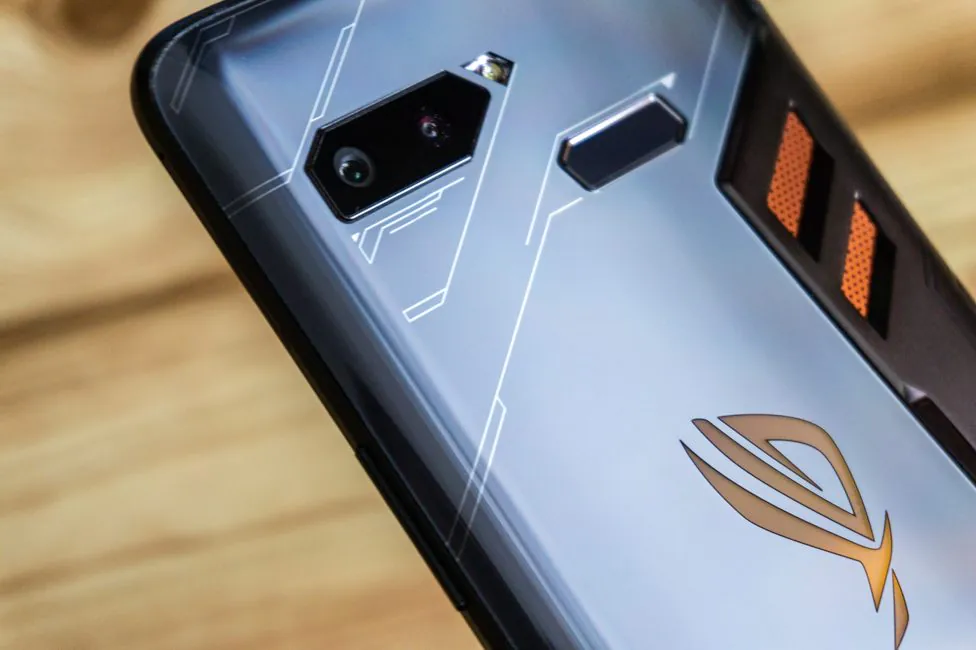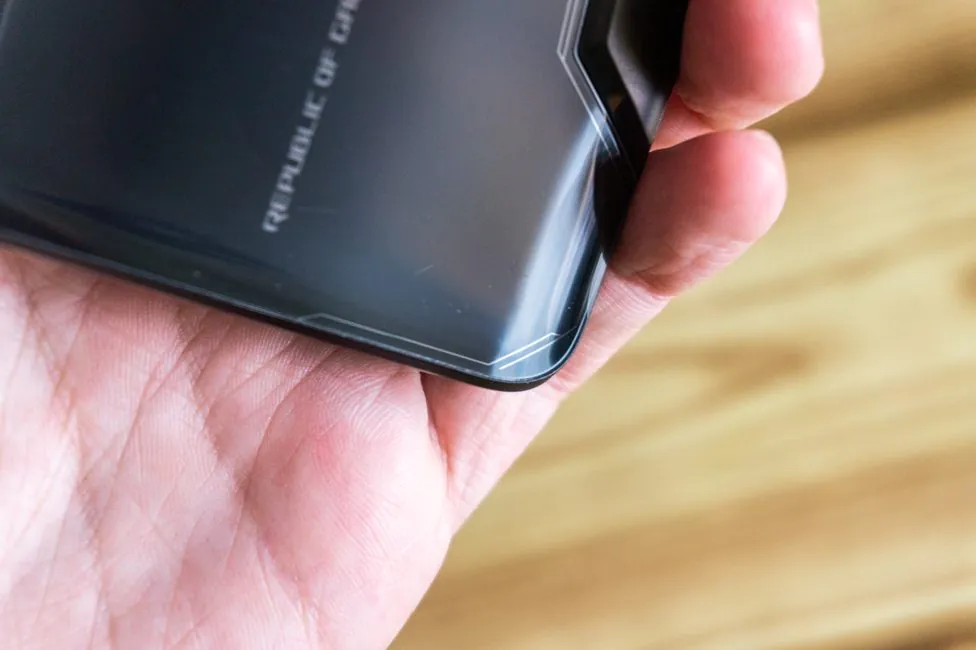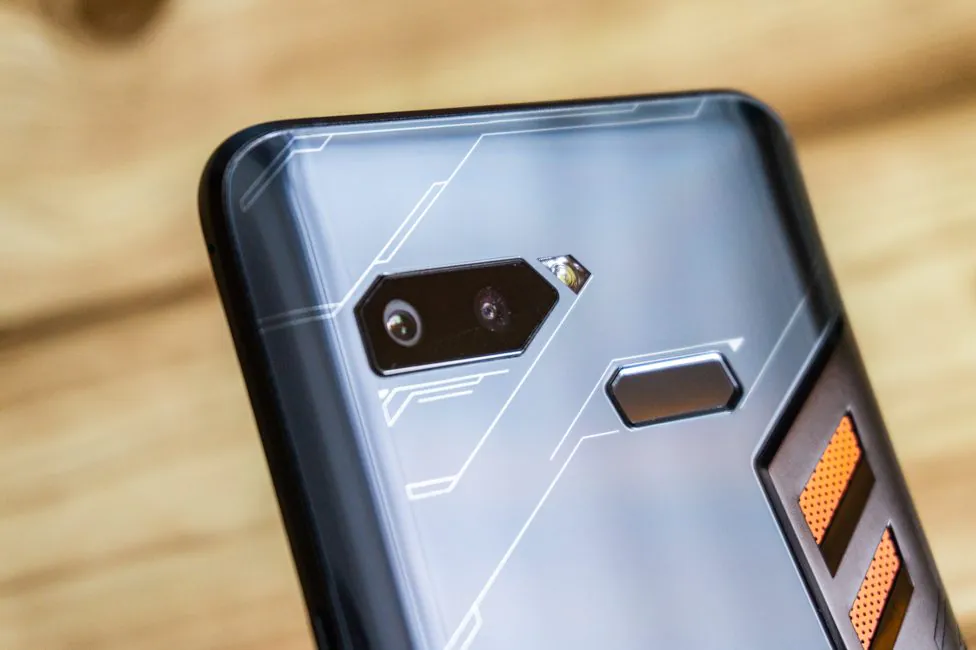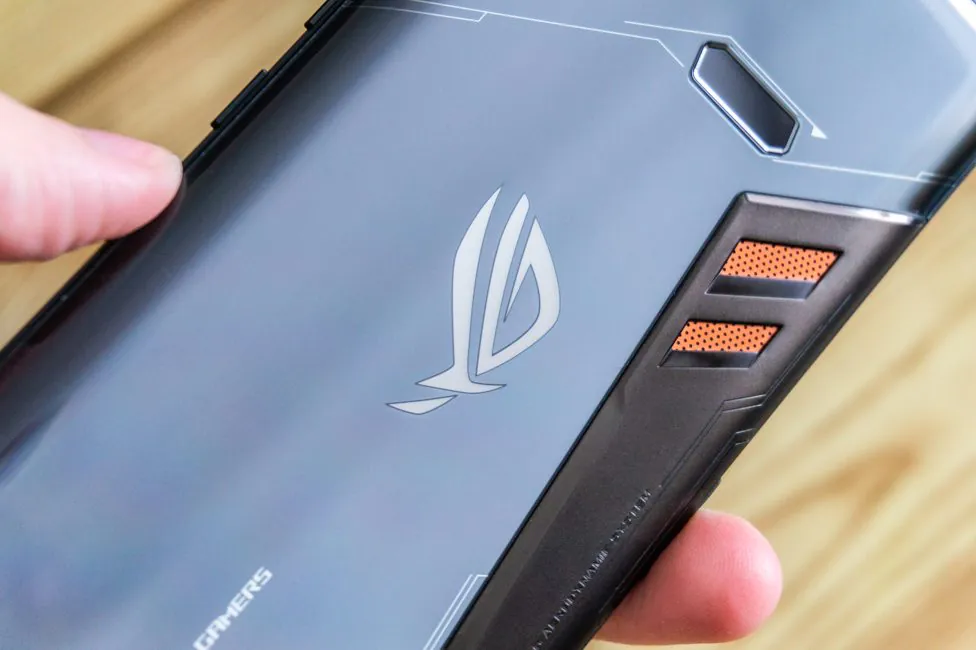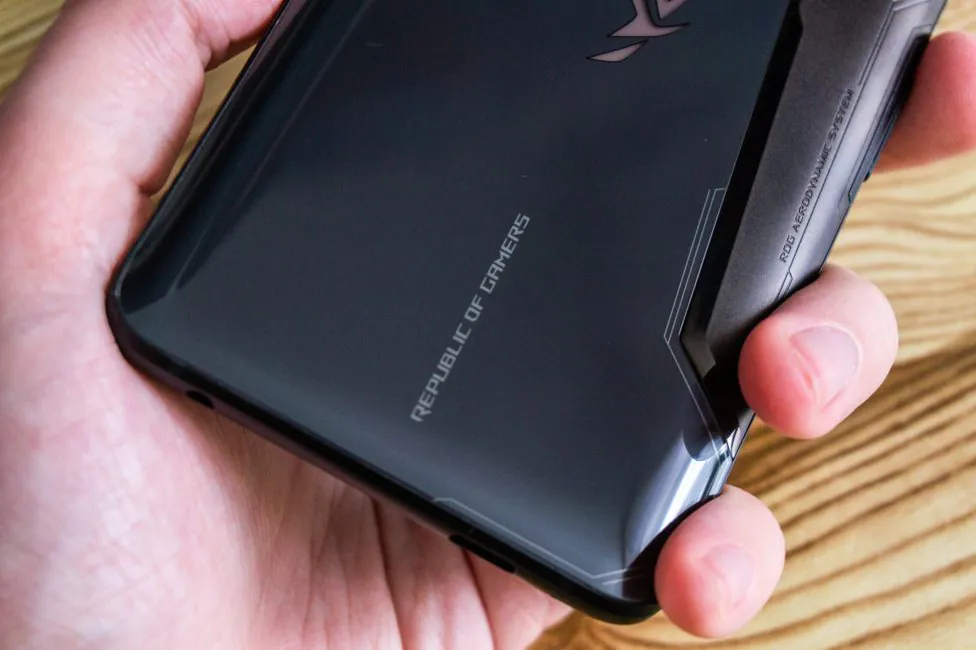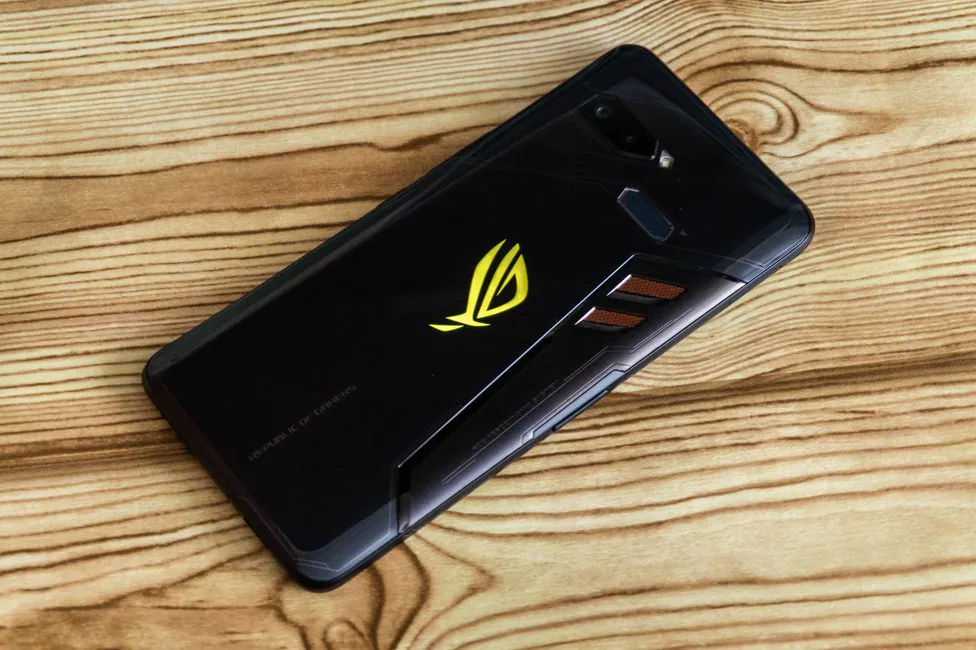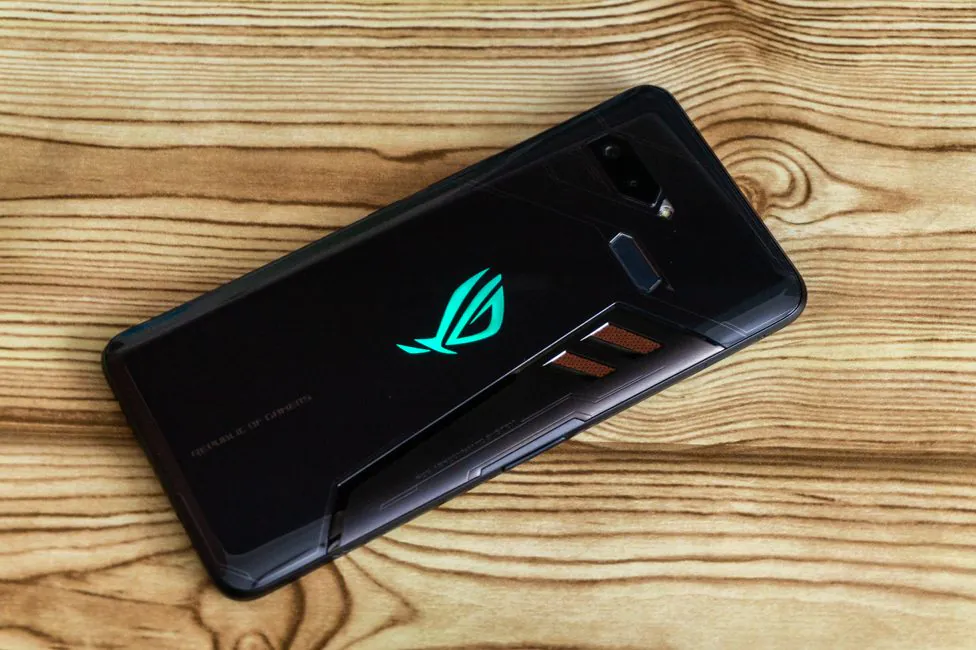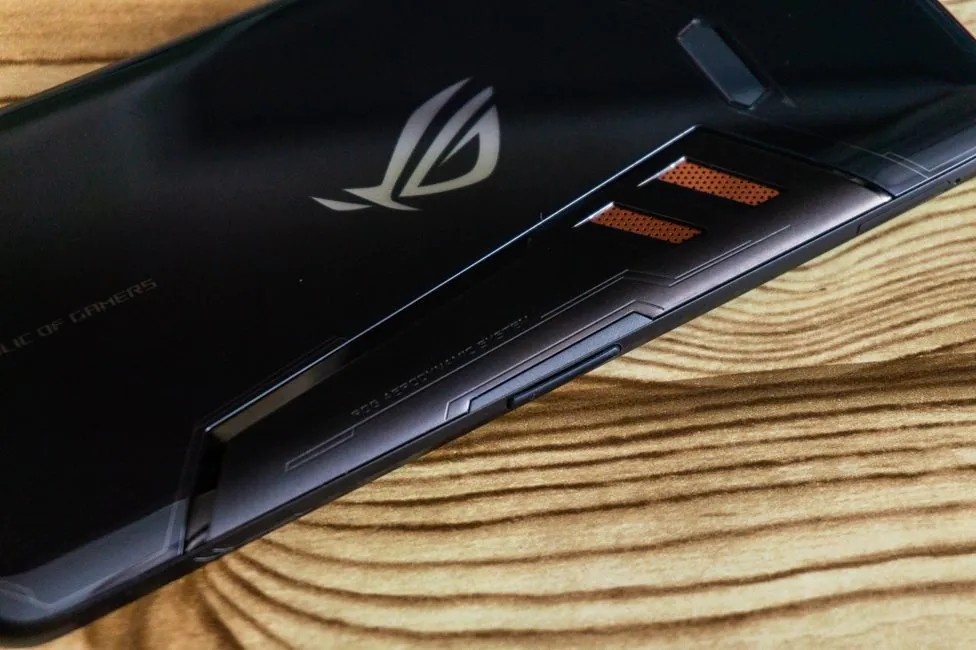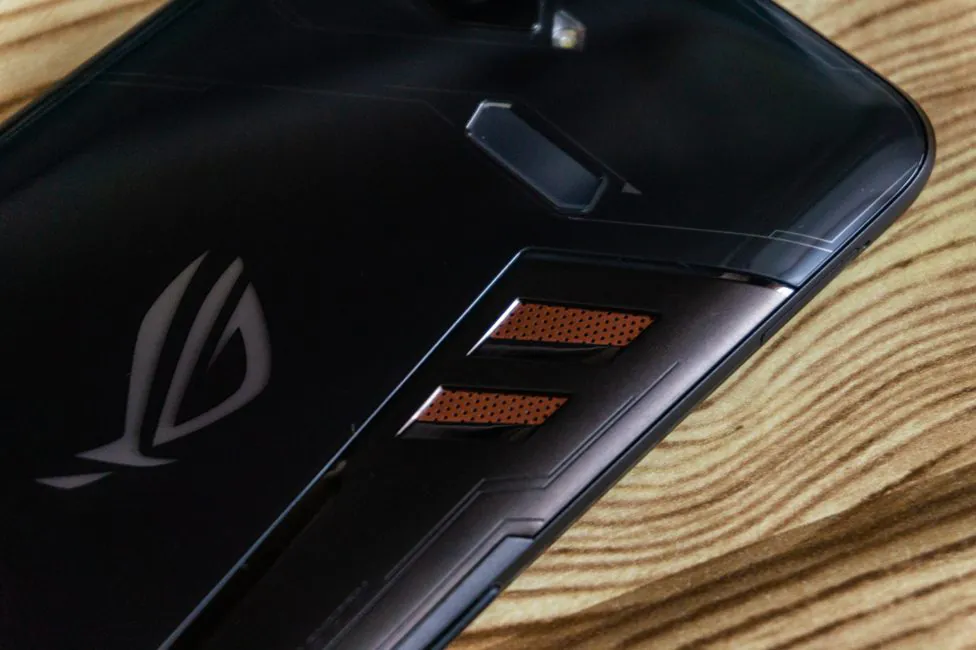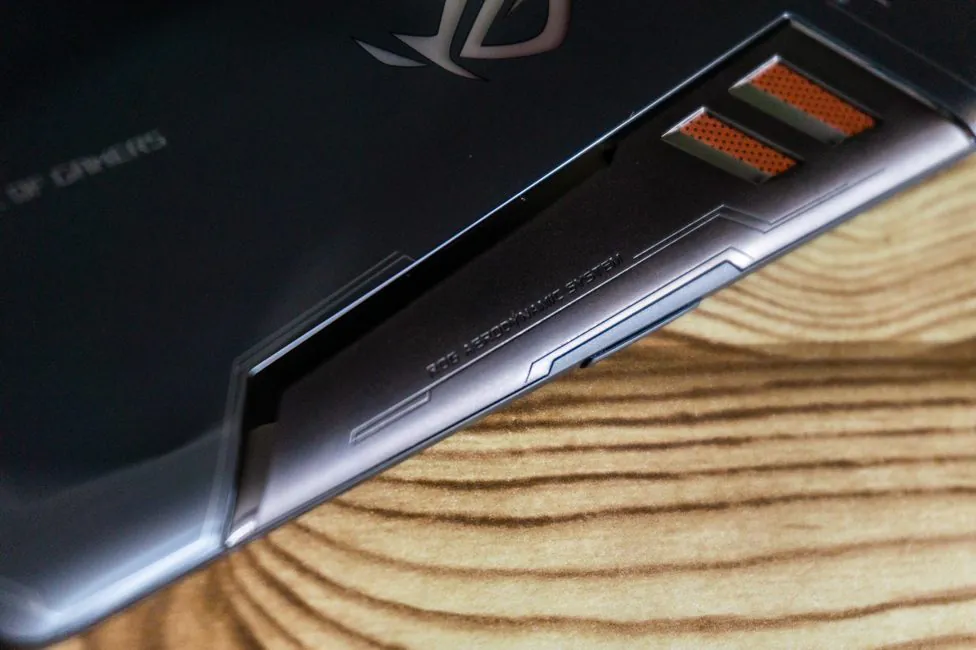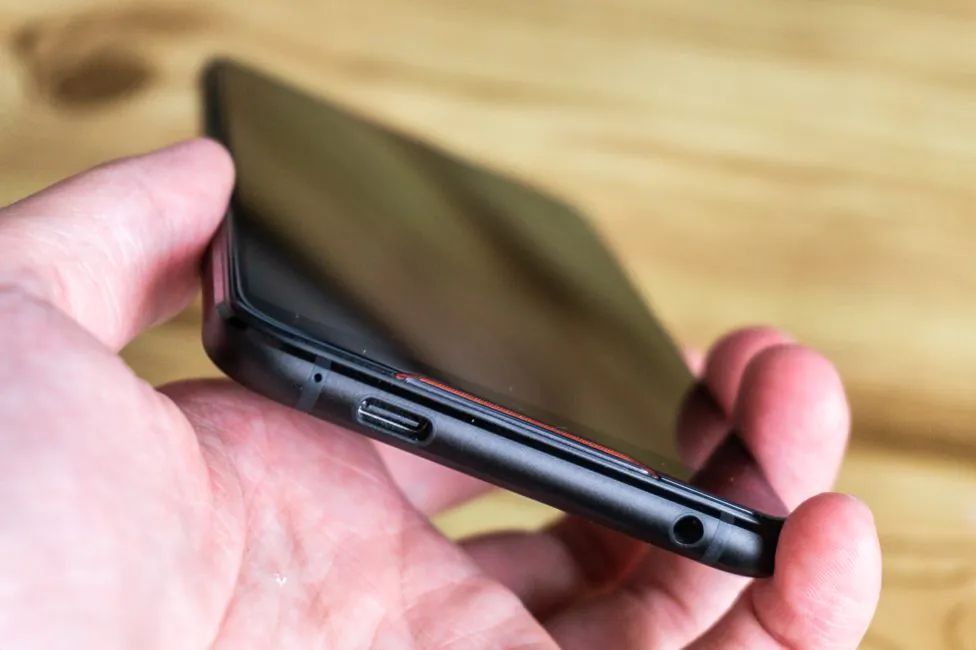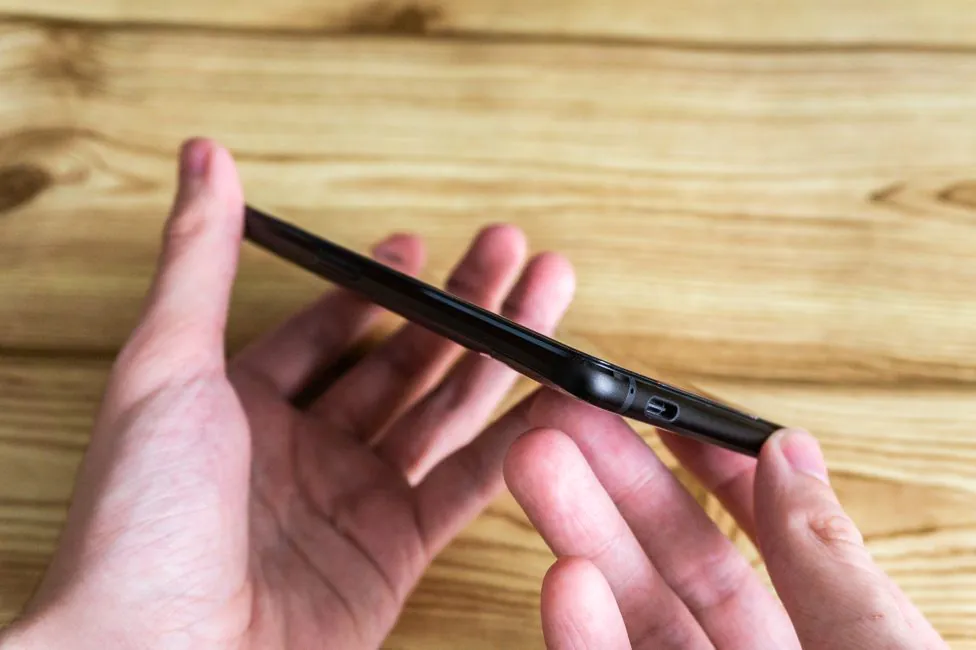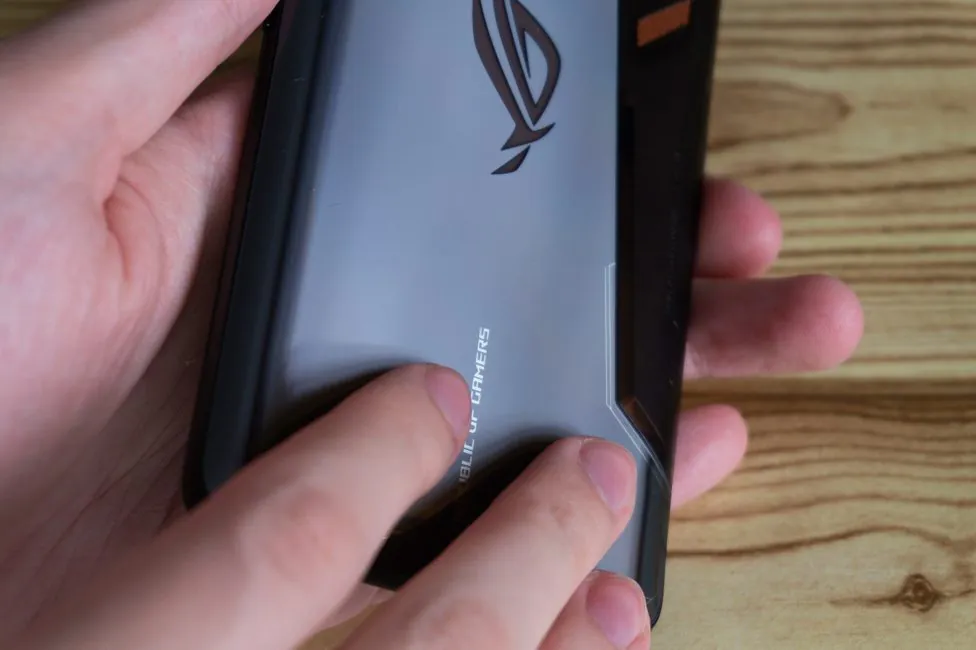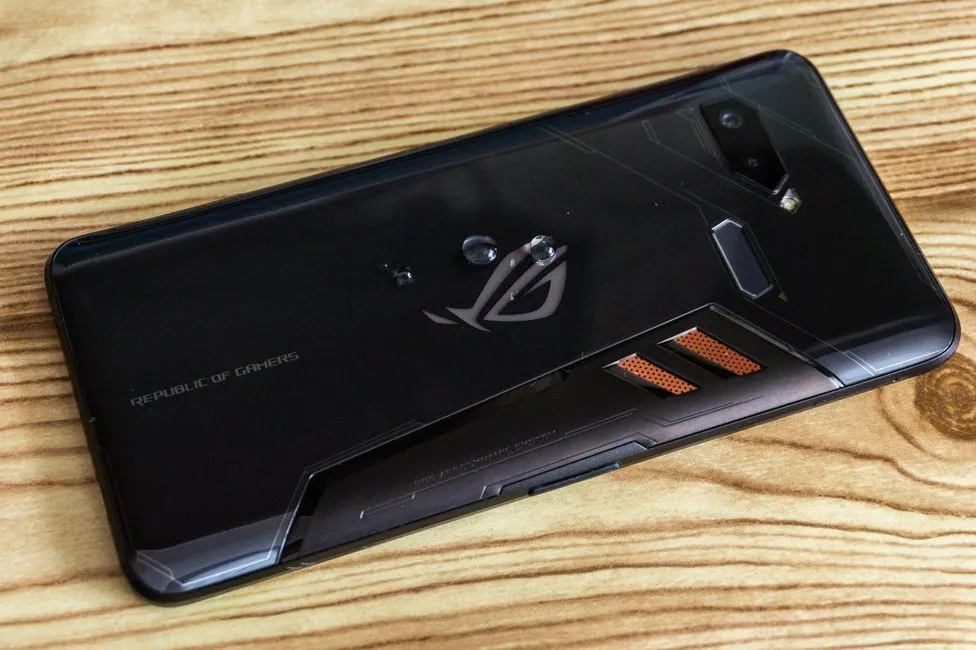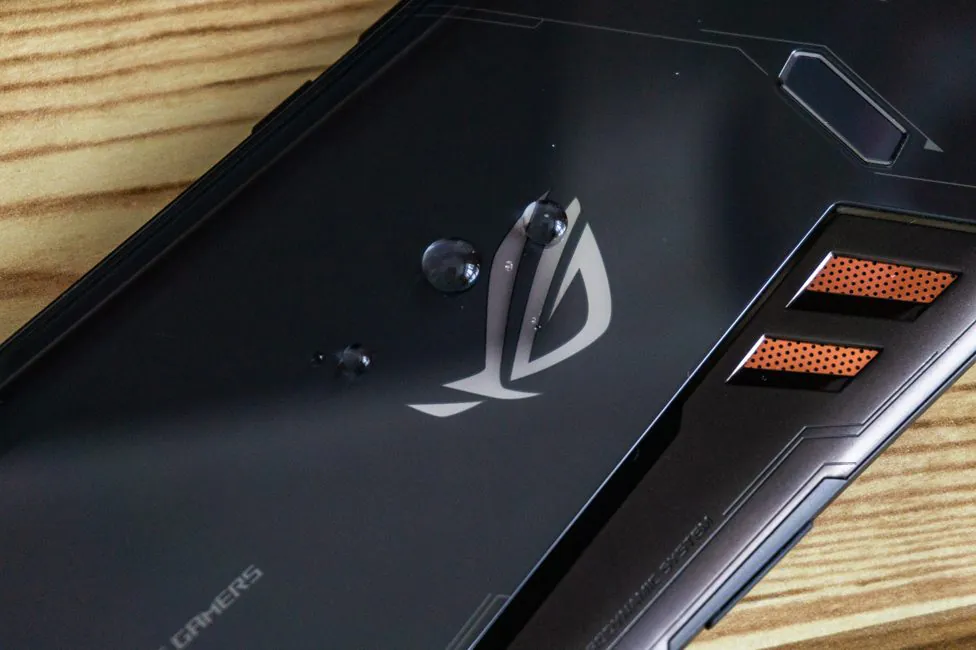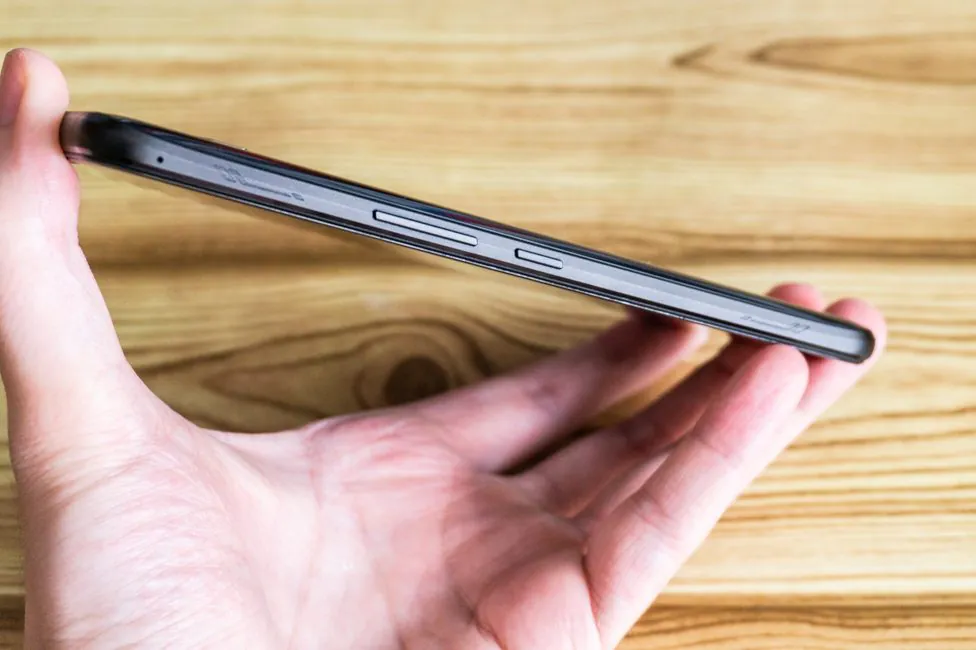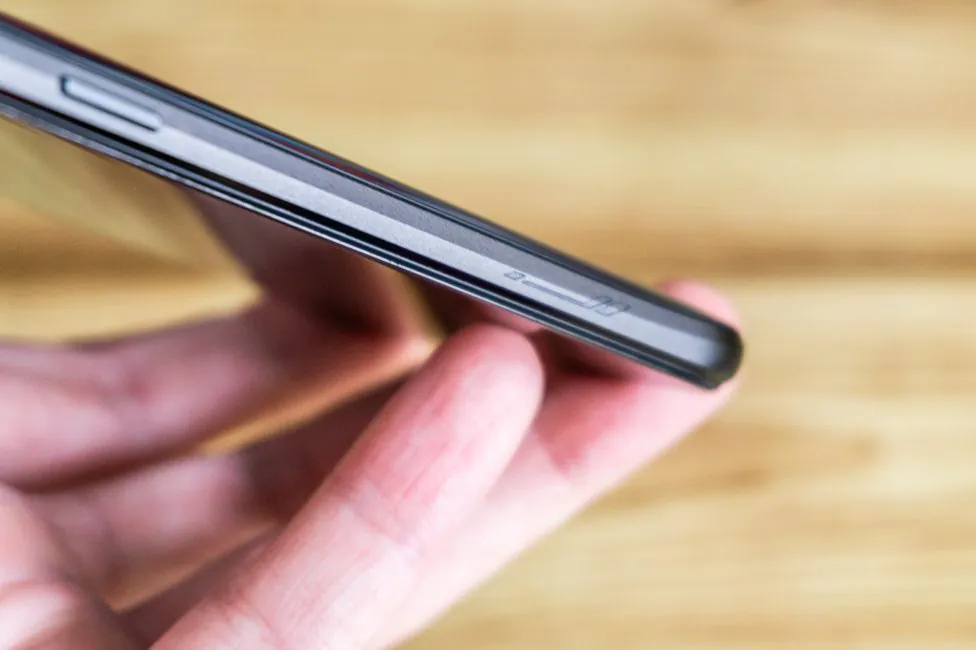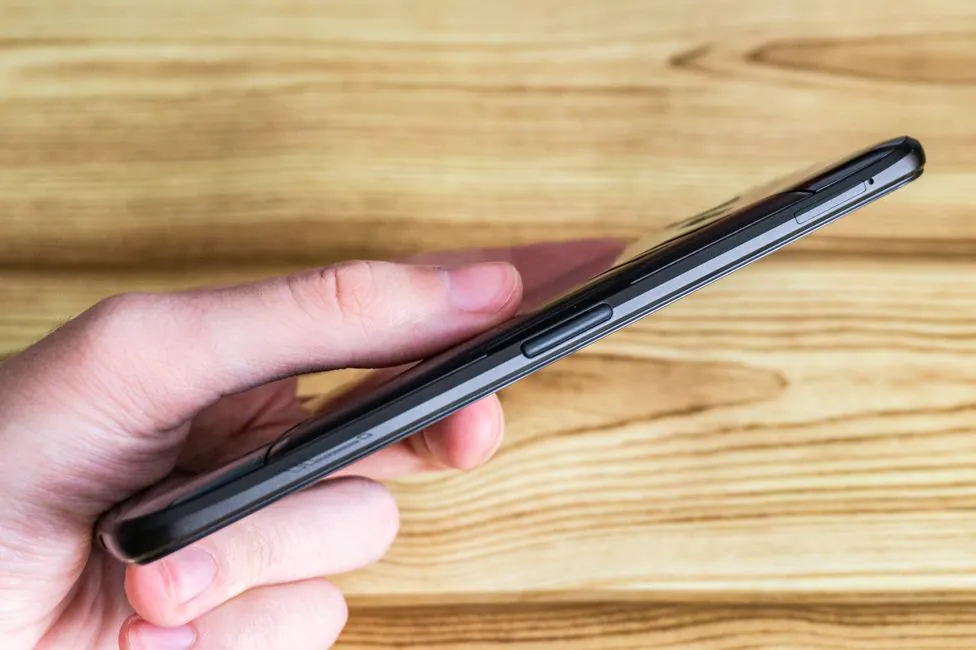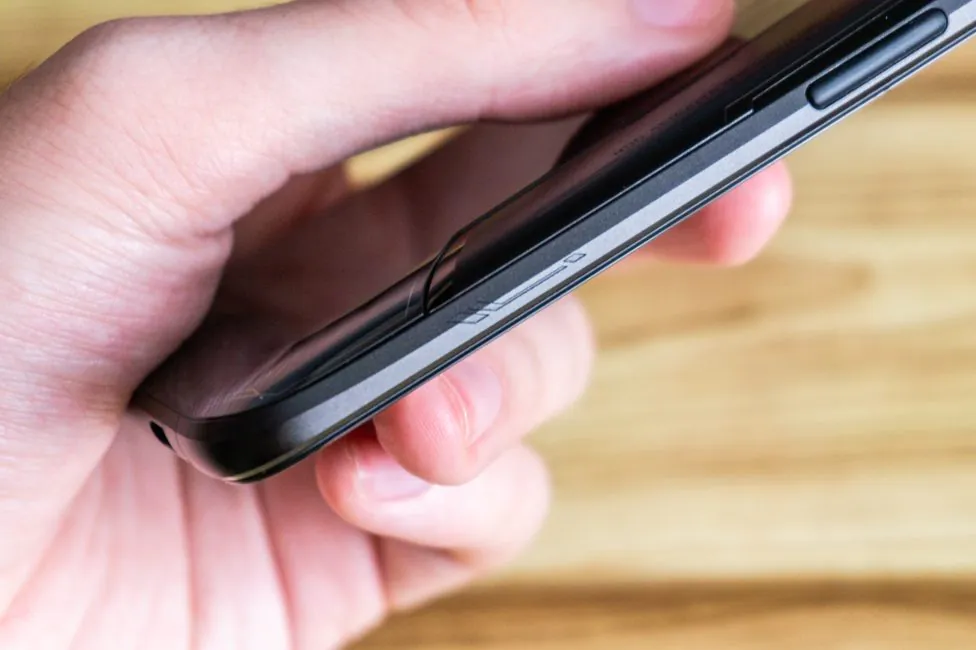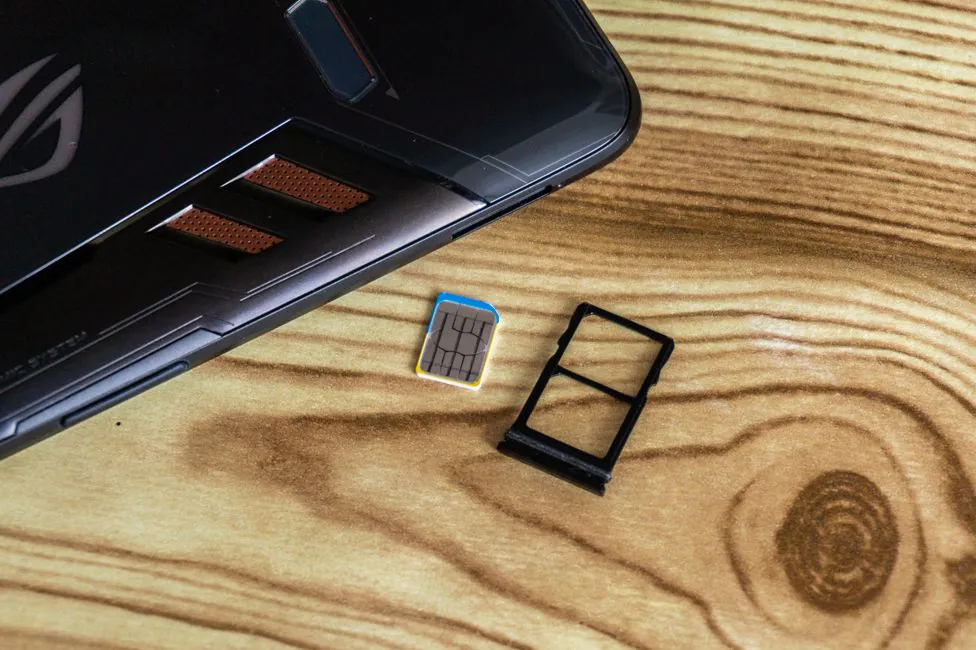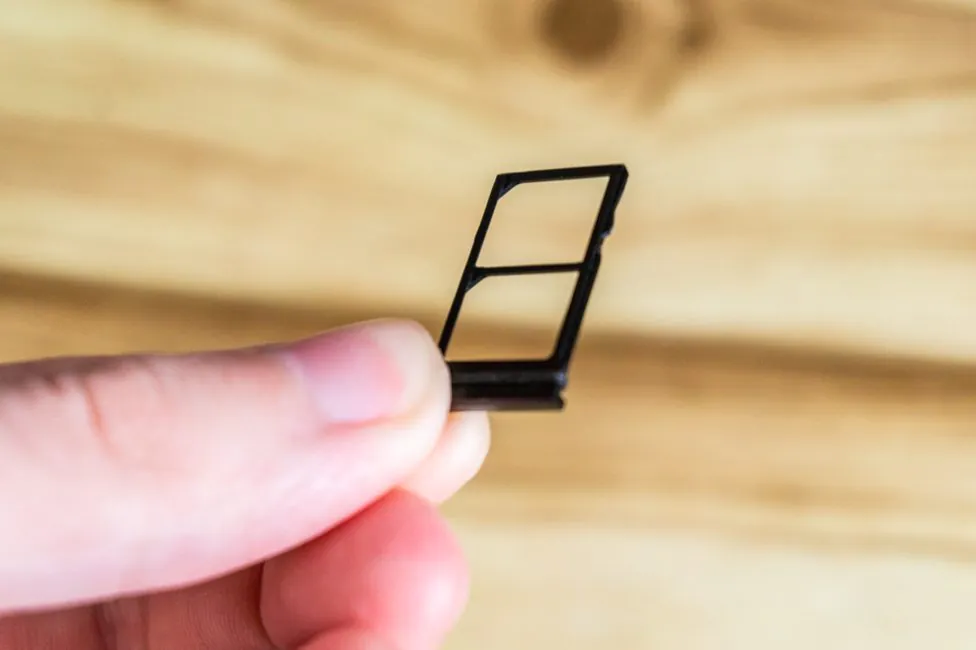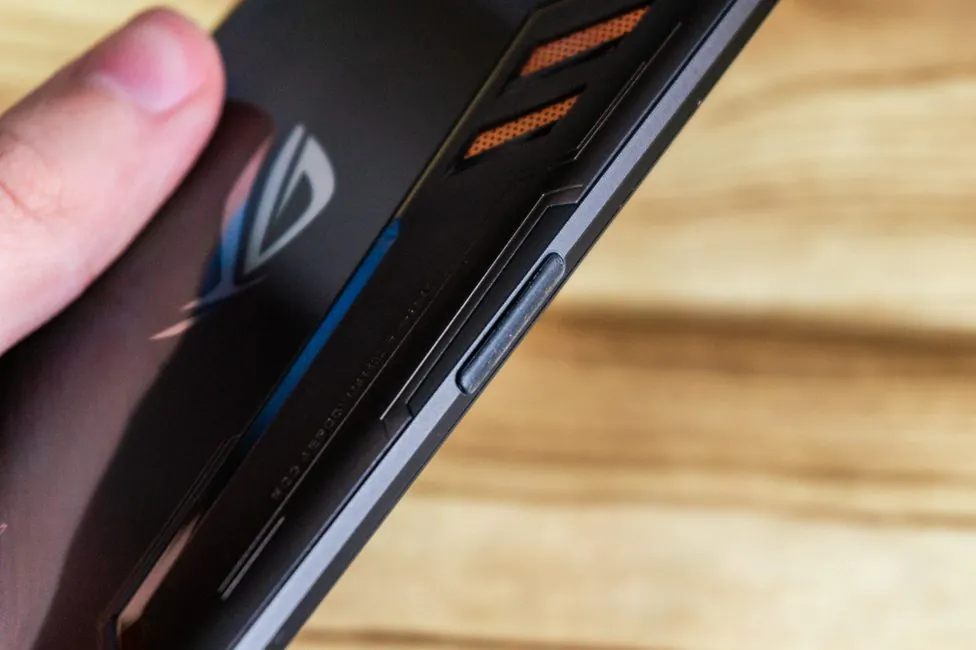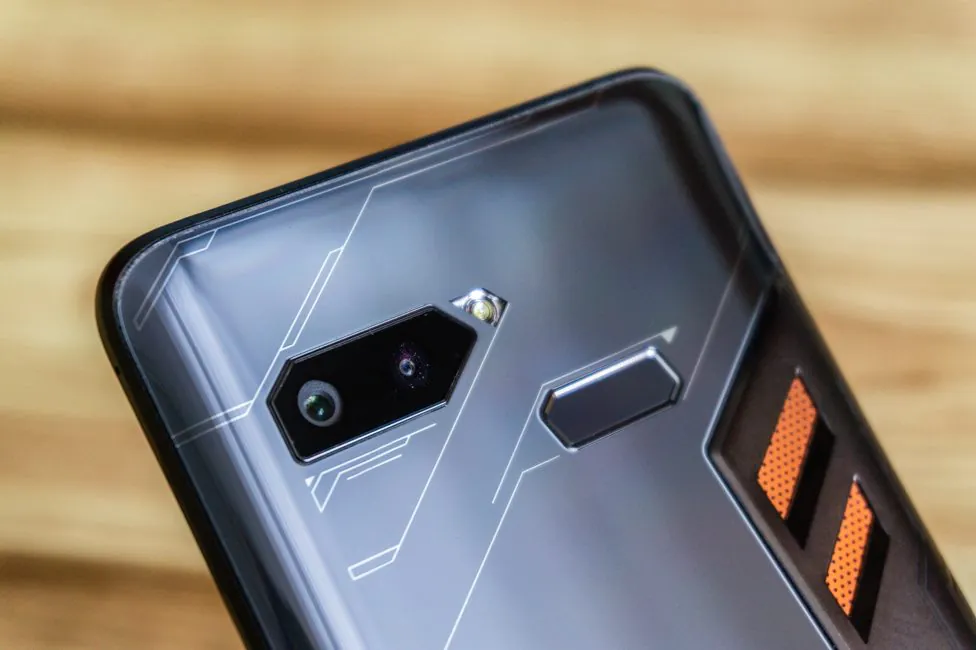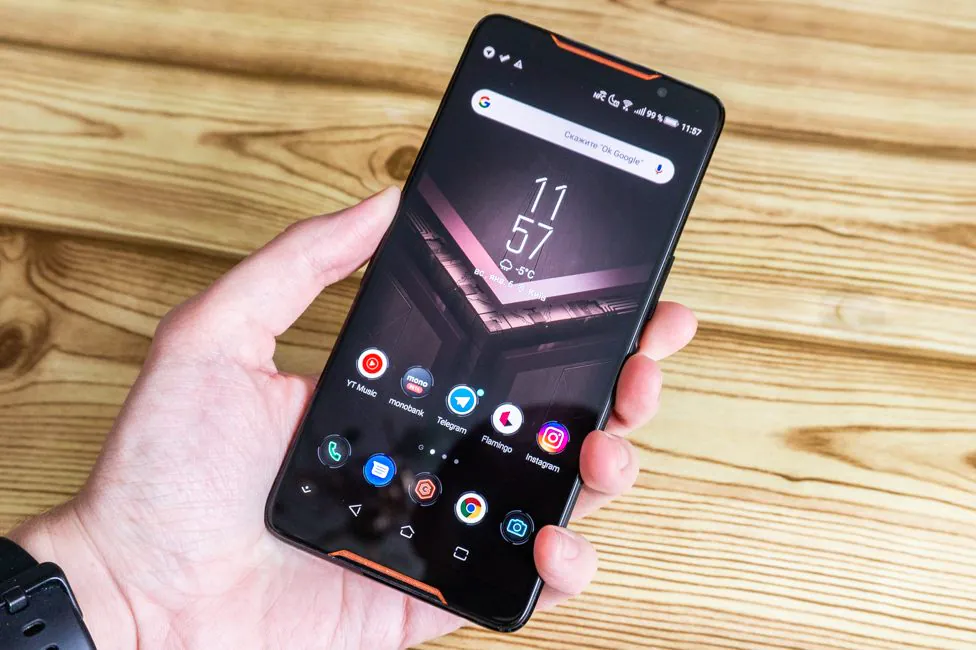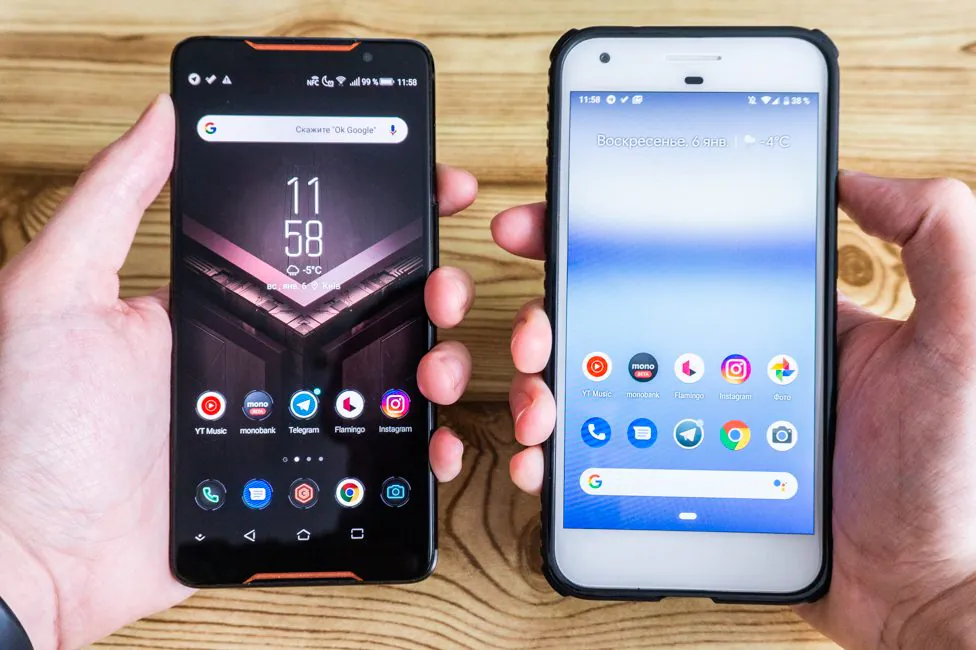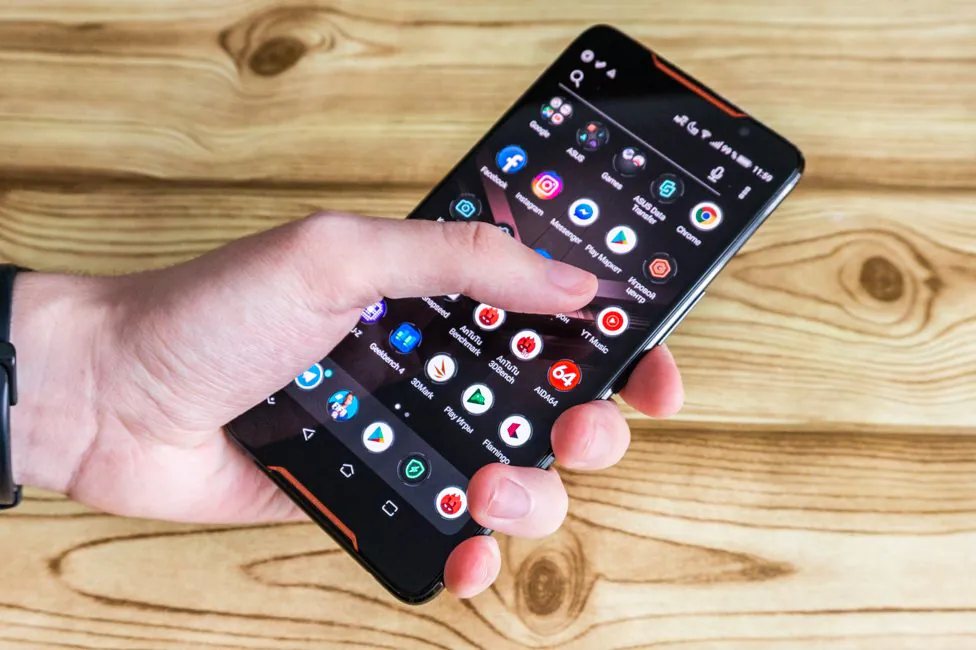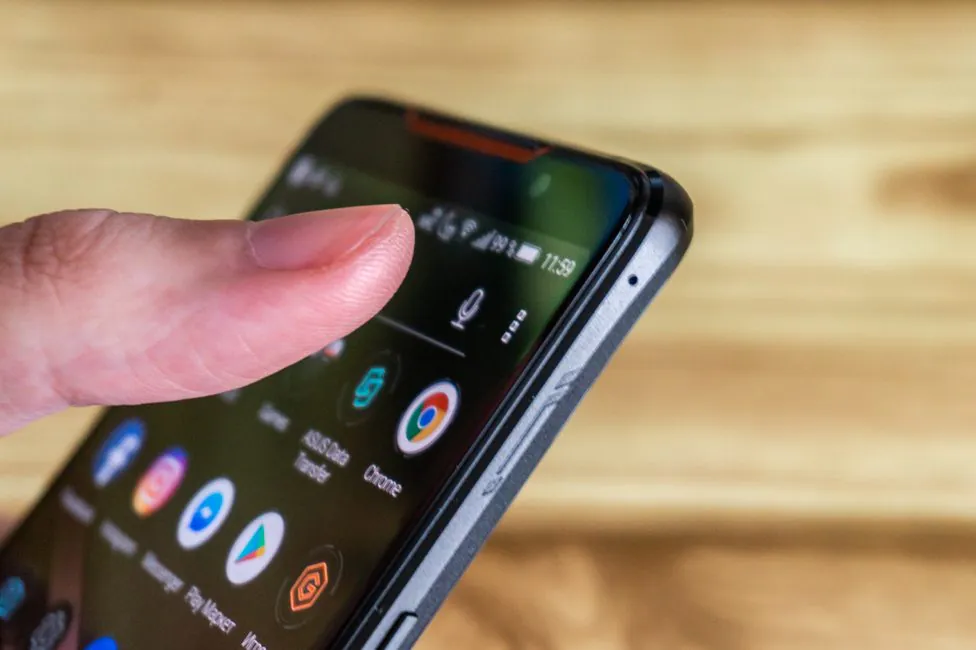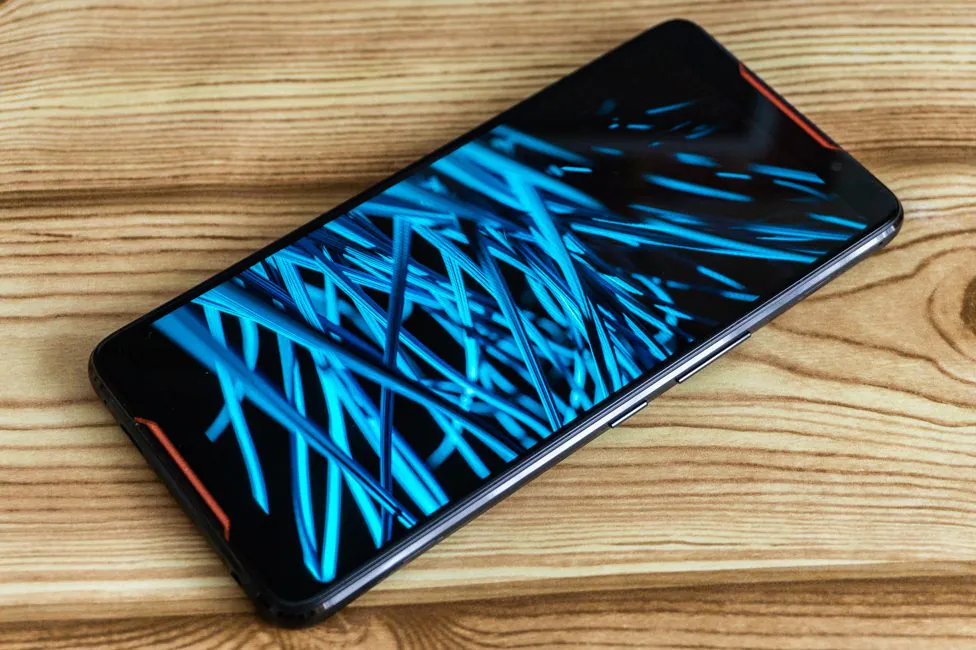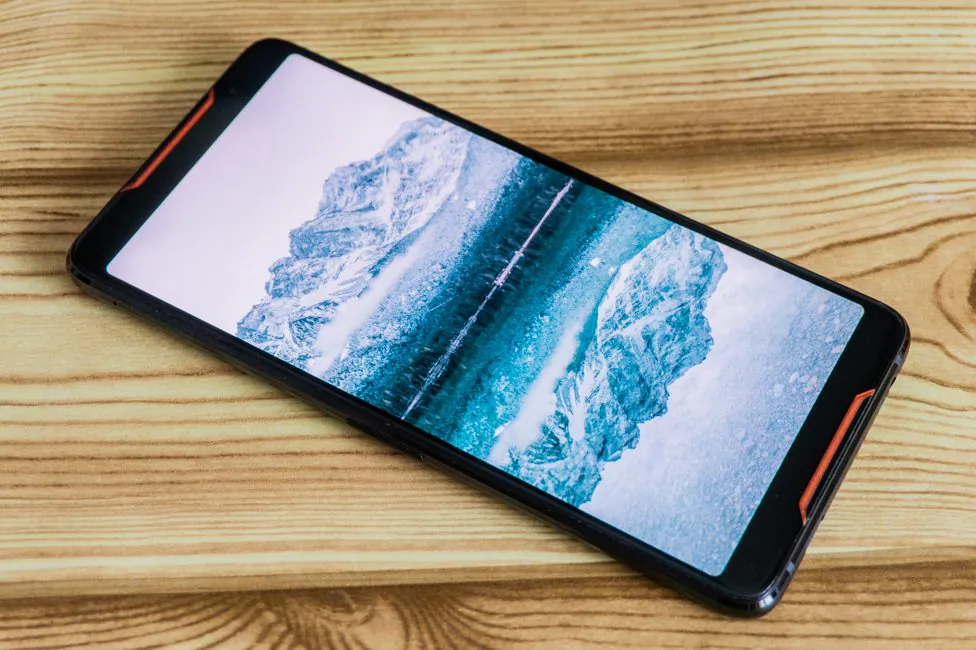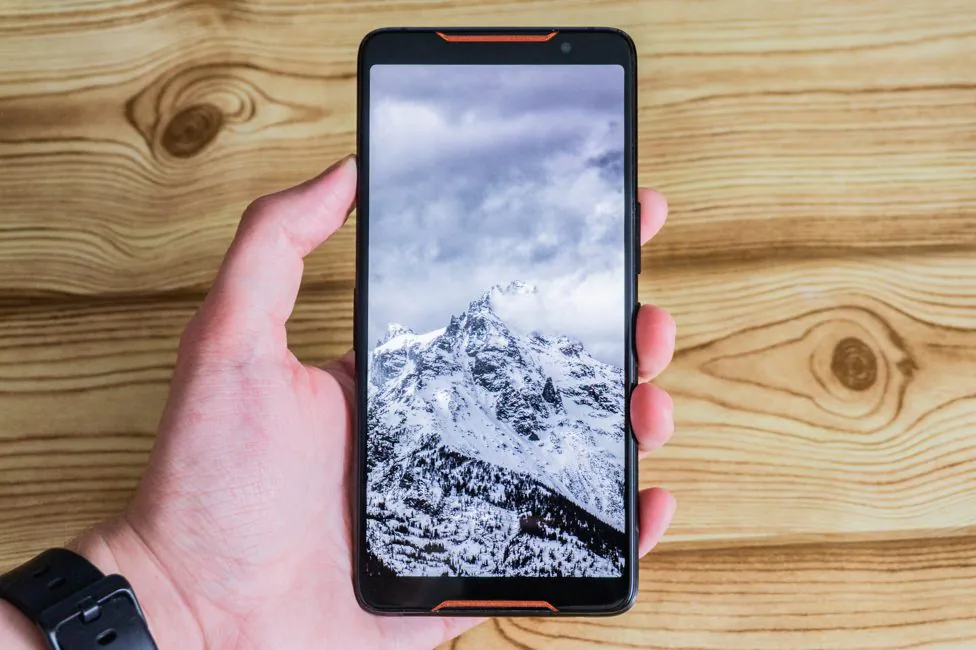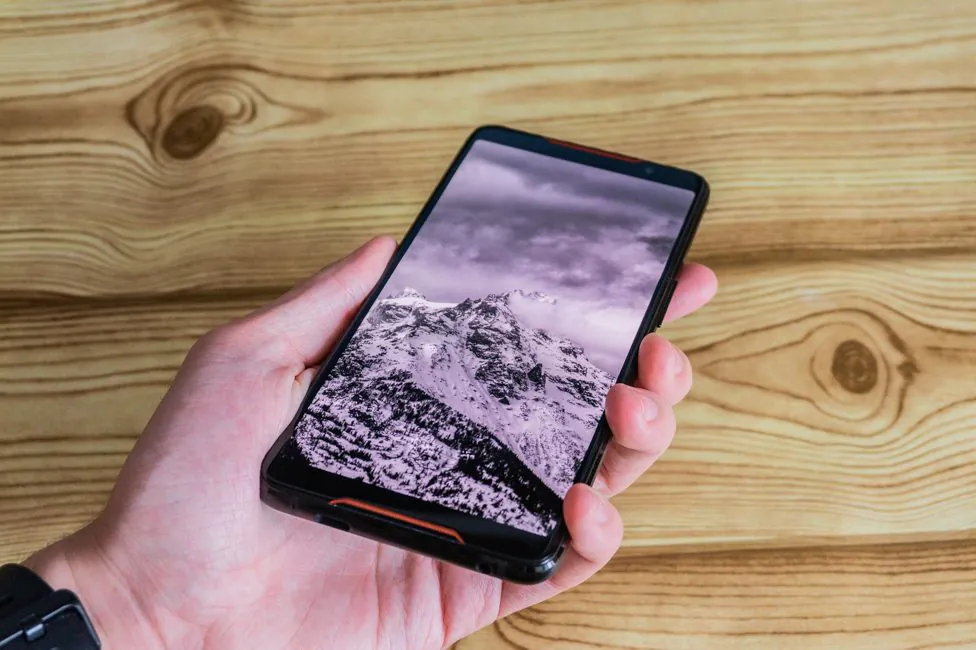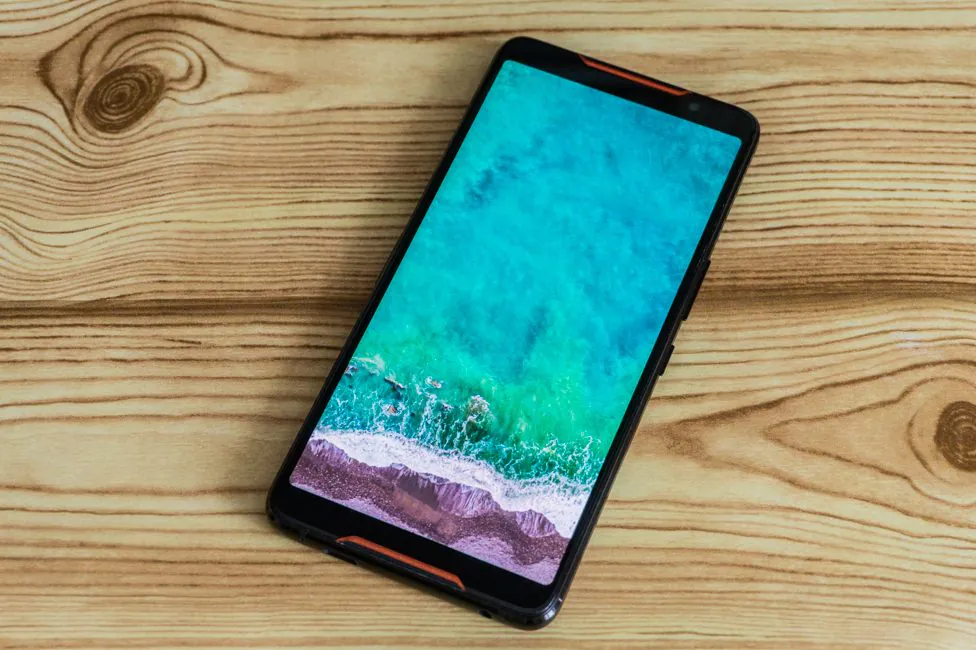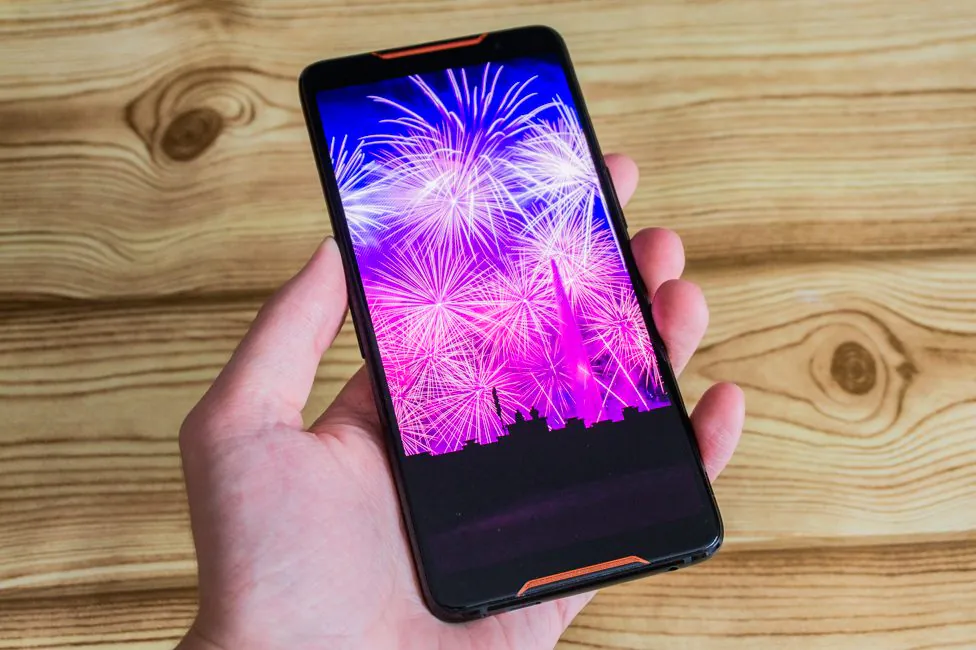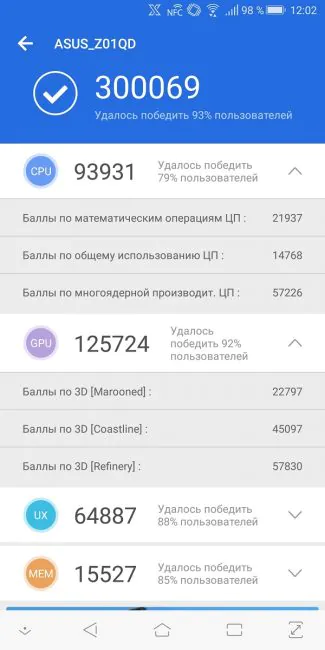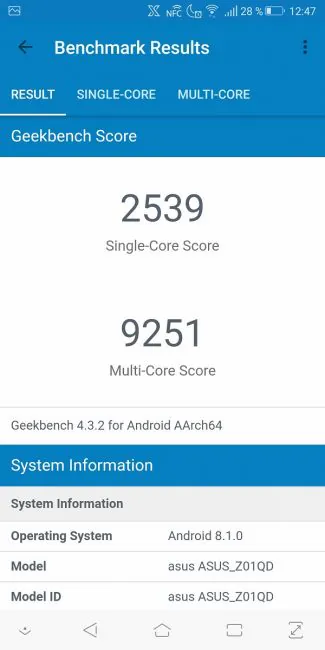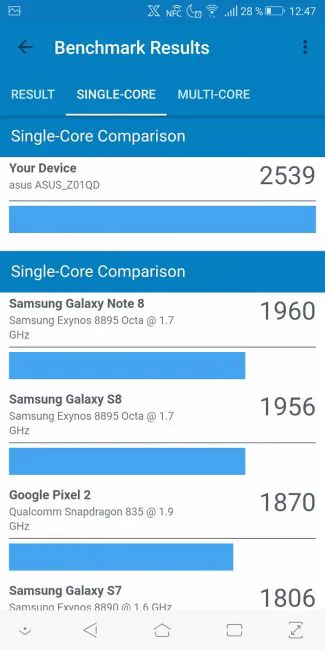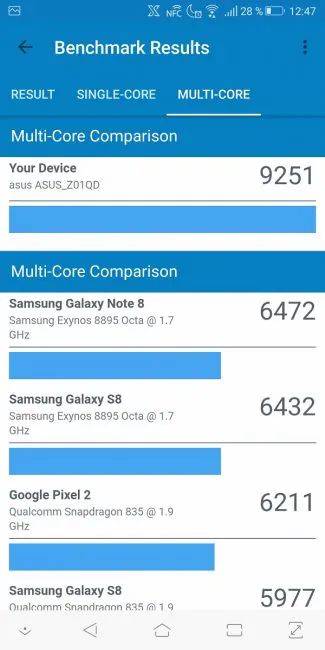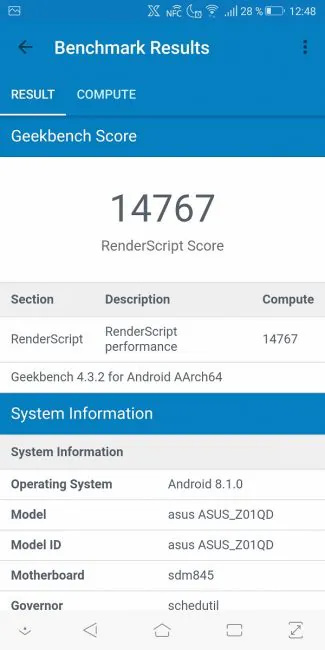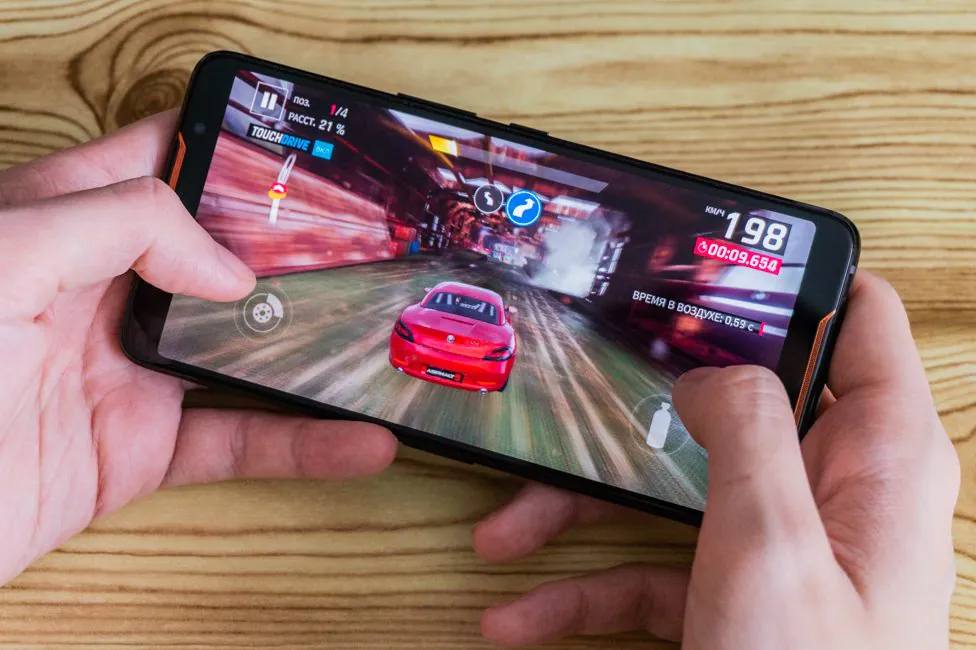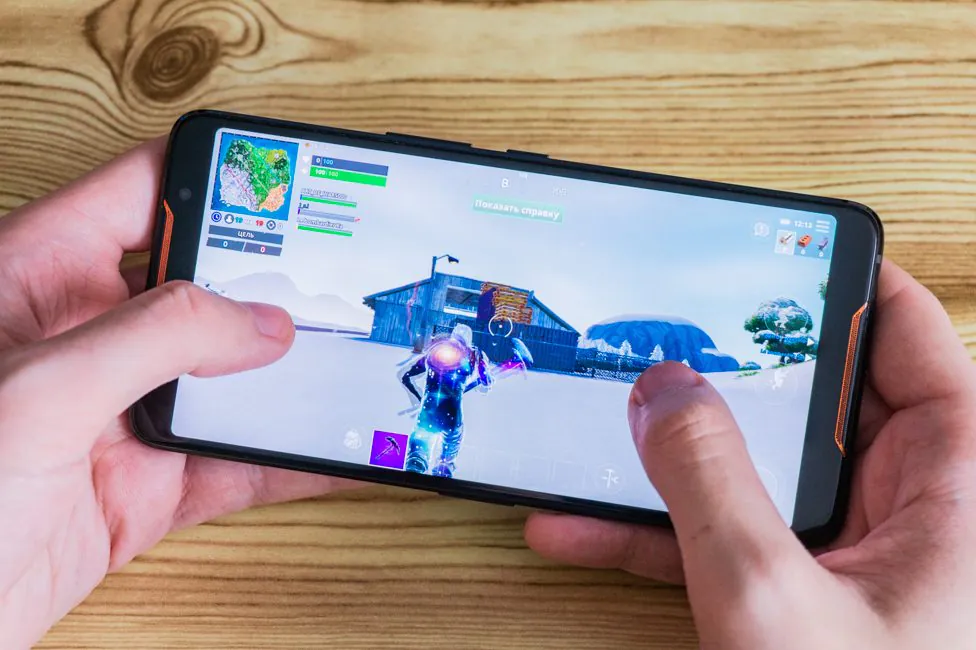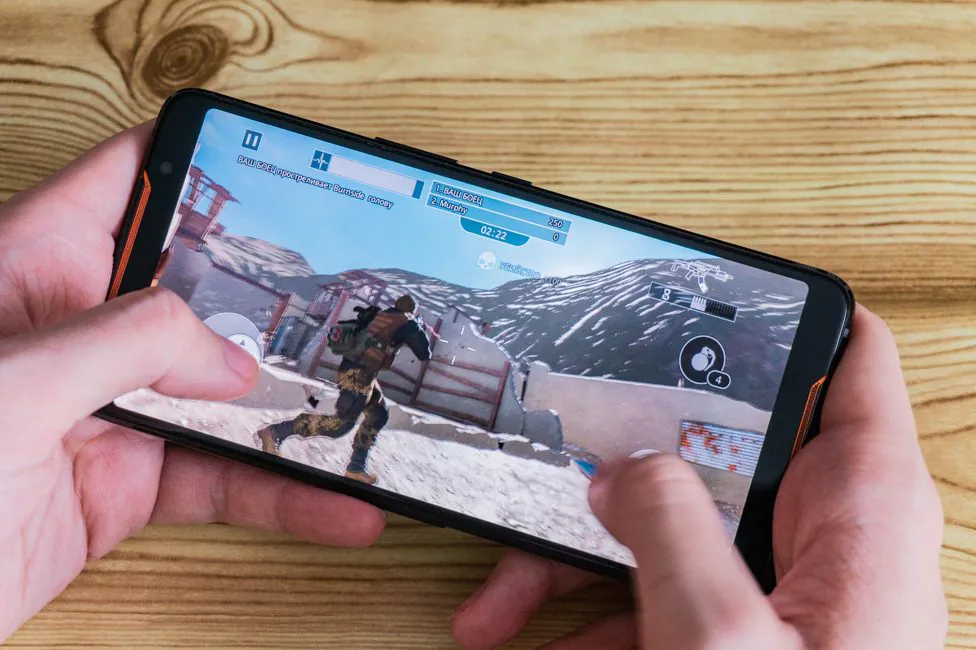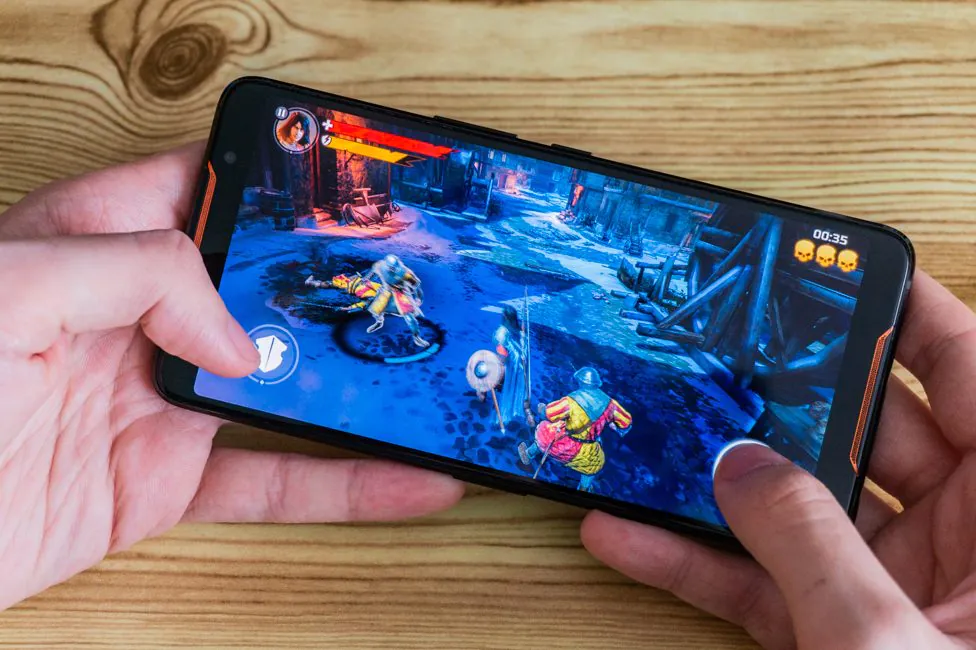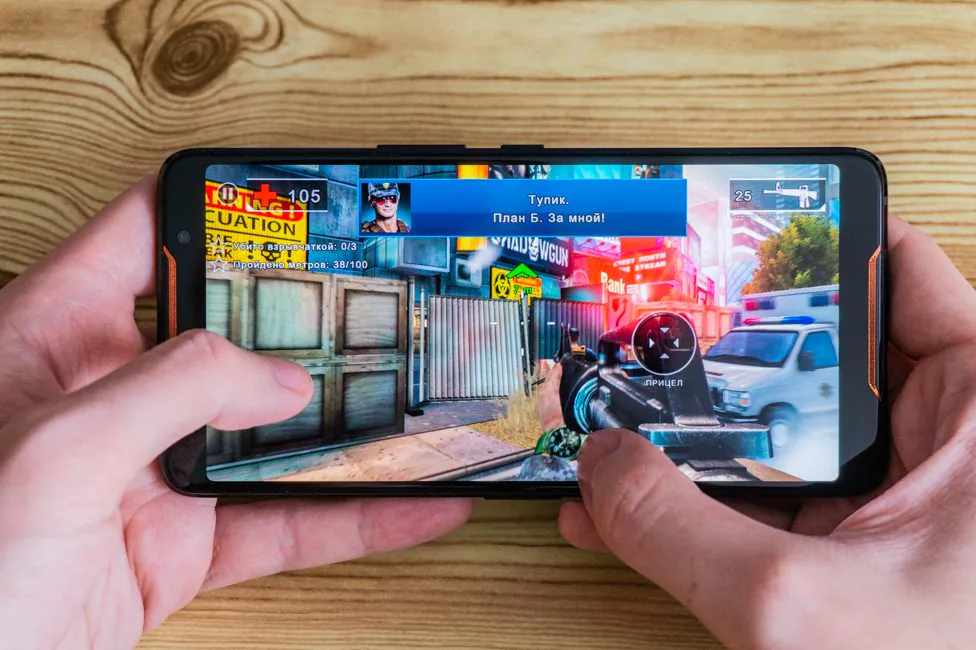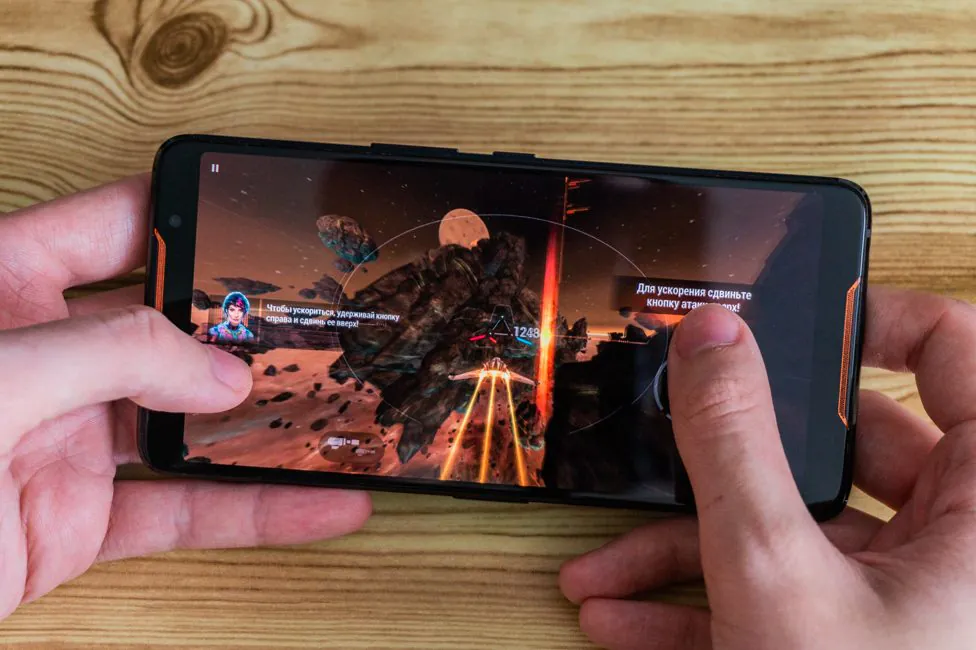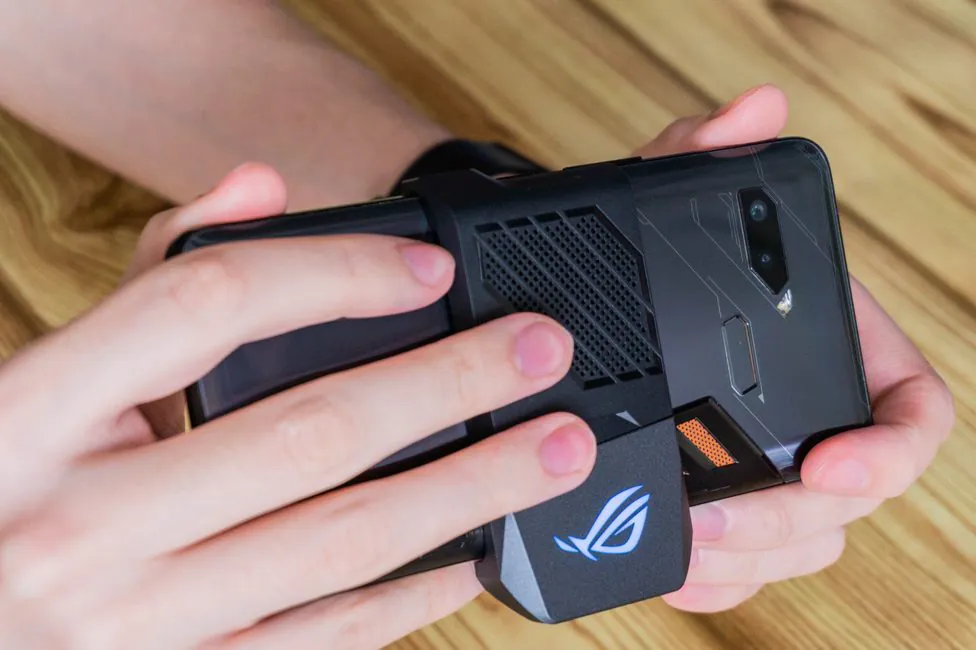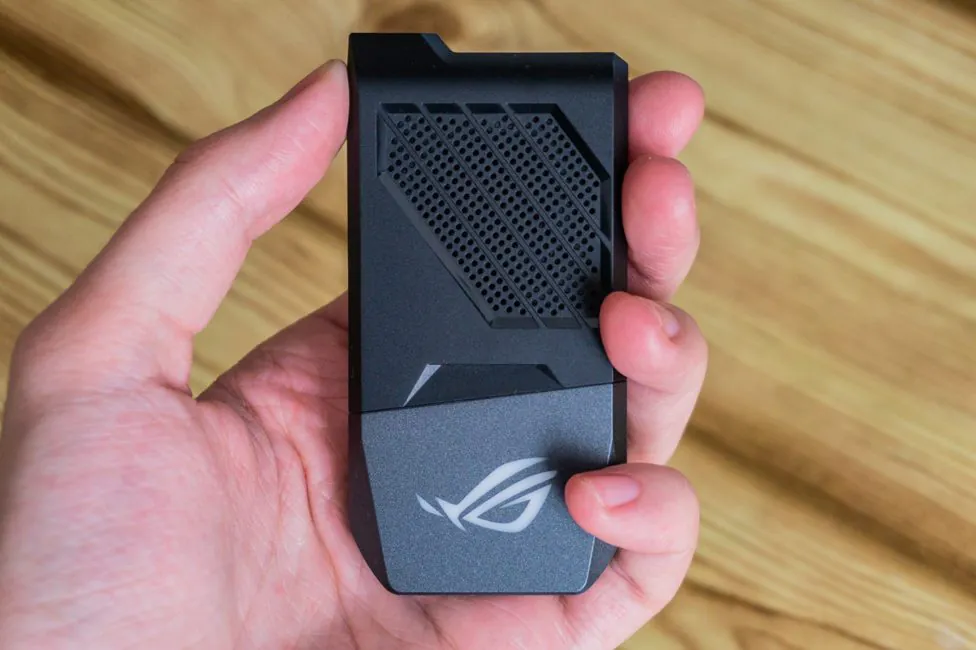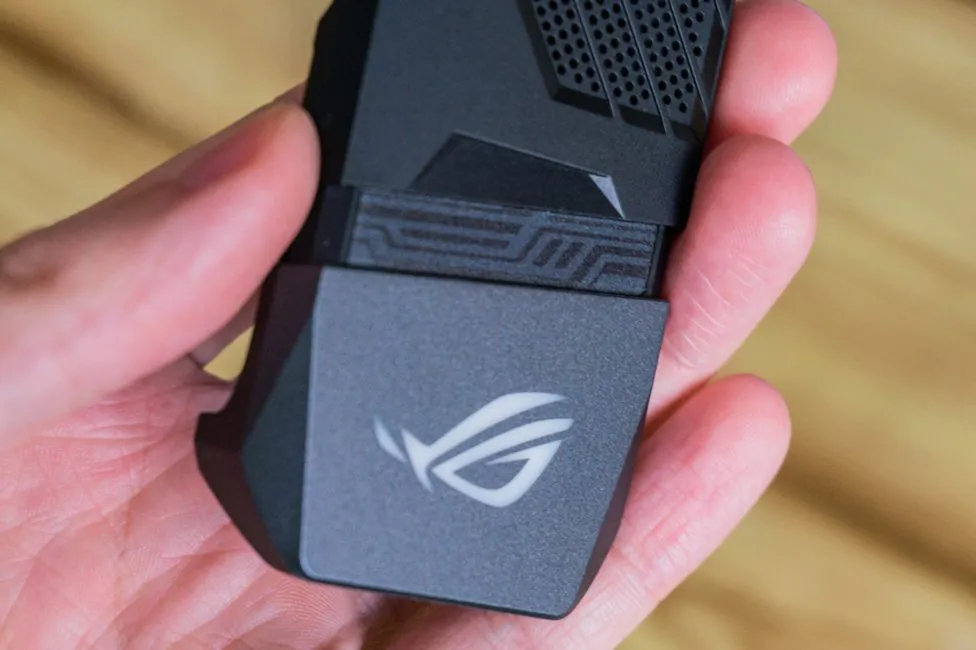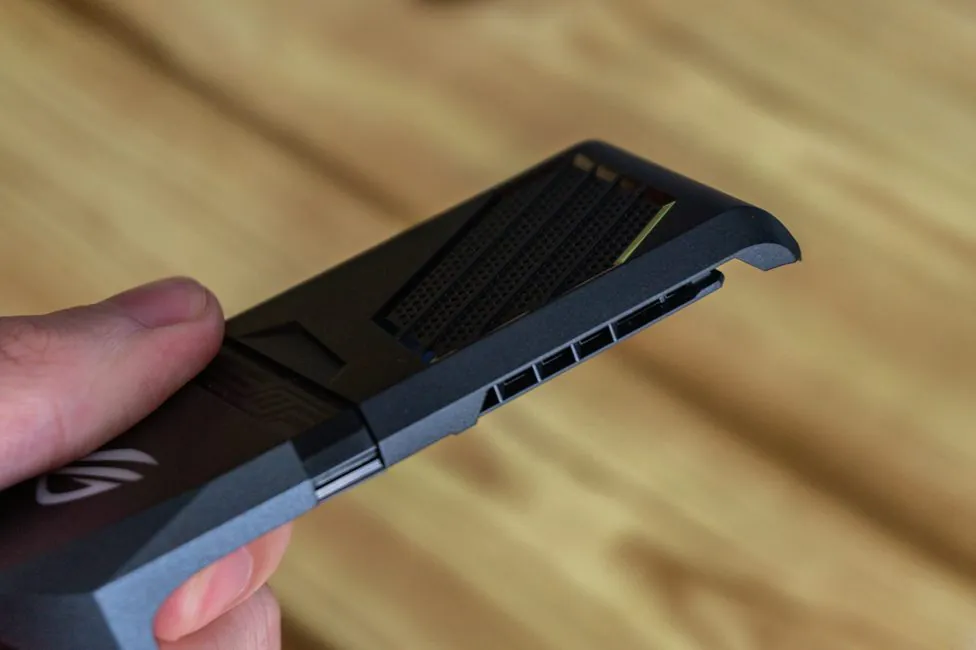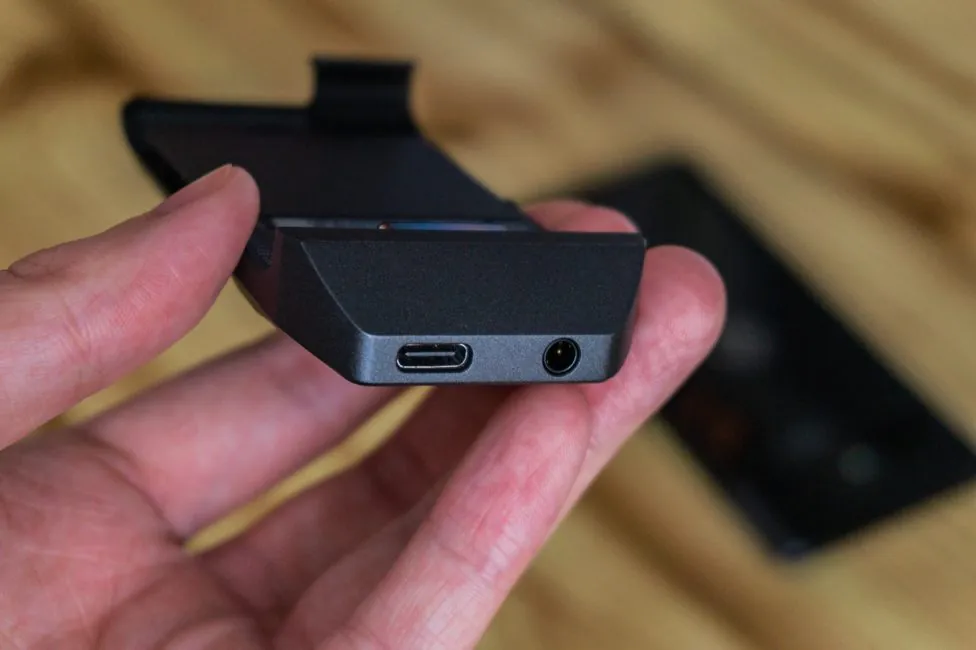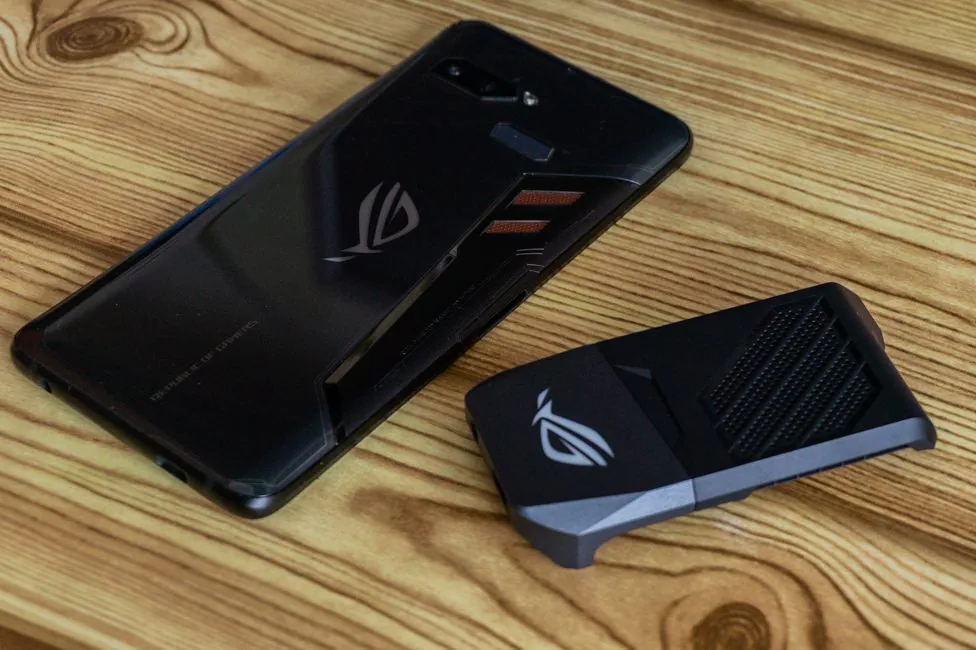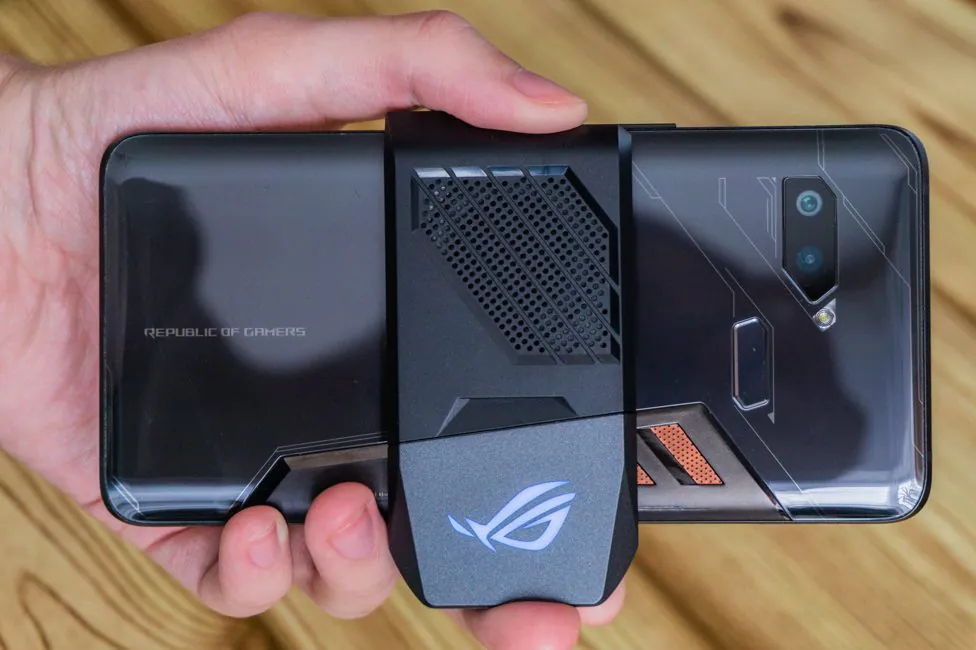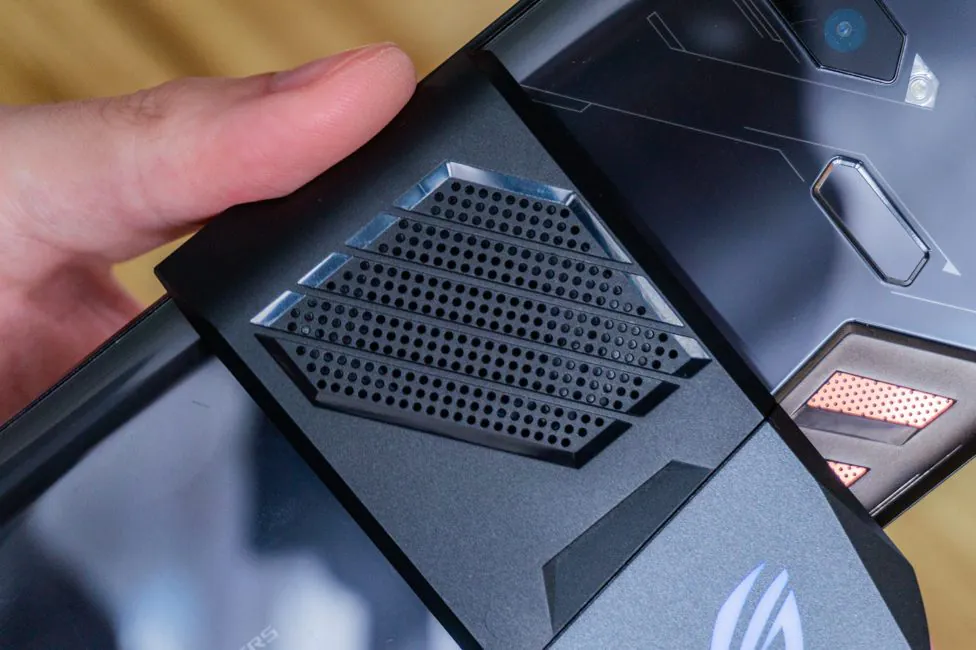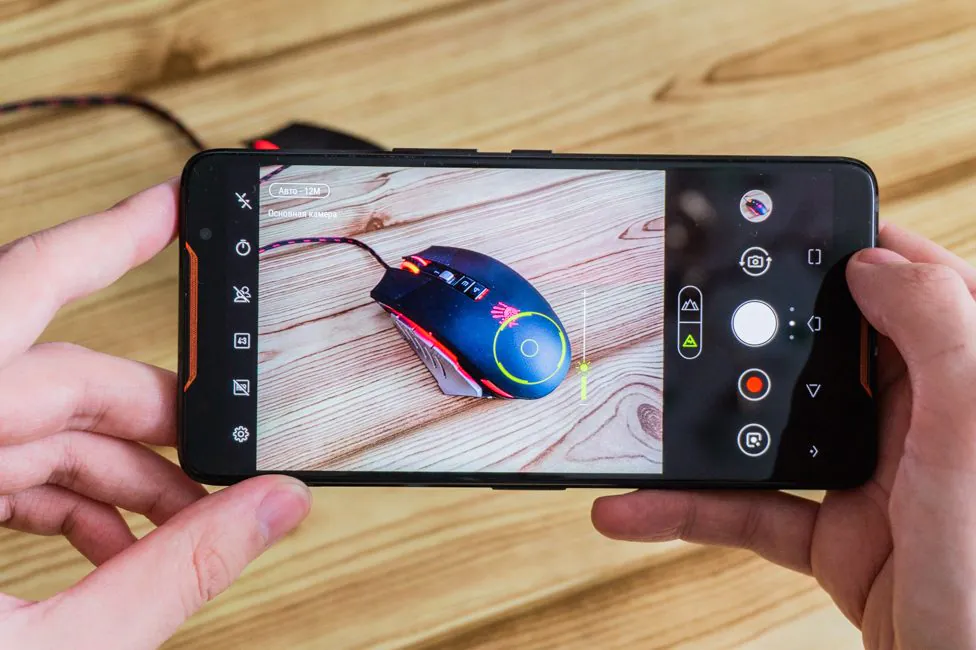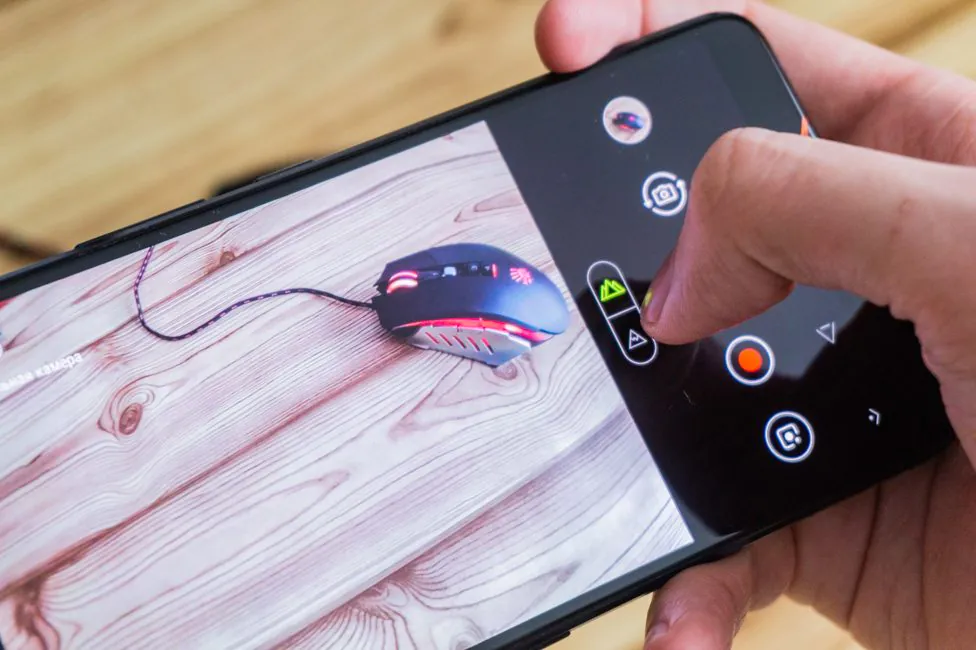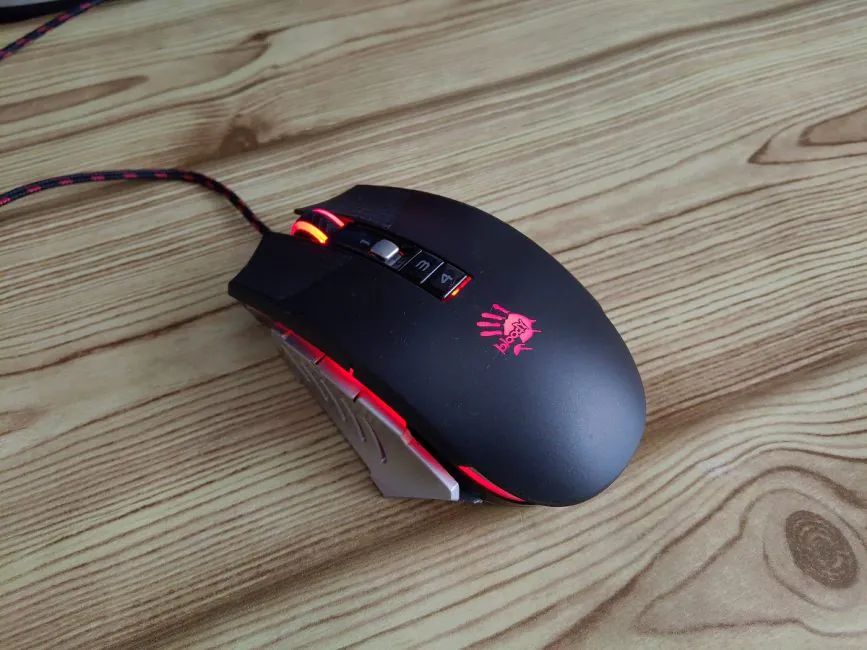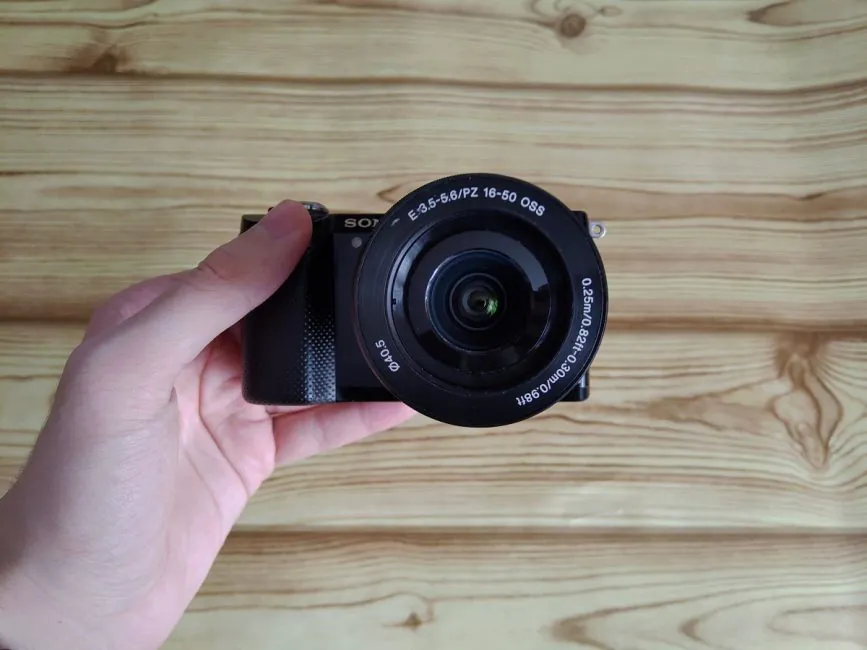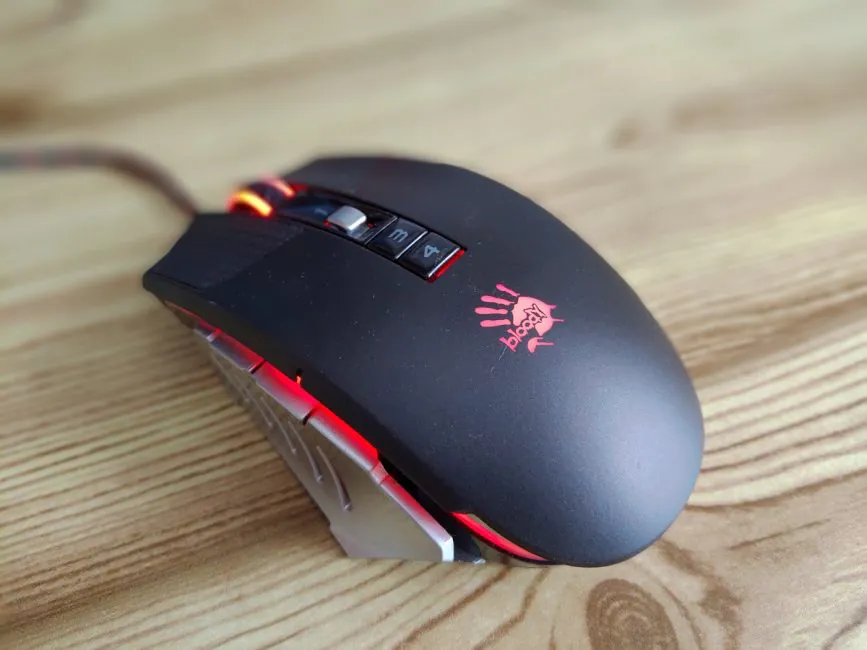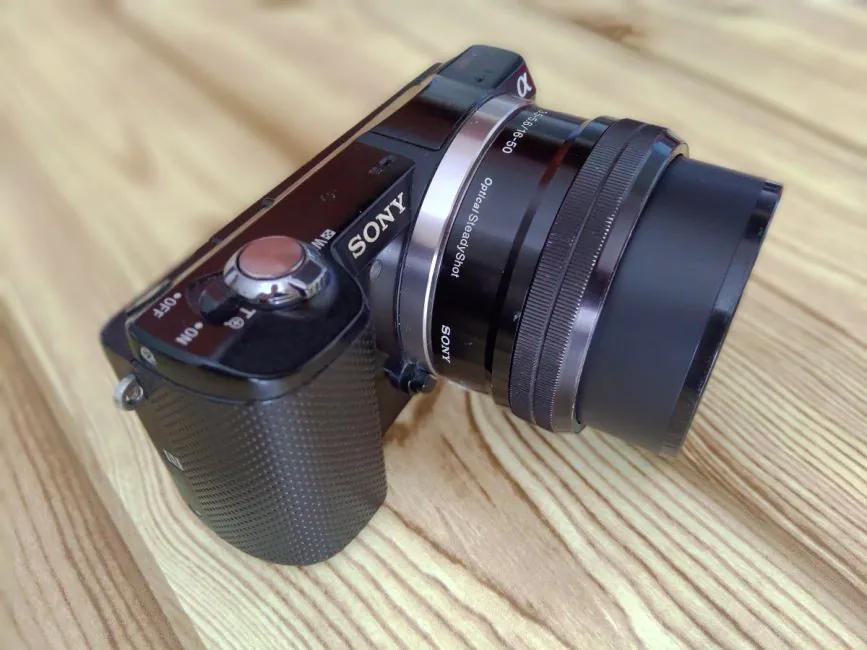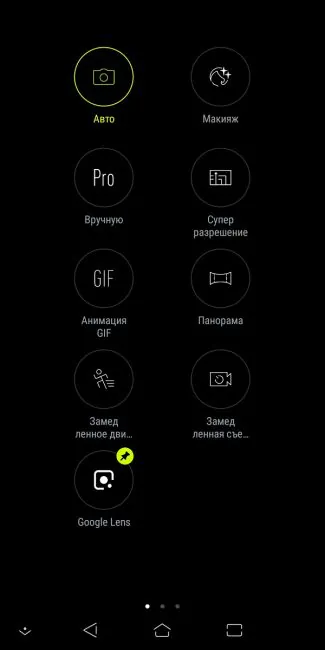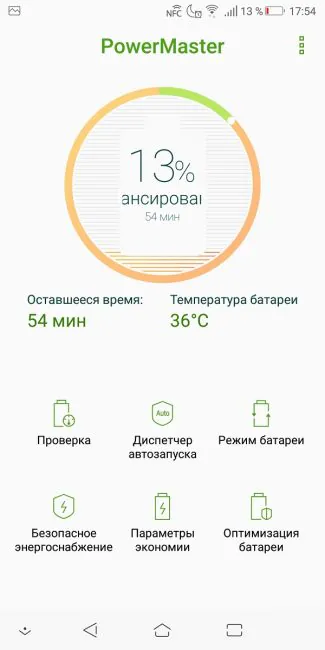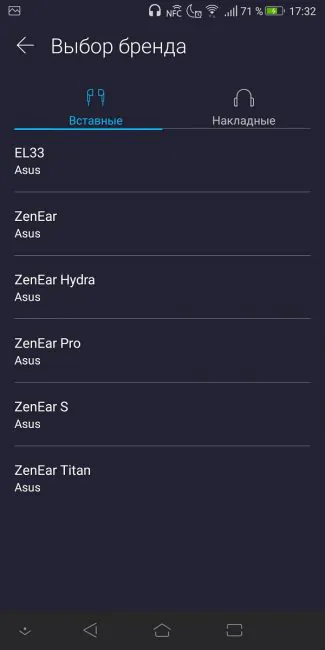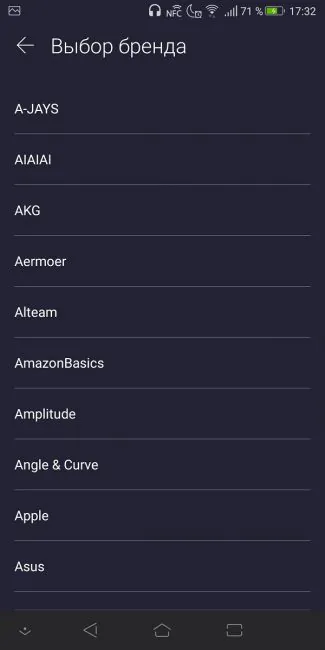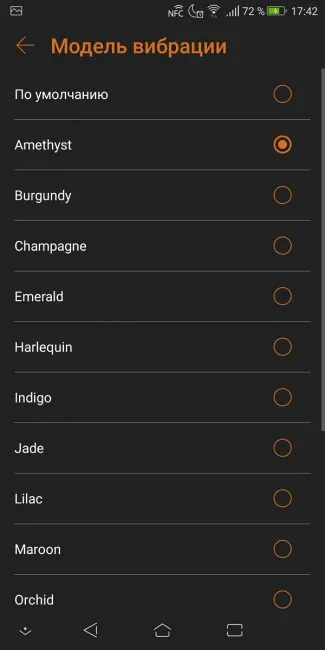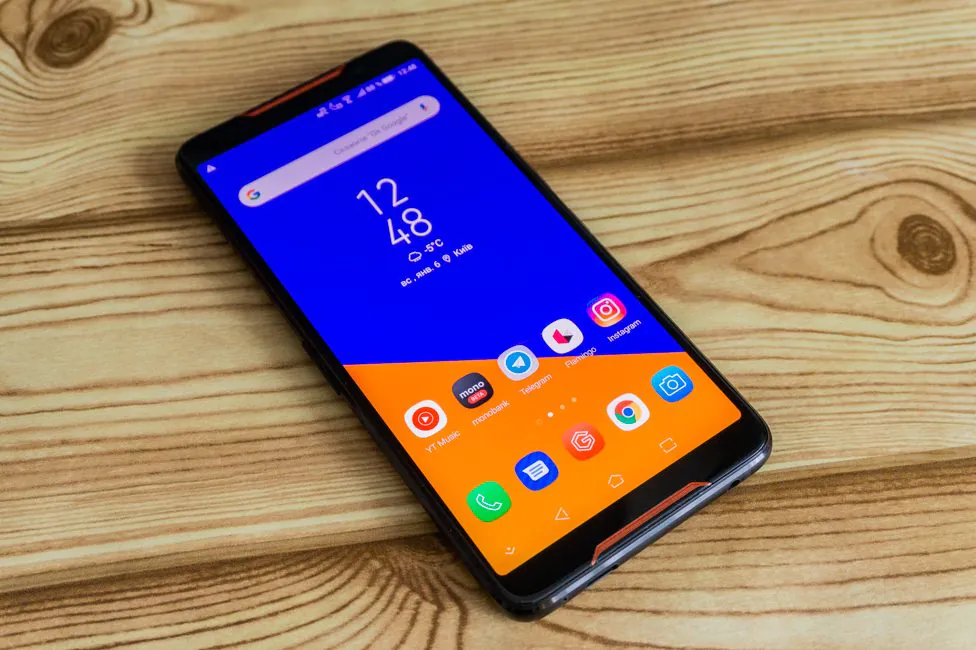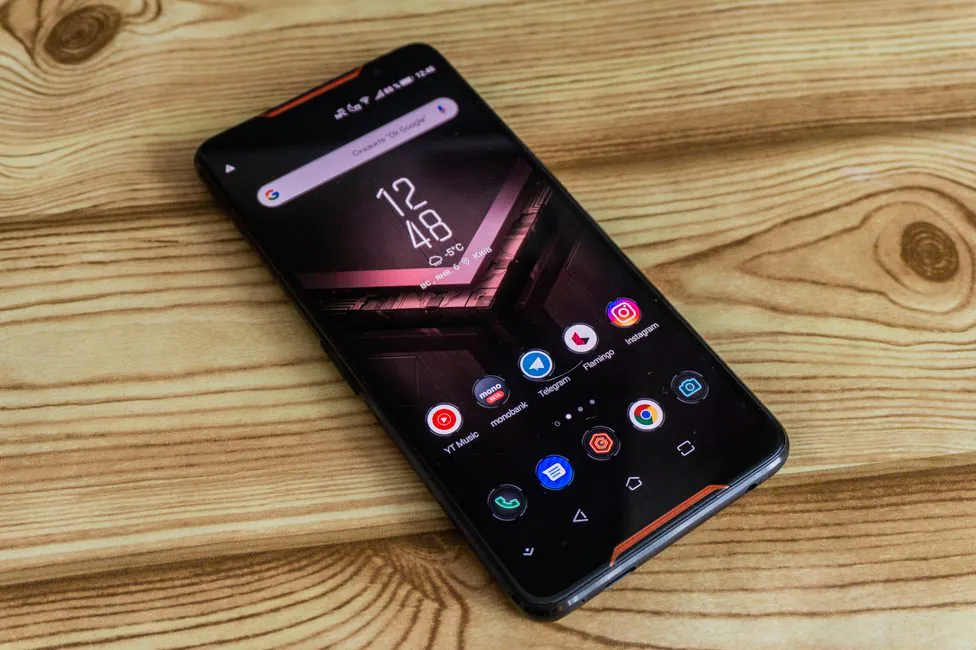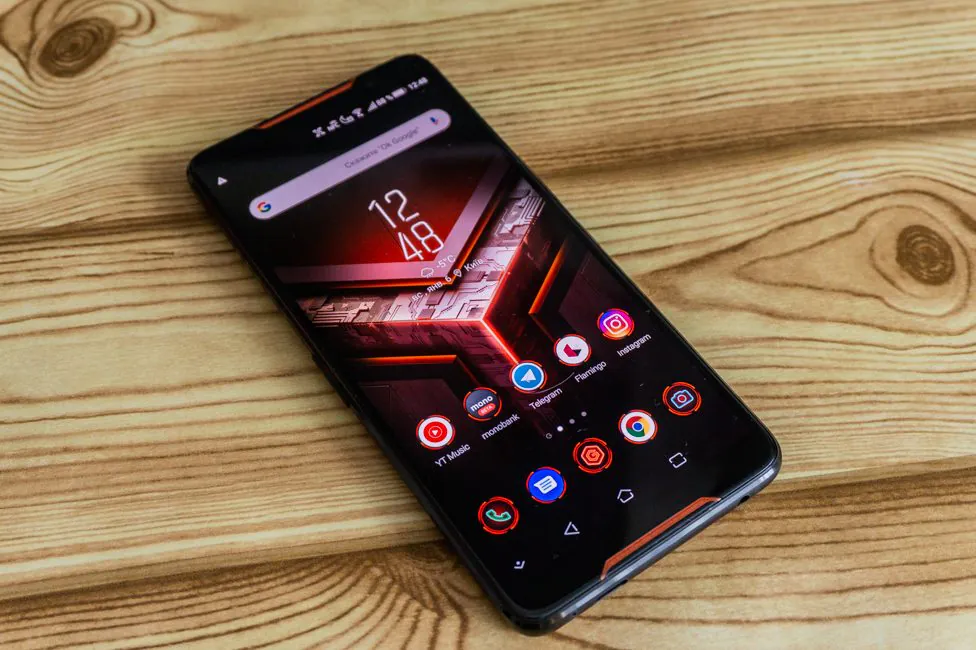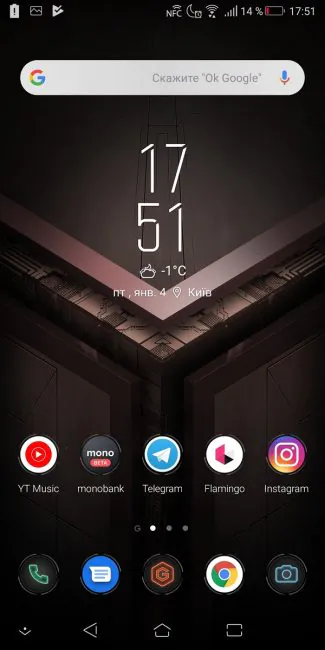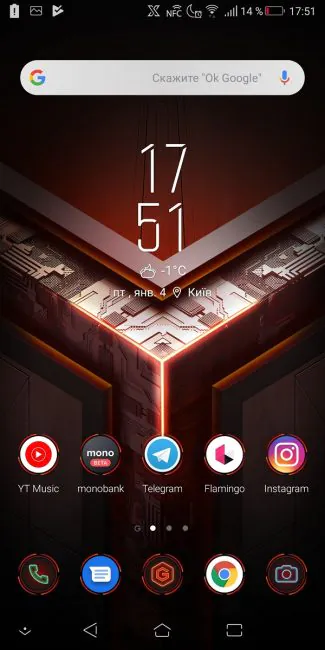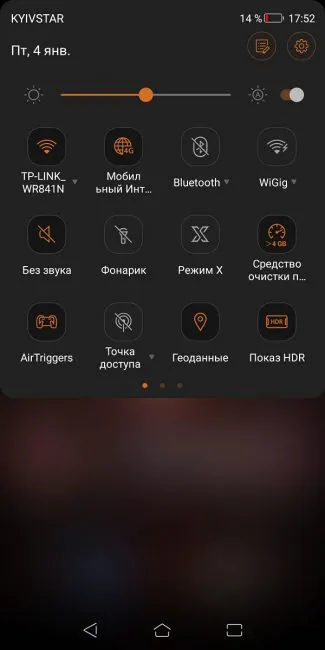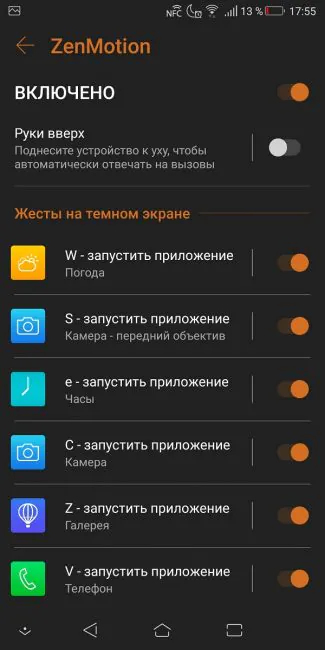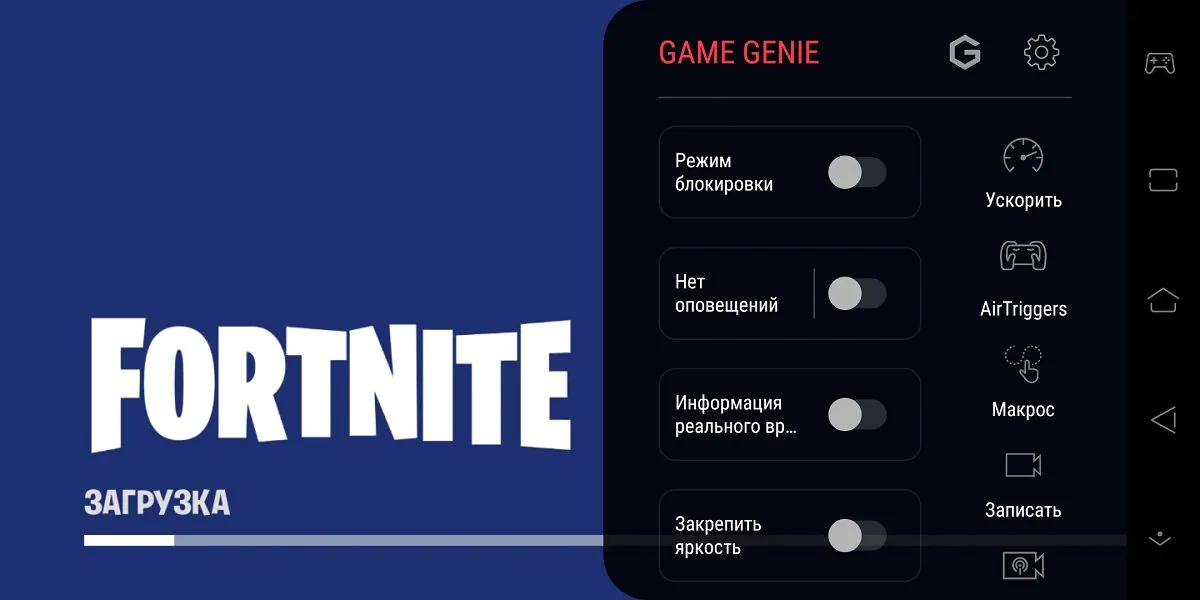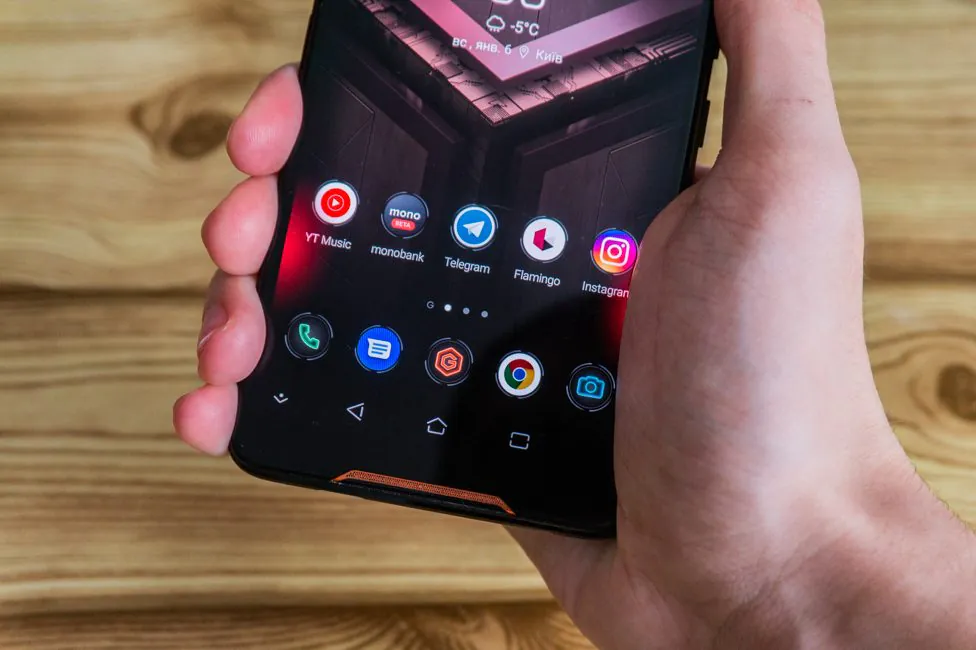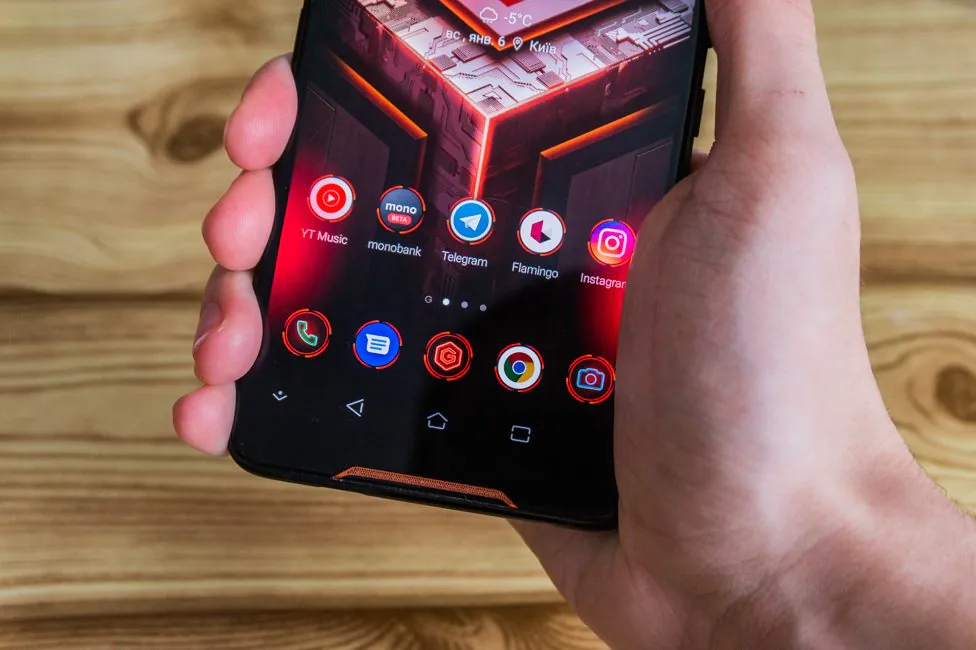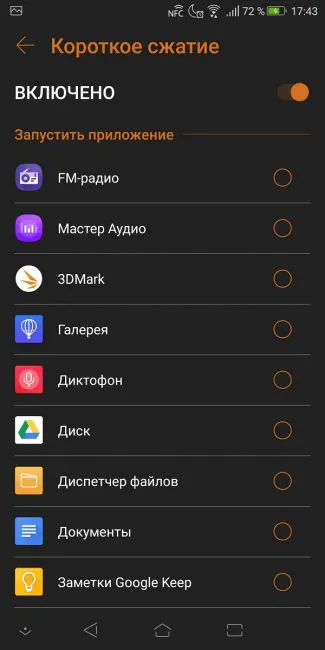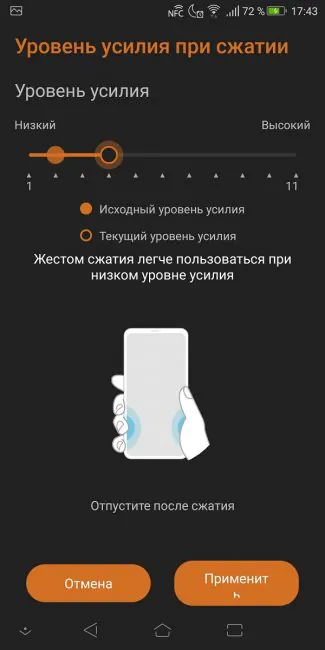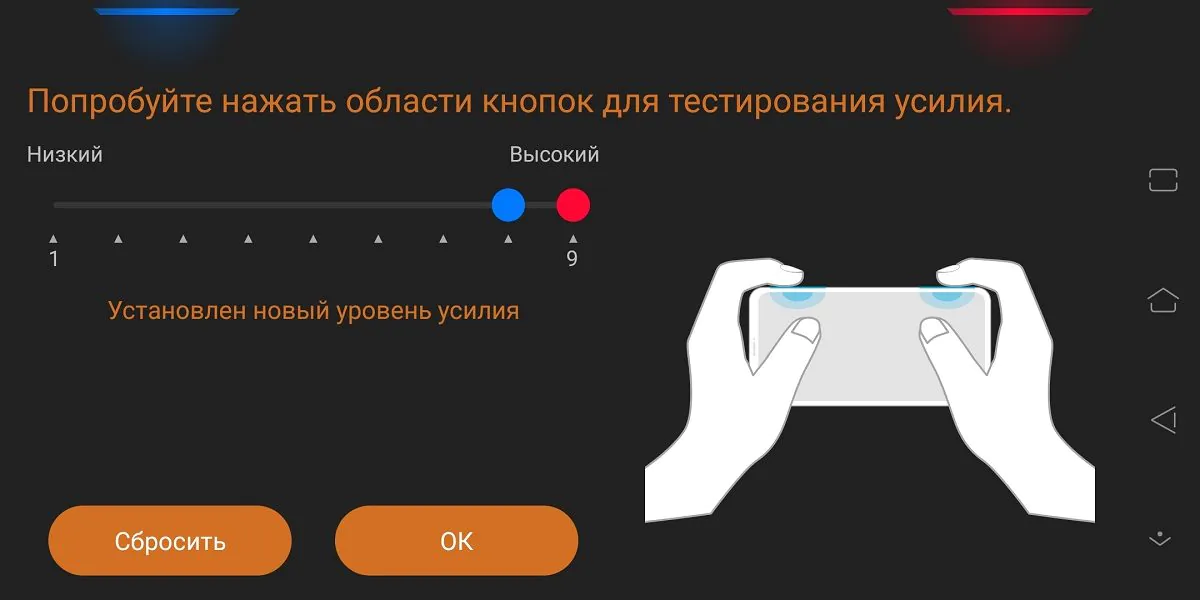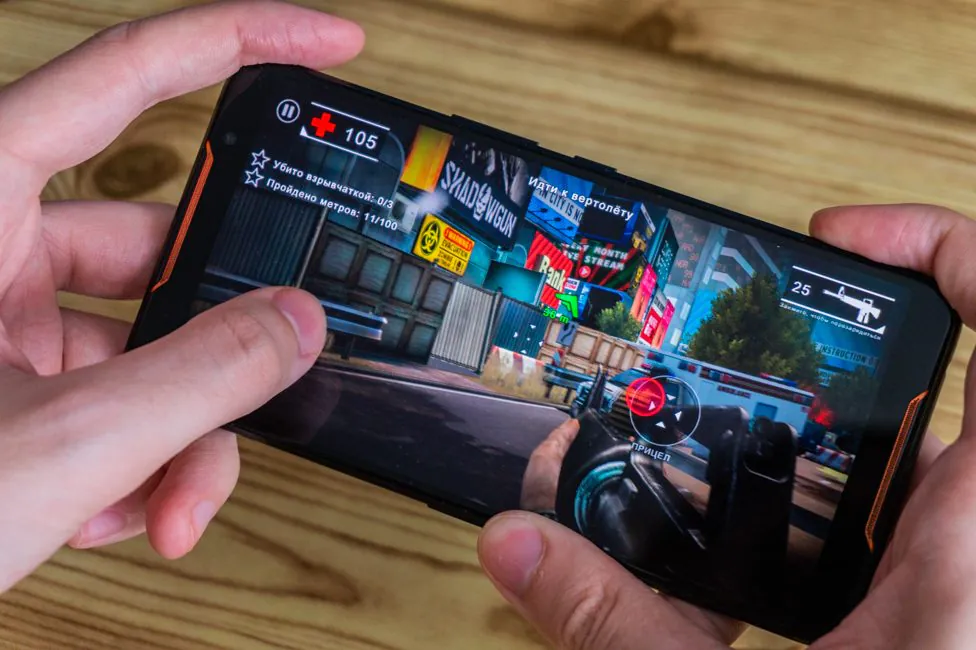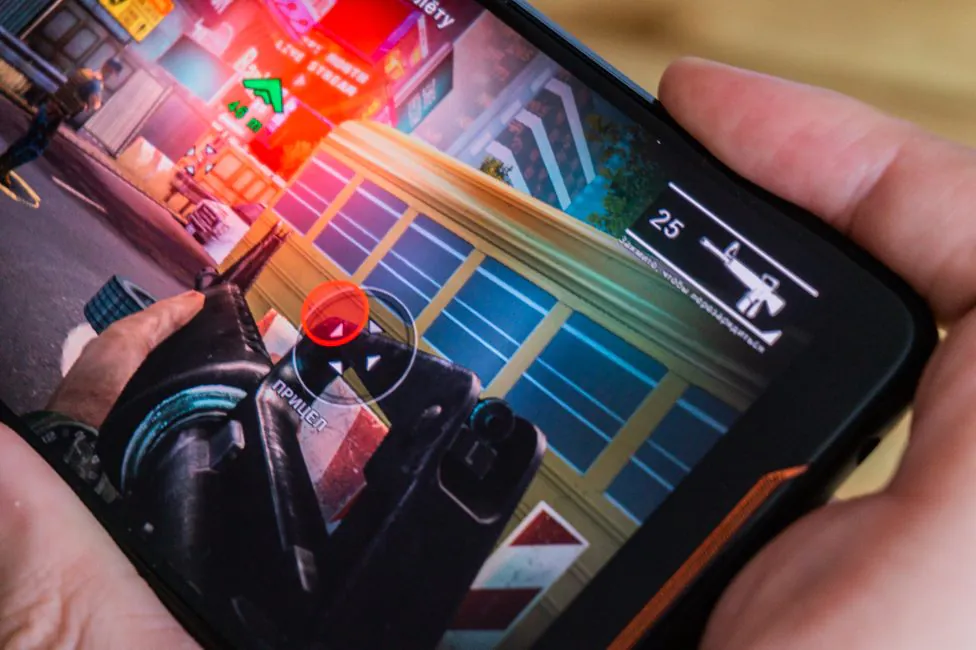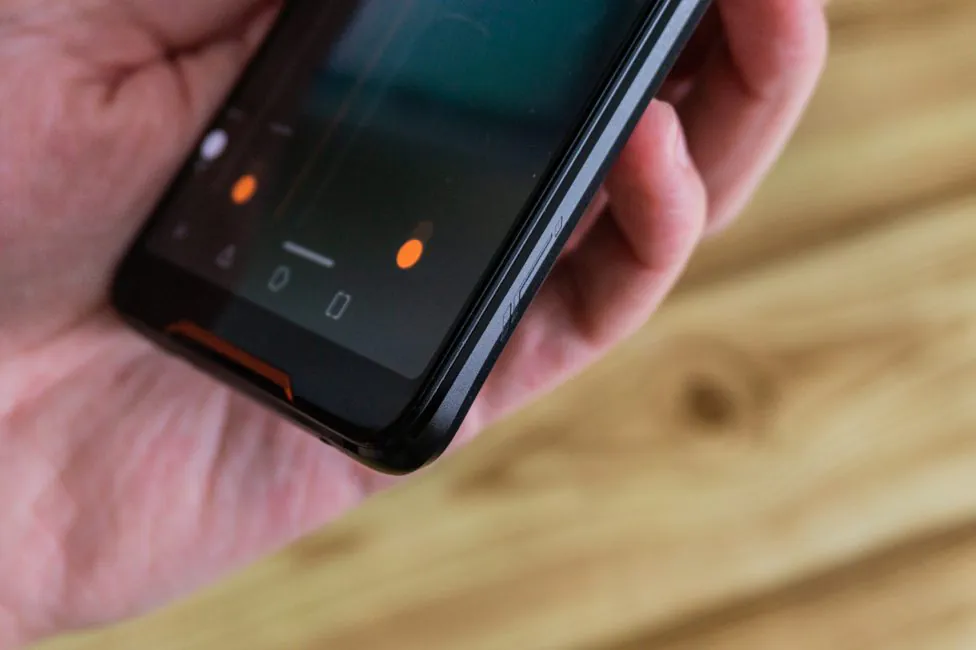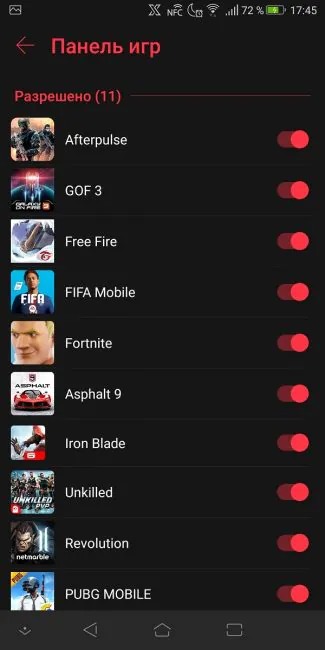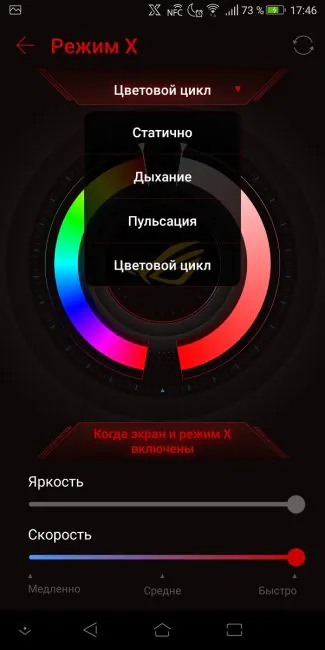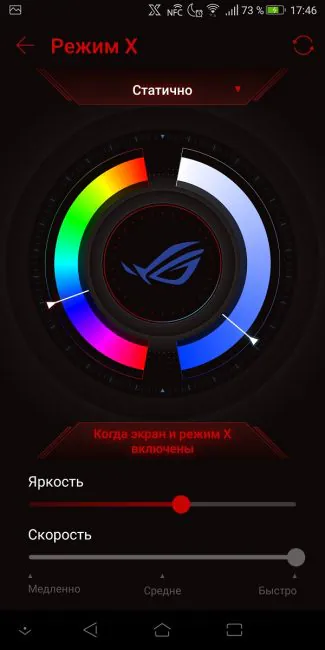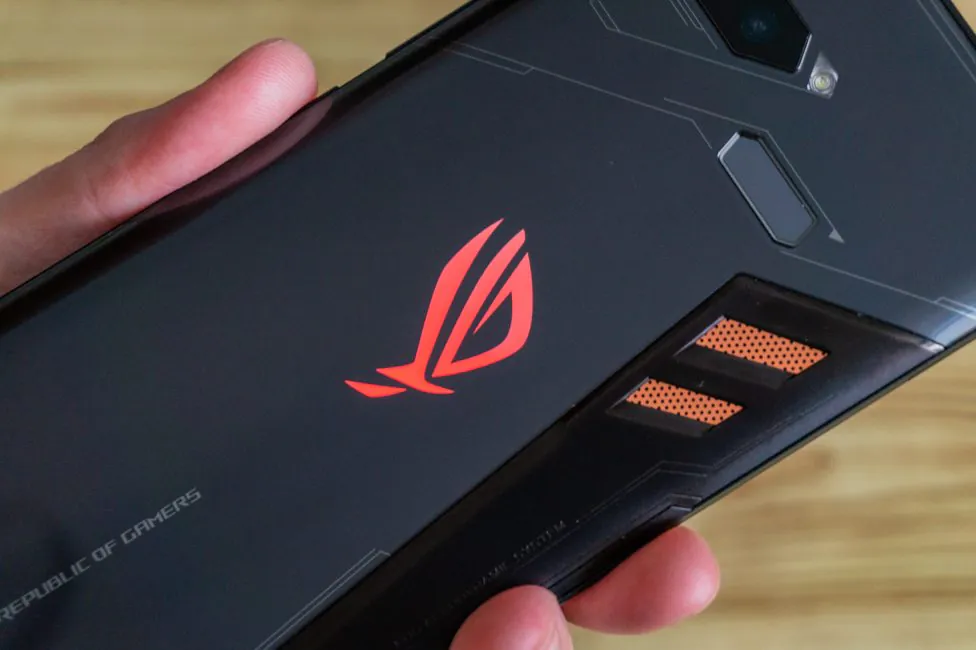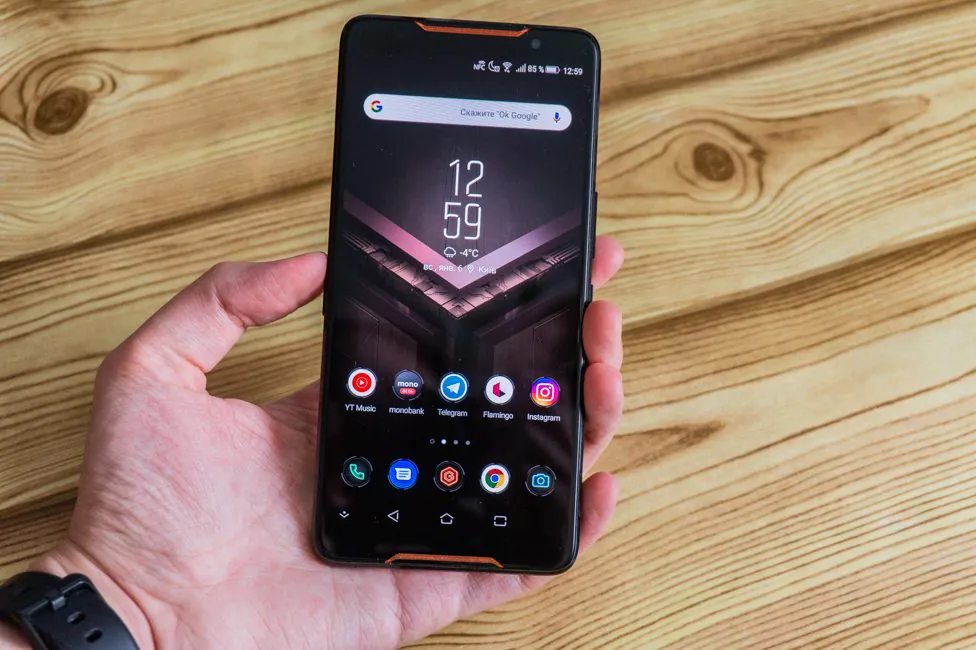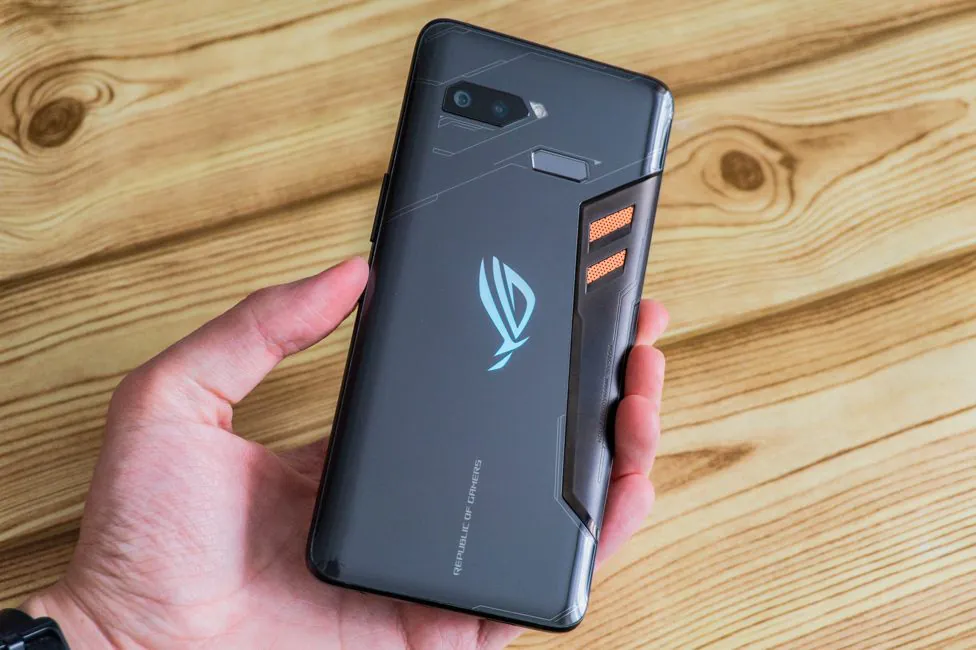© ROOT-NATION.com - Use of content is permitted with a backlink.
Every phone manufactured dreams of creating something truly special and unique. Something none of the rivals can offer. It can be a radical design idea or something like dozens of cameras or powerful hardware. Still, no matter what modern smartphones all look more or less the same. And one of the newest types of phones are gaming smartphones. Until recently, I was skeptical: why make gaming smartphones when any flagship is more than capable of handling any game you throw at it? But ASUS ROG Phone changed my mind with its unique features which all the other rivals lack. Let’s talk today about this curious beast.
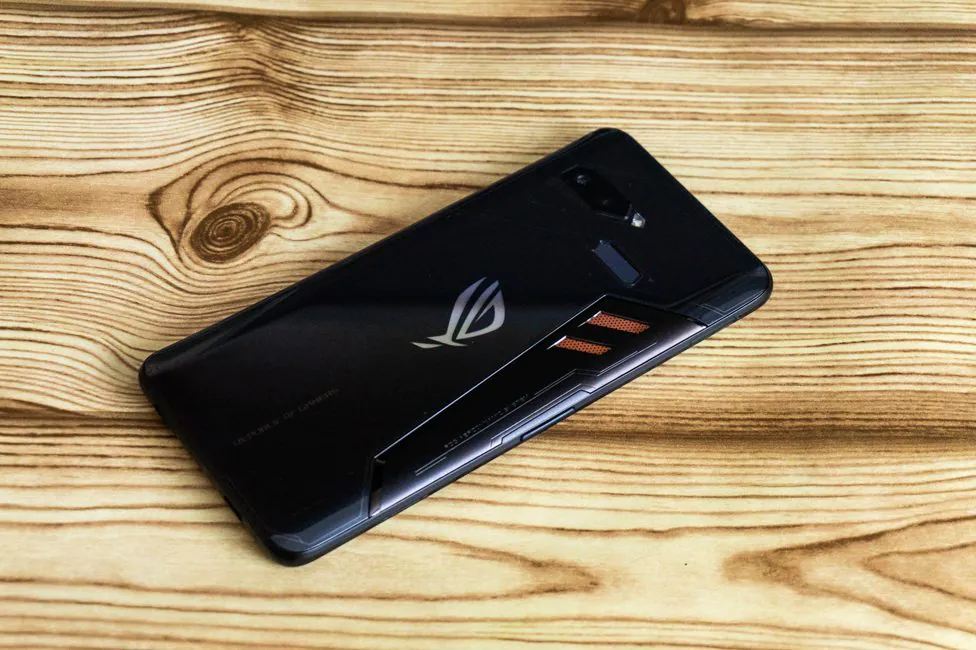
ASUS ROG Phone Specifications
- Display: 6″, AMOLED, 2160×1080 pixels, 18:9 aspect ratio, 90 Hz update rate, HDR support
- Processor: Qualcomm Snapdragon 845, 8-core, 4 core Kryo 385 Gold with a clock frequency of 2.96 GHz and 4 core Kryo 385 Silver with a frequency of 1.7 GHz
- Graphics accelerator: Adreno 630
- RAM: 8 GB
- Permanent memory: 128/512 GB
- MicroSD card support: not supported
- Wireless networks: Wi-Fi 802.11 a/b/g/n/ac/ad, Bluetooth 5.0 (A2DP, LE, aptX HD), GPS (A-GPS, GLONASS, BDS, GALILEO, QZSS), NFC
- Main camera: Sony IMX363 main module, 12 MP, f/1.8, 24 mm, Dual Pixel PDAF, 4-axis OIS and an additional 8 MP wide angle, f/2.2, 12 mm
- Front camera: 8 megapixel, f/2.0, 24 mm
- Battery: 4000 mAh
- OS: Android 8.1 Oreo
- Dimensions: 158.8 × 76.2 × 8.3 mm
- Weight: 200 g
The official recommended cost of ASUS ROG Phone is $955 for the version with 8 GB of RAM and 128 GB of storage. Versions with 512 GB of permanent memory aren’t going to be on sale in some markets.
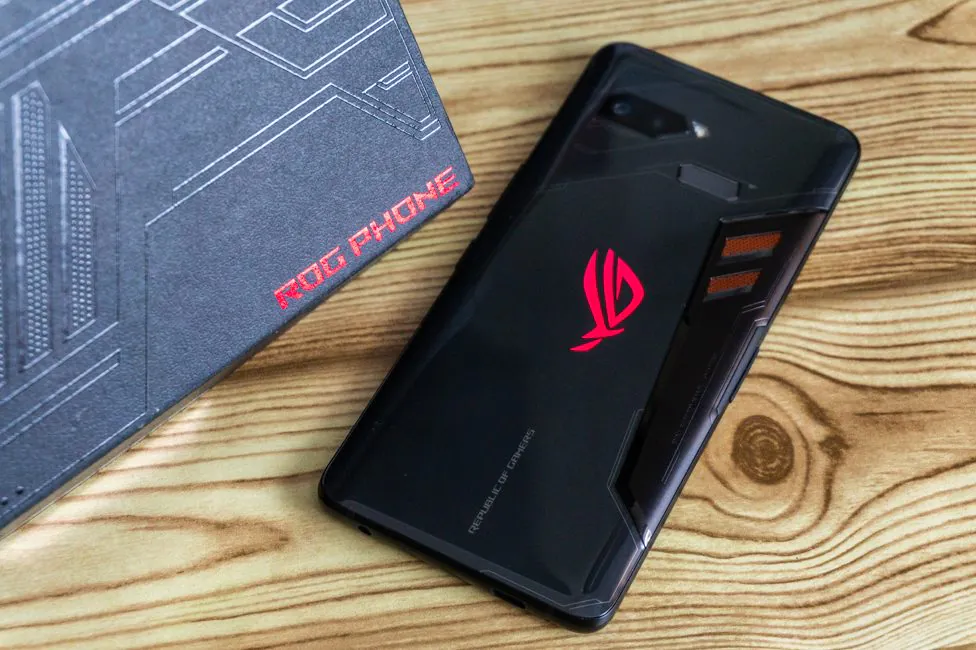
There won’t be any additional accessories on the shelves of stores in some countries either, but nothing prevents you from ordering them from somewhere, if the cost does not bother you.
Optional accessories
In this section I will tell you what else you can buy for your smartphone. First, there are several docking stations.
ASUS WiGig – transmits what is happening on the screen of a smartphone to a monitor or TV according to Wi-Fi 802.11ad 60 GHz standard. The price of this module is about $330.
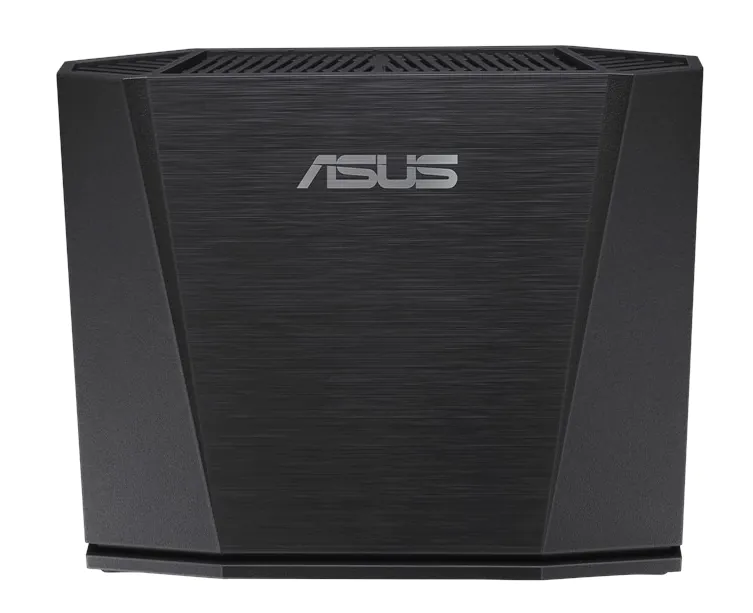
ASUS Mobile Desktop Dock – allows you to connect your smartphone via HDMI or DisplayPort to a monitor with a maximum resolution of 4K UHD and a frequency of 60 Hz. In addition, the dock has 4 USB 3.0 ports for peripherals, a gigabit RJ-45 LAN, a 3.5mm headset jack and S/PDIF audio output, another Display Port 1.2, USB Micro B 3.0 and even an SD card reader. Type-C is used to power the dock. But there’s no full-fledged separate desktop mode, like the Samsung DeX. The cost is $229.
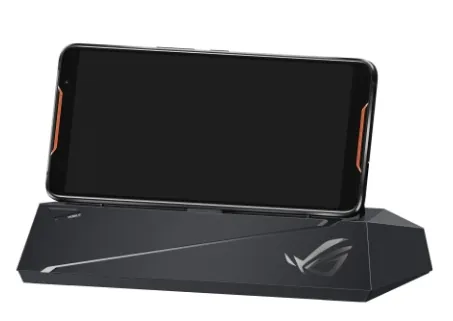
ASUS ROG Phone Pro Dock is a simple wired USB-C dock with two USB 3.1 Type-A, one USB 3.1 Type-C, an HDMI port and a gigabit RJ-45 LAN. Price – $113.
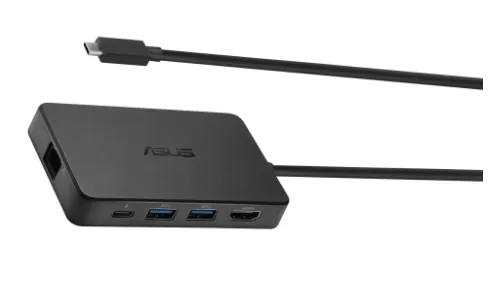
In addition, there is a TwinView screen module with its own 6-inch AMOLED display with a resolution of 2160×1080. The module has additional triggers, two speakers, Type-C ports, a 3.5-mm and SD-reader, an additional cooling system, and the 6000 mAh battery. With this module, the smartphone turns into a kind of portable Nintendo console with two screens. On the second screen you can display additional elements of the game (a map, for example) or even include any other application. This accessory will cost $399.
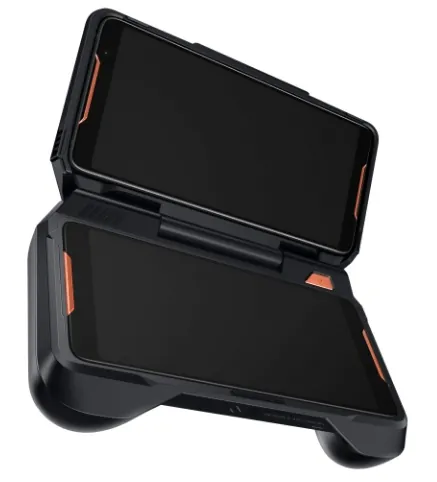
And of course a Gamevice controller with physical joysticks, arrows, triggers and other buttons for $113.
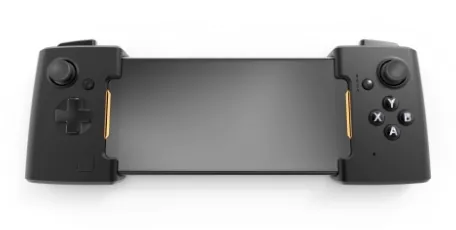
There is also a case for $56, which is compatible with the AeroActive cooler.
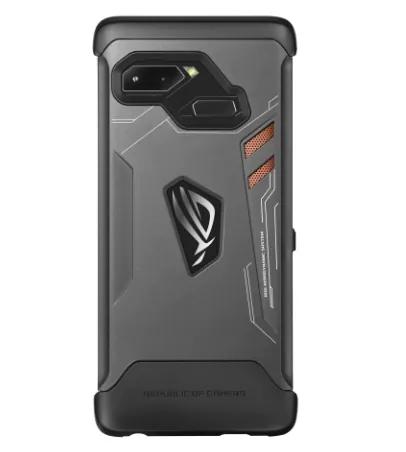
In short, smartphone allows for a huge assortments of peripherals, but the price is, well, impressive. And if you buy it all at once, you get the cost of whole another ASUS ROG Phone.

What’s in the box
Usually, this section take little time – what have we not seen there yet? But not in the case of ASUS ROG Phone. First, the unusual futuristic appearance of the packaging is striking.
A large box of atypical shape, decorated in the style of Republic Of Gamers, with 3 main blocks inside. The smartphone rests in the center.
On the left is a 30-watt power adapter with a Type-C port, a Type-C cable on both sides in a pleasant fabric sheath, an envelope with a SIM card eject tool, documentation and spare rubberized plugs for the side port.
On the right is AeroActive, a separate external active cooling module. We’ll talk about it later.
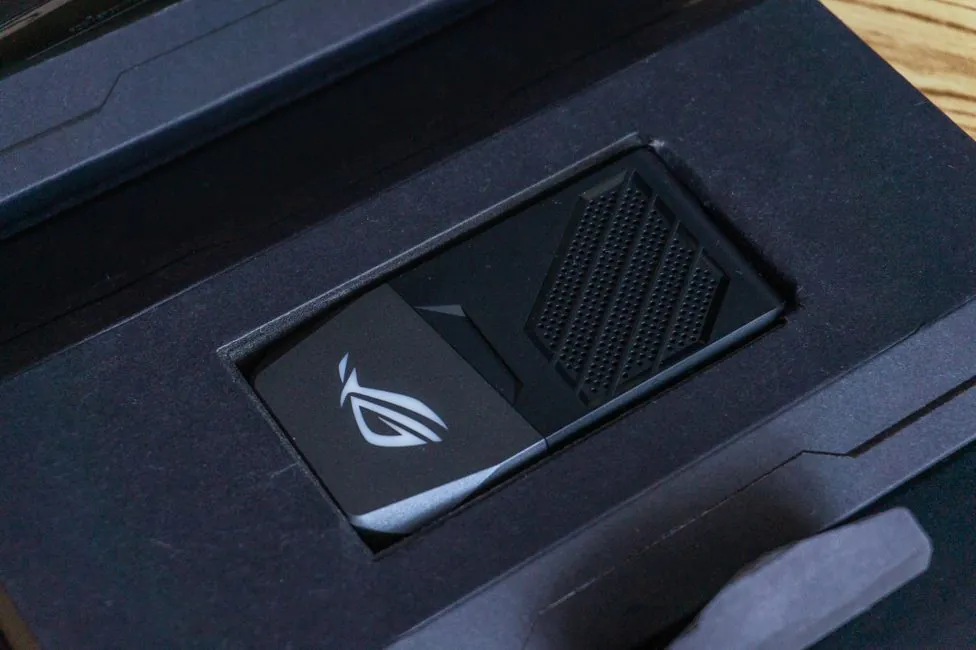
Design, materials and build quality
We are accustomed to the fact that everything gaming, whether it is a laptop or a periphery, looks somewhat aggressive, has bright colors and unusual shapes. There are, of course, exceptions, but not often enough. ASUS is no exception. The Republic Of Gamers series has long been on the market and every gamer has probably heard about it. There was no need to change traditions, because ROG Phone looks like a real gaming smartphone.
There is a black panel on the front, with medium-sized bezels around the screen, which is distinguished only by two copper-colored grids at the top and bottom, behind which are the speakers. The design is very understated so far.
But here is the back part… there is no need to guess here – it is immediately clear that this is a killing machine. I do not even know where to start, everything catches the eye at once! Probably start with color. There’s only one – ASUS calls it black, but in fact, it has a graphite tint. Under certain environmental conditions, the back may even sparkle slightly in the light.
Along with it are thin straight lines, which resemble a printed circuit board. Next – chopped angular shapes of the main components: the glass covering the camera, the cut-out of the flash and the area of the fingerprint scanner.
There’s also a large logo of the Republic Of Gamers. ASUS added RGB backlight to the smartphone. But only the logo – if the user himself wants it. By default, the backlight is inactive and turns on only when you start the game mode (“Mode X”). But let’s talk about this later.
No less prominent element is a plastic panel with two slots, which are covered with copper gratings. This is an element of the cooling system, which we will also discuss separately.
On the front we have Gorilla Glass 6, on the back – Gorilla Glass 5 glass and plastic composite, and an aluminum black frame around the perimeter.
The build quality is excellent: no problems with fitting, there’s oleophobic coating on both sides. Plus, the housing is IPx4-protected. This is not a full-fledged dust-and-moisture protection IP67-68, but nevertheless, it’s protected from splashing water from any direction.
The smartphone attracts fingerprints, but you can remove them no problem.
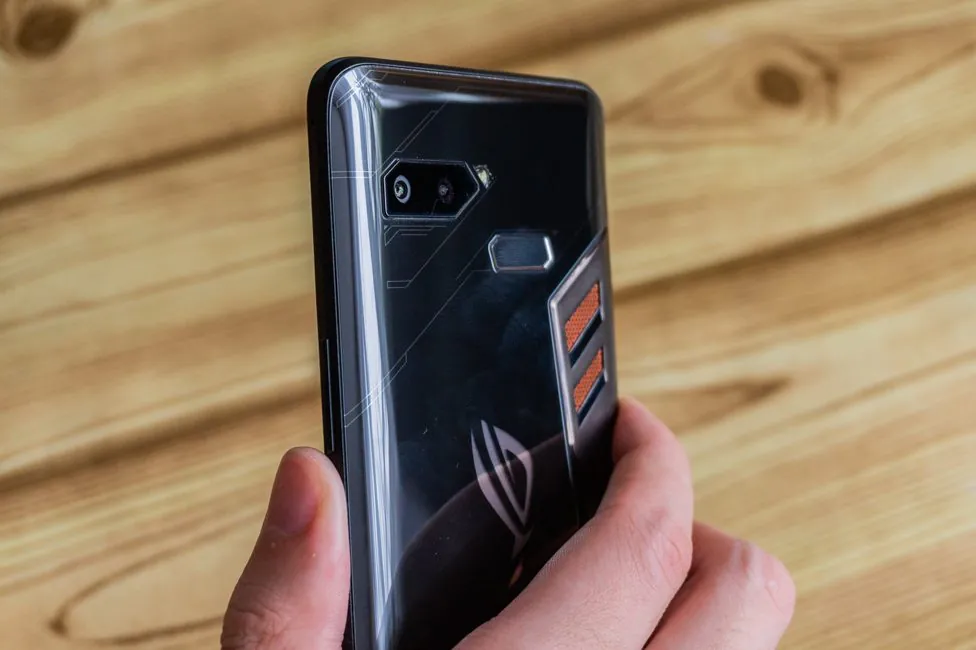
Elements’ configuration
There is something else worth mentioning. Below the speaker (earpiece and multimedia at the same time) we have the front camera, LED indicator, light sensors and proximity sensors.
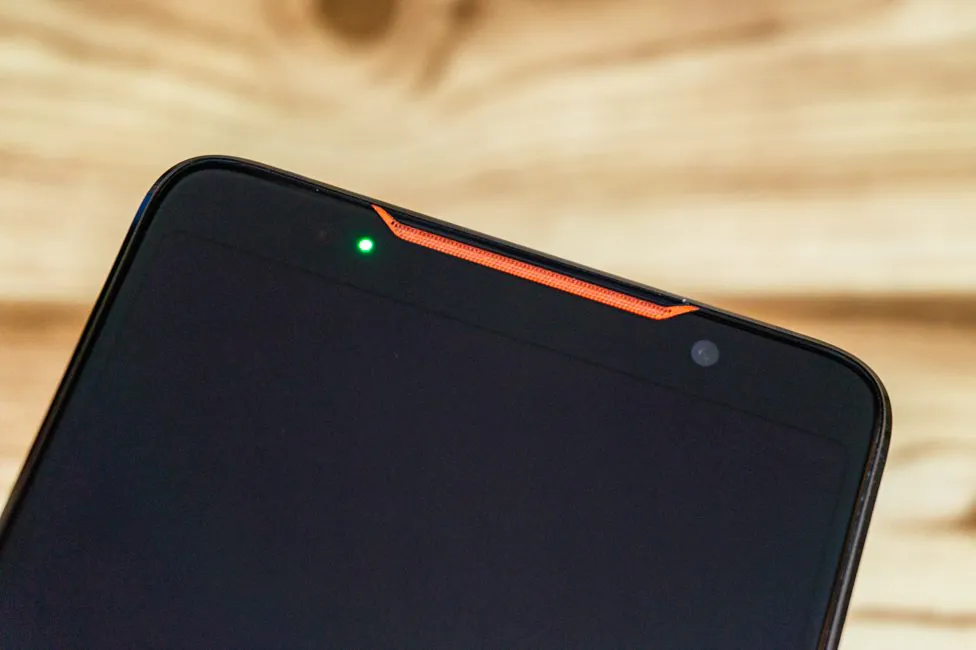
On the field below is the second multimedia speaker. No logo of the manufacturer, which is nice.
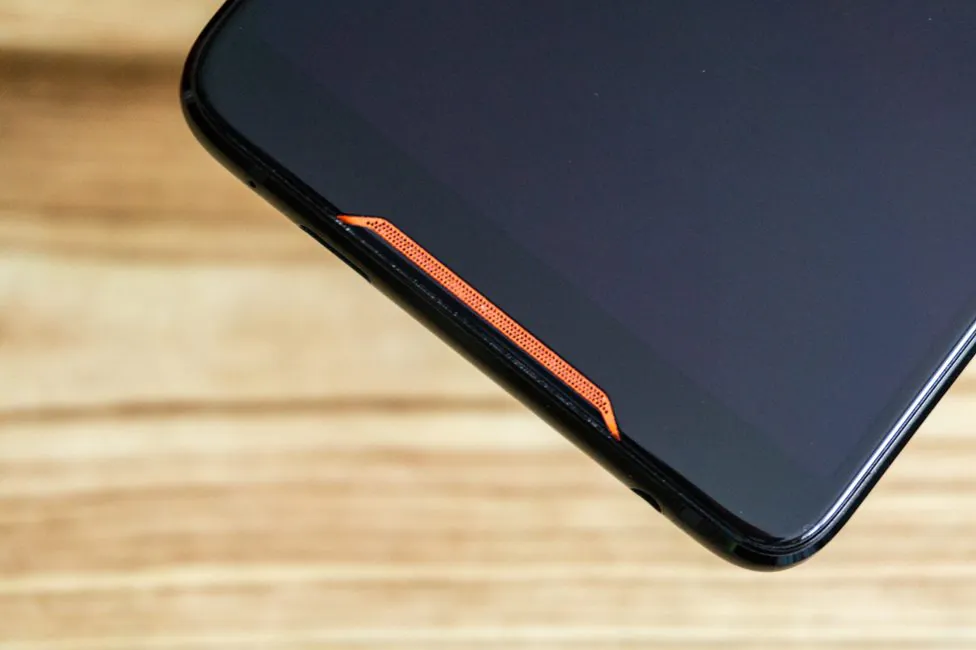
On the right side are metal power and volume buttons, with two patterns above and below them. The sides of the smartphone are sensitive to squeezing, and there are two AirTriggers sensors that can simulate the physical triggers of a regular gamepad. We will also talk about this separately. Also on the right there is a hole with a microphone.
The left side has another sensor, a slot for two nanoSIM (there is no space for a memory card) and an interesting port in the center under the rubberized lid. This is a combined 48-pin connector that looks like a dual USB Type-C. We need it to connect additional accessories, like the external cooler.
The Type-C port and a 3.5mm audio jack are scattered on the bottom of the side. In the same place on the sides there are lines of antennas, with a mic. The elements are certainly shifted for a reason, for the convenience when the smartphone is charging. But only if the aforementioned cooler is in another place. More on that later.
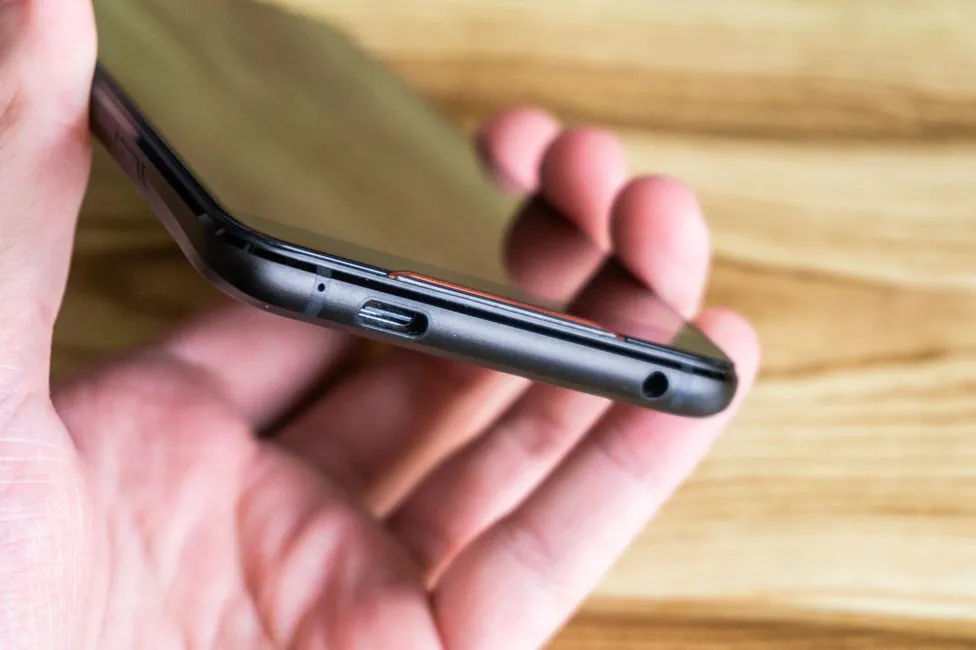
The same antenna lines are on top along with another microphone. There are three of them all over the body.
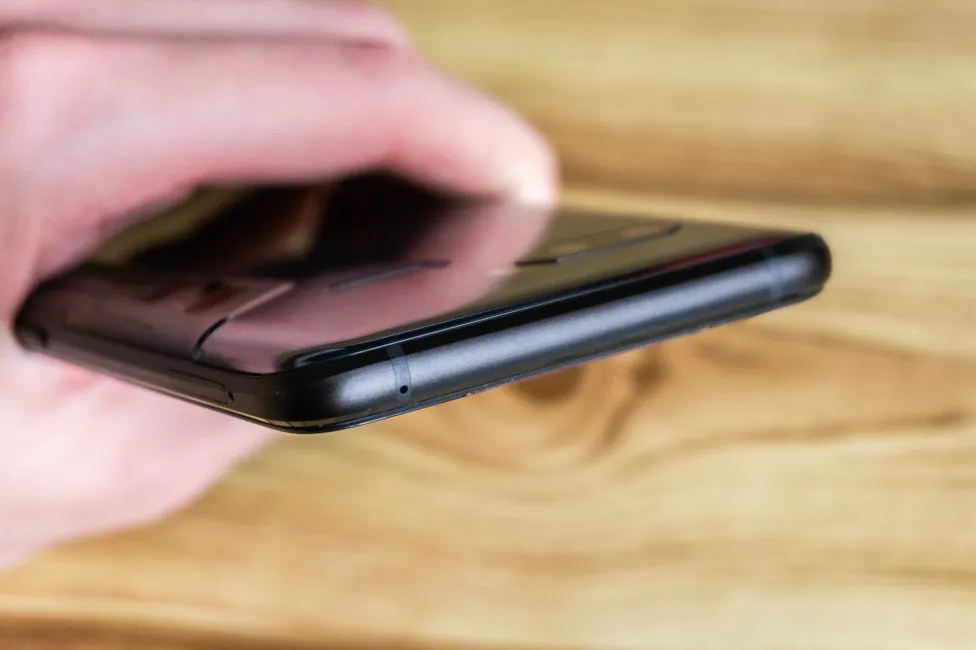
We already know what’s on the back. I will only note the horizontal block of the dual camera (it barely protrudes from the body) and the flash. The fingerprint scanner is also not centered – it is more to the right, but I will tell you how it affected the convenience of its operation in the next section.
Ergonomics
I can’t call the ASUS ROG Phone special or convenient to use. The smartphone has almost no noticeable difference from an ordinary five and a half or six-inch device in size, but the same ZenFone 5Z is smaller, and the screen has more than 0.2 inches – say thanks to the notch in the screen. Thankfully, ROG Phone has none of that.
You can use the smartphone with one hand, but sometimes you have to change the grip in order to reach the top of the screen.
You can definitely feel 200 grams of its weight. This is both a plus and a minus. The advantage is a certain comfort during the long play session, but the disadvantage is obvious – using it with one hand is no easy task.
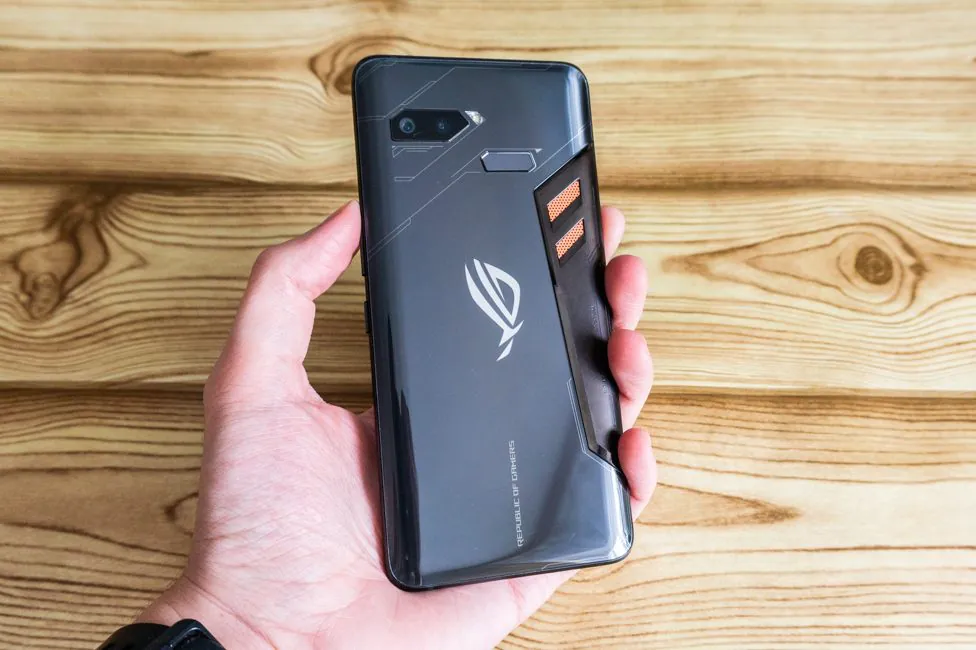
Here you can even draw a kind of parallel with the “laptop world”: the ROG Phone is like a big gaming laptop that can do anything, but it’s not so comfortable to use in every situation.
The smartphone is not very slippery, but in the cold you better hold it tight. A rubberized cap on the left end helps with the grip.
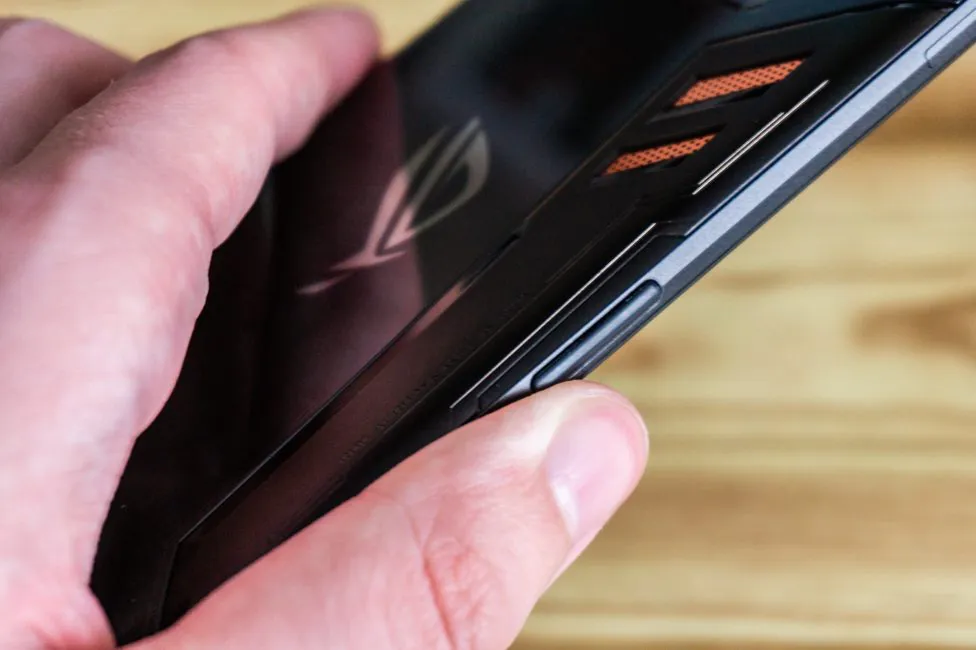
If we talk about the location of the fingerprint sensor, for right-handers it is located very well, because the index finger does not lie in the center, but slightly to the left.
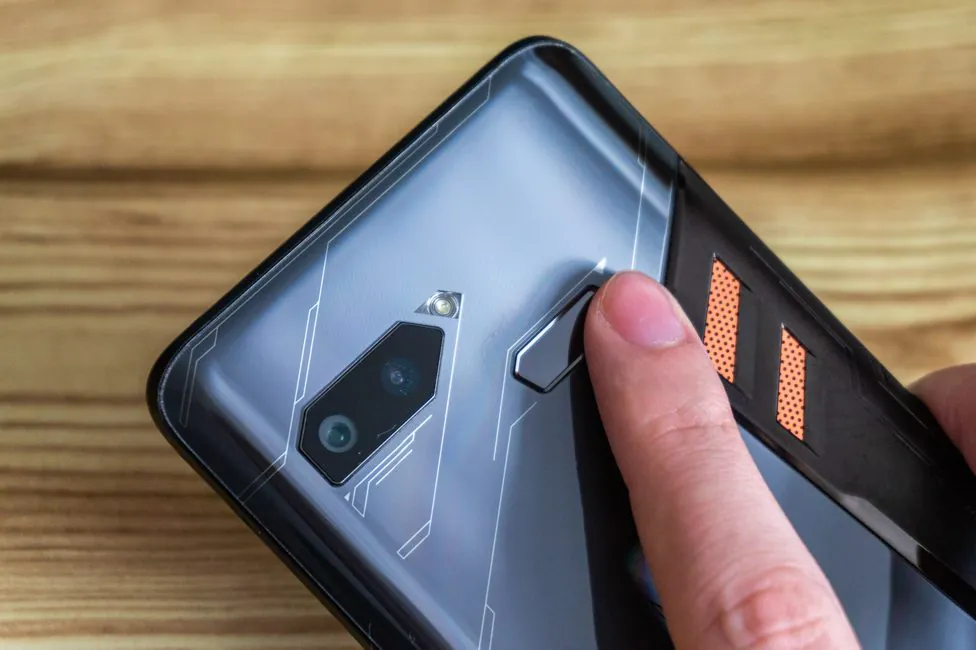
If you are a lefty, the convenience is lower, plus the peculiar shape and size make things even worse.
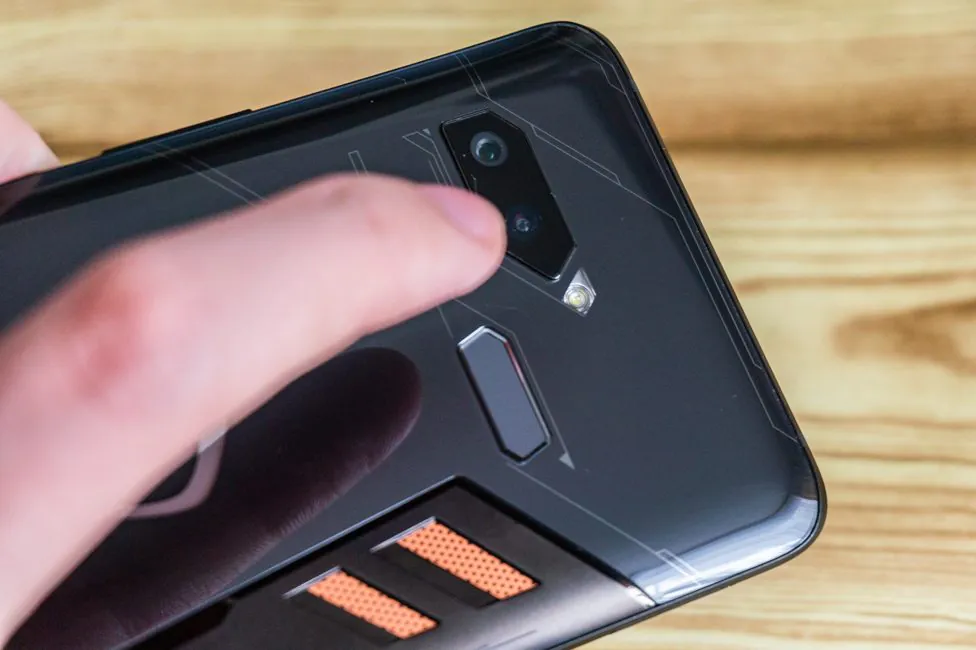
Also because of the symmetry of the front panel, I tried to use the smartphone upside down a couple of times, but that’s no big deal.
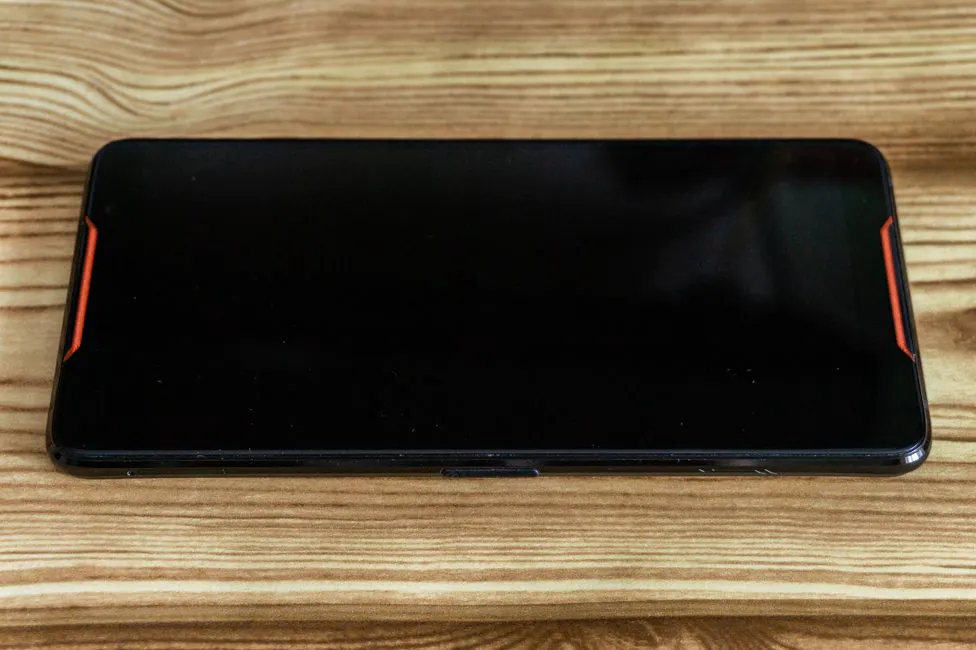
ASUS ROG Phone Display
After the performance screen is the most important part of the device. After all, who wants to play on a powerful hardware, if the picture is weak? But with the ASUS ROG Phone, everything is fine. Not ideal, of course, but more than fine.
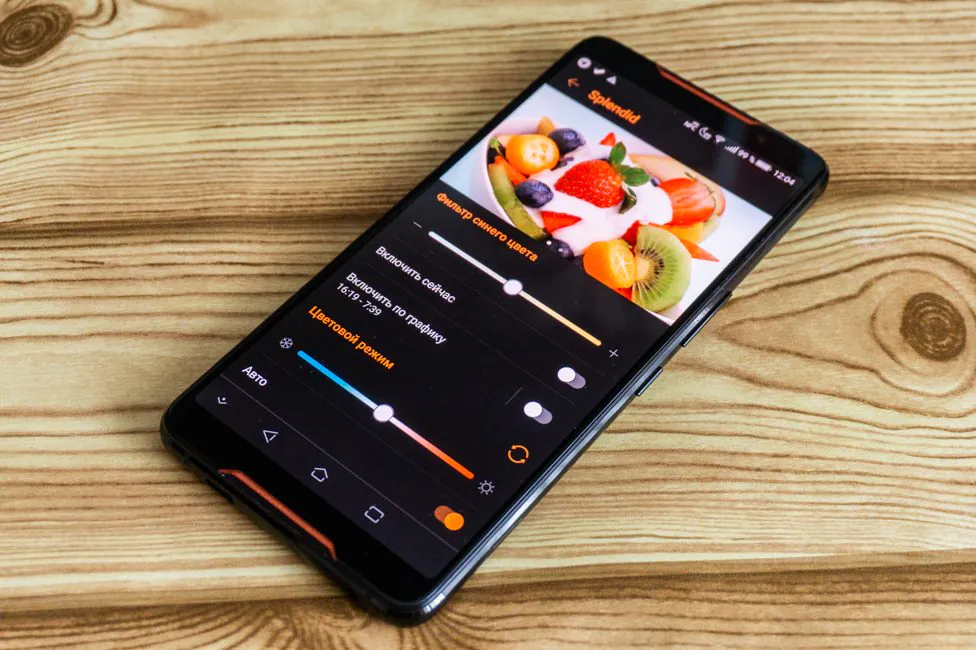
The smartphone is equipped with a 6″ display, an AMOLED matrix with a resolution of Full HD+ (2160×1080 pixels), and a pixel density of 402 ppi. The aspect ratio is 18:9; the refresh rate is 90 Hz (compare with 60 Hz in classic smartphones). Not the dream, as Razer Phone offers 120 Hz, but 90 is also not bad! In addition there is support for HDR and 108.6% of the color gamut of DCI-P3. On paper, it’s all very good, but how is it really?
The screen is excellent, but not without certain flaws of the matrix: iridescent shades at the maximum angle instead of the desired white color and even with minimal deviations the red is noticeable.
The remaining parameters are at a high level: a good stock of brightness, excellent contrast and saturation in a wide color gamut mode. The smartphone is great for watching videos, and especially in HDR. In games, the display is just too good.
The increased refresh rate can be felt even while using social networks – everything looks much smoother than usual. In the settings you can turn on the traditional 60 Hz.

Fans of quieter colors can leave normal color profile or customize all the parameters for themselves: there are many settings. Achieving the right result is not a problem at all. You can even set the saturation to the minimum and get a monochrome display.
You can also turn on the blue filter, change the color temperature of the screen yourself or select the automatic mode. You can use it in gloves, and there’s also a smart screen (the display does not go out as long as you’re looking at it) option.
There is an Always-on Panel with three dials at the moment, but the function has no settings, which is very sad.
I, for example, do not need this mode at night, but it is impossible to configure anything, like with Samsung devices. Also, Always-on does not turn off when you place your smartphone in the pocket.
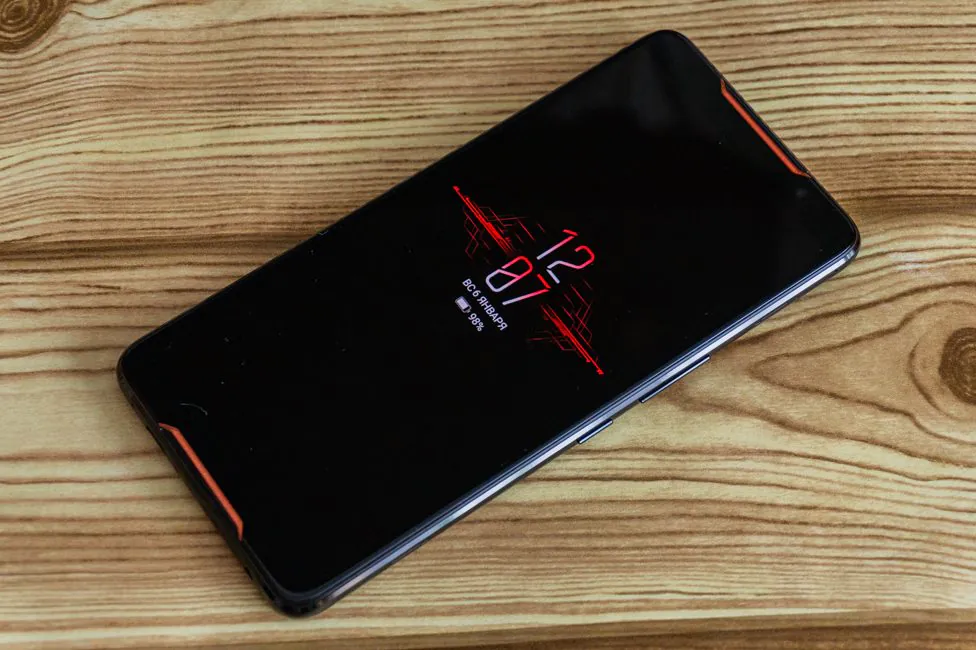
ASUS ROG Phone Performance
No problems here. As a central processor, Qualcomm Snapdragon 845 is familiar to us from other flagships of 2018. 10-nm, 8-core chip: 4 Kryo 385 Gold cores with a clock frequency of 2.96 GHz and 4 Kryo 385 Silver cores with a 1.7 GHz frequency. You think “nothing unusual”, but you’re wrong: in ASUS ROG Phone, the Kryo 385 Gold cores are overclocked to 2.96 GHz, while in the other flagships they operate at frequencies of 2.5-2.8 GHz. Graphic Accelerator is Adreno 630.
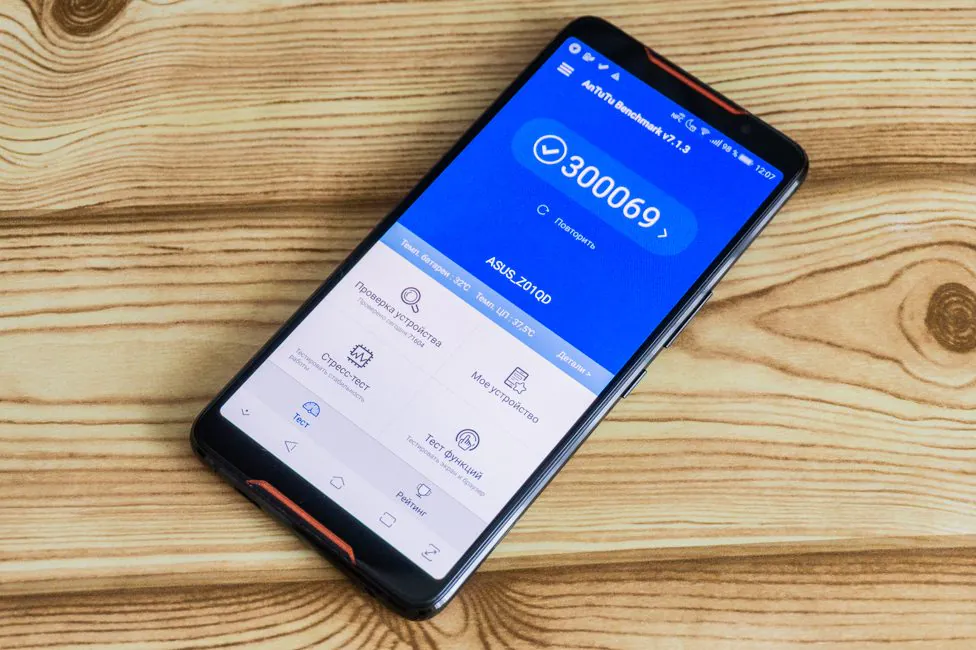
In synthetic tests, a smartphone, if globally judged, is not a record breaker, but definitely one of the leaders. Although, of course, not without throttling. I ran AnTuTu several times in a row, and got under 300K “parrots” for the first time, then only about 250K for the fourth time. But this is synthetic, in actual use you are unlikely to feel the loss of productivity. Screenshots from other tests are also attached.
In all cases, the user will receive 8 GB of LPDDR4X memory. This is more than enough for everything: you can simultaneously run several games and switch between them. Or maybe you will find an even stranger way to dispose of RAM; in short, it’s enough for everything.
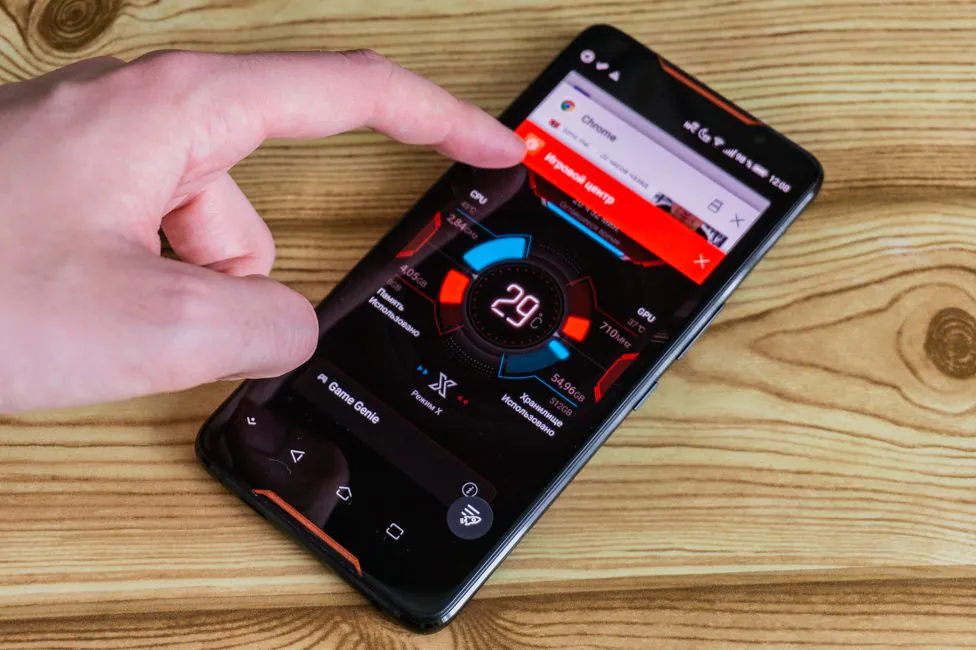
But with storage it’s not as good. The smartphone offers either 128 or 512 GB of storage (UFS2.1), but only the lesser version is available in some markets. And 128 GB is quite a lot, but I have 88 GB more in my personal smartphone. But on the other hand, this is a gaming smartphone and I would like to have 256 GB minimum. There is no slot for microSD here. As usual, ASUS gifts 100 GB in Google Drive for 1 year. I tested the 512 GB model: the user can use 456.26 GB.
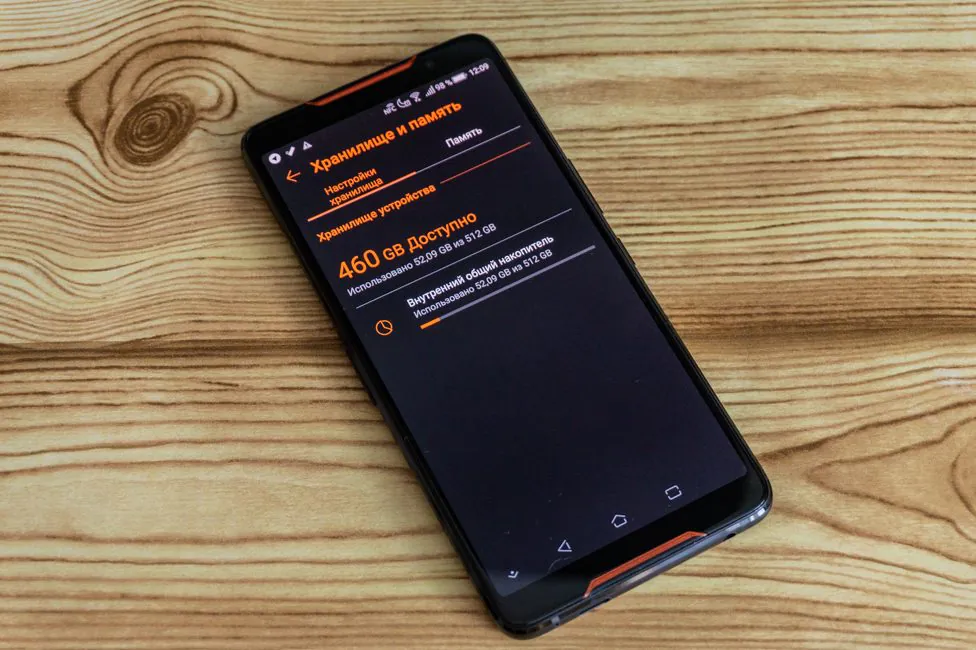
In actual use, the ASUS ROG Phone is very fast, it works without the slightest problems. The OS is lightning fast, applications and games run equally well on the maximum settings. It even makes no sense to name individual titles – everything runs flawlessly.
The device heats up, but this is the norm. The phone just gets a bit warm.
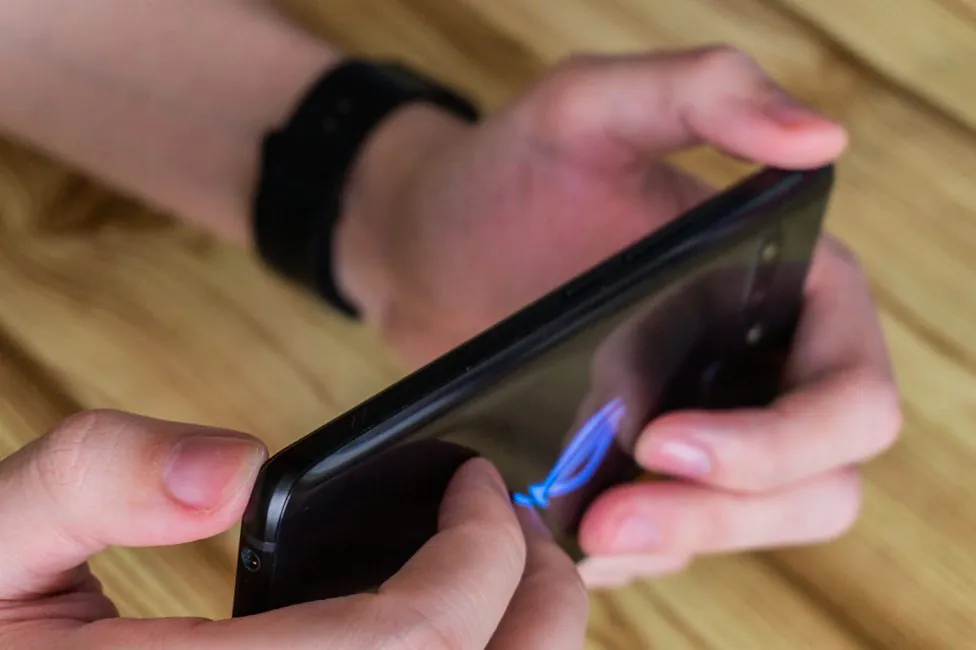
The GameCool internal cooling system is, in fact, an evaporating chamber, a copper heat spreader and a carbon thermal strip on the printed circuit board.
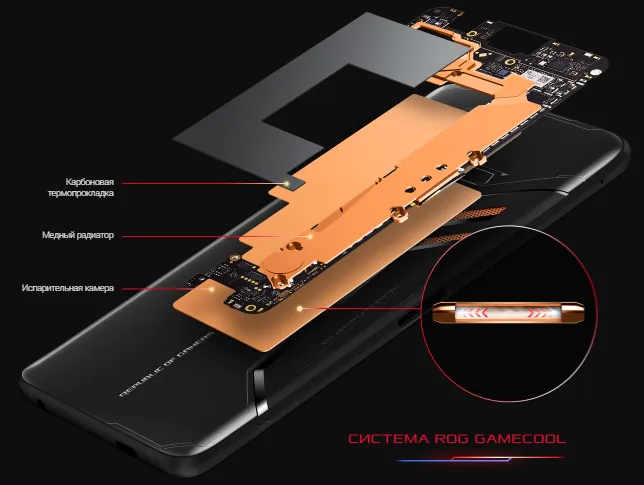
AeroActive external cooler
Finally to the removable cooling system. In general, it is possible to play for a long time without it, but to feel the chill flowing over the lid and on the palms is, in any case, more pleasant than warmth, and especially in the hot season.
The AeroActive cooler itself connects to the smartphone via the side port and duplicates the glowing logo on the back of the smartphone; the additional Type-C ports for charging and 3.5 mm for audio are added to it, which is a plus. That way the wires don’t get in the way.
Inside there is a fan that can make a lot of noise if you set the maximum speed. But the usual automatic mode is enough, and I do not think that there is a strong influence on the internal components since I tried the AnTuTu test woth the connected CO. The result in any case decreased each time.
But in general, this is quite an interesting and unique solution, and it’s helps to make the gaming process more comfortable.
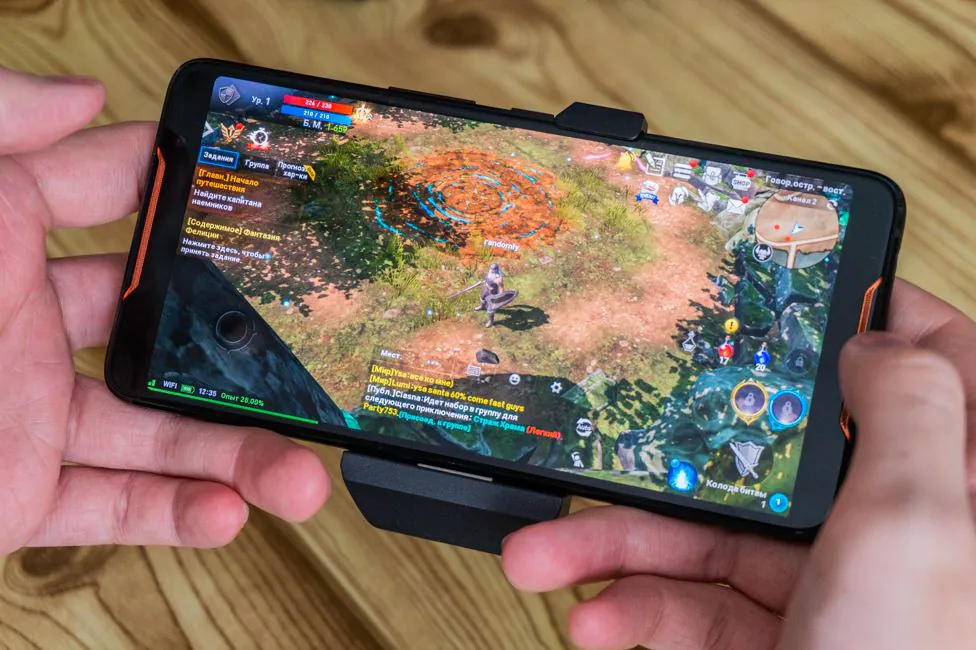
By the way, the shell of the smartphone rotates itself when the cooler is connected. In the normal mode, without a cooler, it has no idea about the horizontal mode.
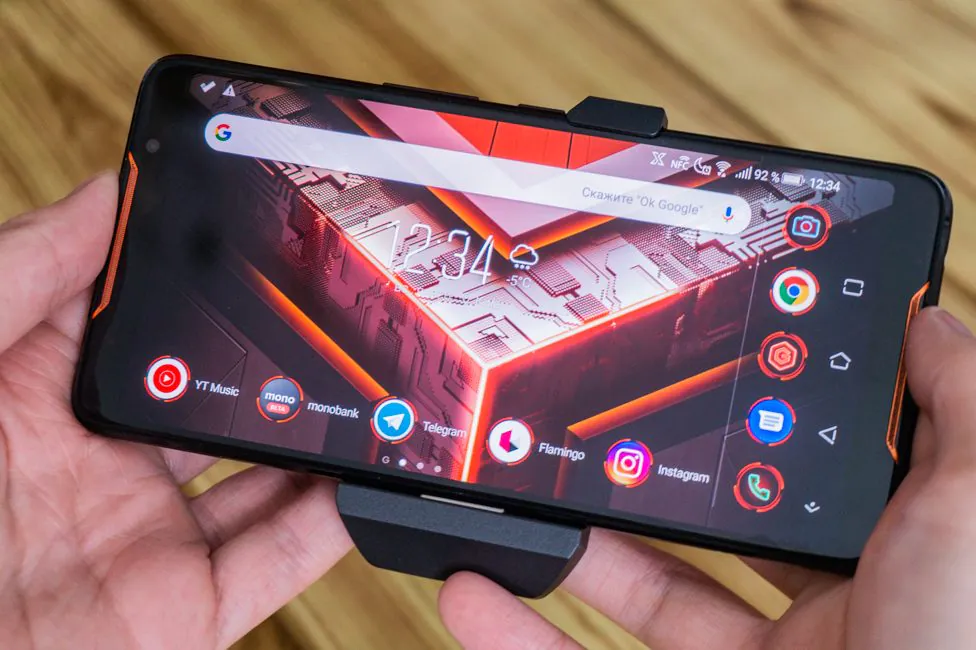
ASUS ROG Phone Cameras
Usually, when there’s one main feature, all other fall behind. But despite the moderately specific focus of the ASUS ROG Phone, the cameras here are decent.
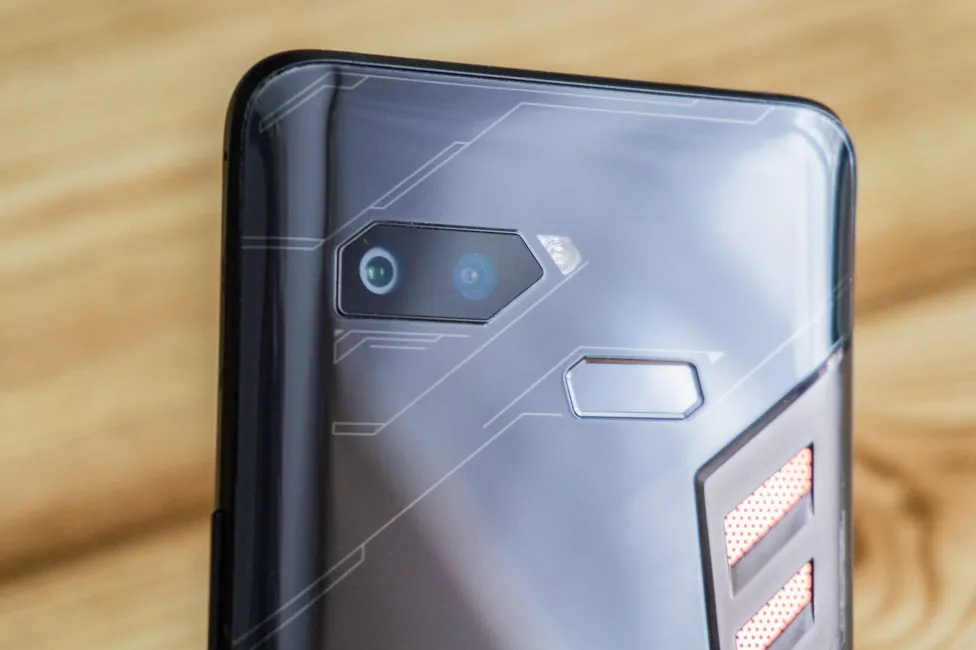
The smartphone is equipped with two sensors in the main unit. The main module is Sony IMX363, its resolution is 12 MP, f/1.8 aperture, matrix size is 1/2.55″, pixel size is 1.4 microns, EGF is 24 mm. Focusing system is phase Dual Pixel, with 4-axis optical stabilization. The second module is wide-angle, with an 12 mm EGF, which allows for viewing angle of 120°. The resolution is 8 megapixel, f/2.2 aperture, no autofocus.
In two or three words, the quality of images is good. Detailing is decent, dynamic range moderately wide. In the conditions of daytime shooting, we have a good autofocus, and as conditions deteriorate, the speed of the camera suffers – you can get a blurred picture, even with optical stabilization. But if we judge in general and take into account the fact that this smartphone never promised great photo abilities, we have quite good results.
PHOTO EXAMPLES IN FULL RESOLUTION
An additional module is naturally worse than the main one, but this is a familiar situation with widths lenses in smartphones. White balance is not always right. But as an additional option to capture a large-scale object without resorting to the panorama it will do just fine. It’s not the best for shooting objects up close because of the lack of autofocus.
Both modules can blur the background when shooting people or other objects. Well, it tries, but rarely successes.
The maximum video resolution and the number of FPS is 4K at 60 fps. The quality of the video is quite satisfactory, and I was glad to see optical stabilization. The second module takes video in 1080p at 30 frames – okay, but that’s all. You can shoot slow-mo – 1080p at 240 FPS and time-lapse in 4K.
Front camera module has a resolution of 8 megapixels, f/2.0 aperture, 24 mm focal length. Nothing special can be said, it’s just a usual selfie camera with portrait mode feature.
ZenUI is a native camera app. It is convenient, and there are only a handful additional shooting modes, but you have a “Super resolution” with photo interpolation up to 49 megapixel and advanced manual mode, but for some reason without RAW format. You can also make GIFs straight from the camera.
In addition, the camera complements the AI, but the effect of it, frankly, is invisible – only in the camera’s application you can see a small icon when you shot an object: for example, the plant icon when photographing it.
Unlock Methods
The fingerprint scanner on the back works well, if you get used to the shape of the indent in which it is located. The smartphone can be unlocked very quickly, I would even say lightning quick. According to personal feelings, it’s as fast as in Huawei devices, and they know how to make them.
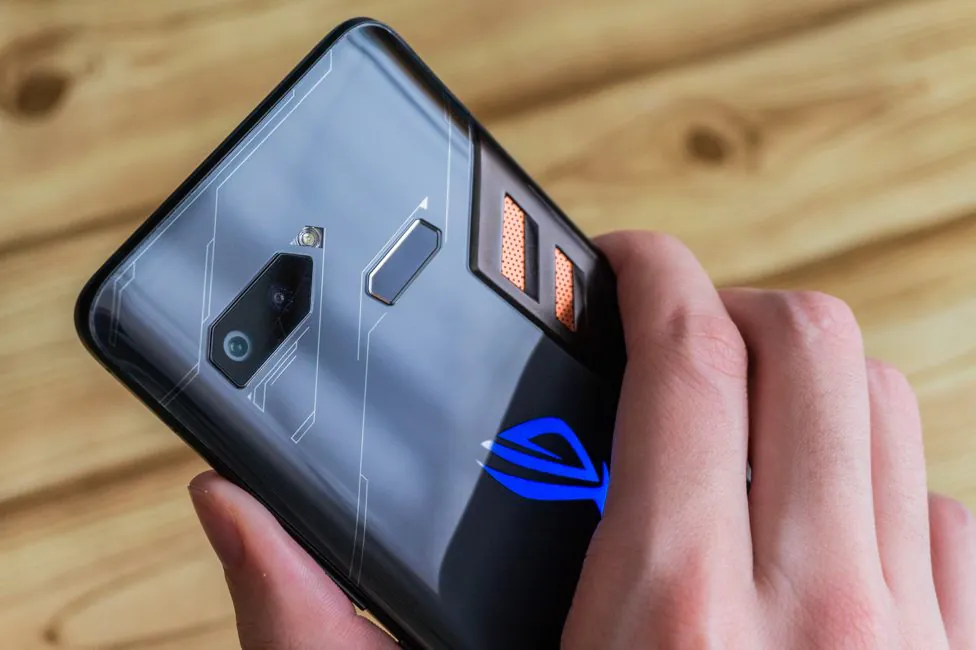
In addition to the standard functionality, you can answer calls by touching the sensor, as well as open and close the curtain of notifications with the swipe.
Facial recognition implemented by the front camera. The method works fine with normal light, but in total darkness it will not work.
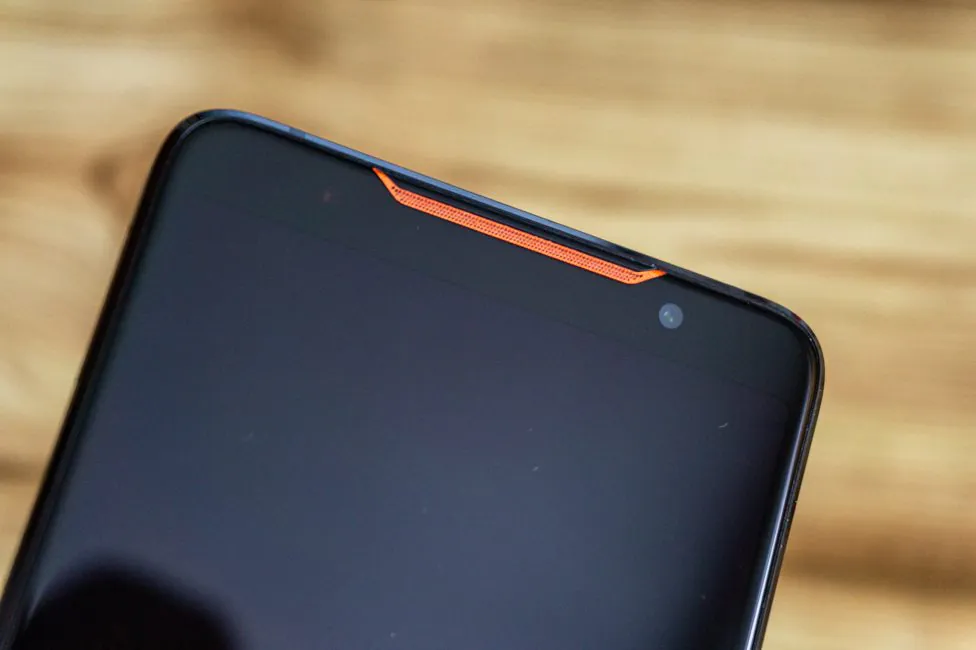
You can hide the notifications on the lock screen until the smartphone recognizes the owner. You can also turn on the activation of the display when lifting the device so that you don’t have to use the power button.

Battery life
An important parameter in the gaming smartphone is also how long it will be possible to play from a single battery charge. The ASUS ROG Phone has a non-removable 4000 mAh battery.
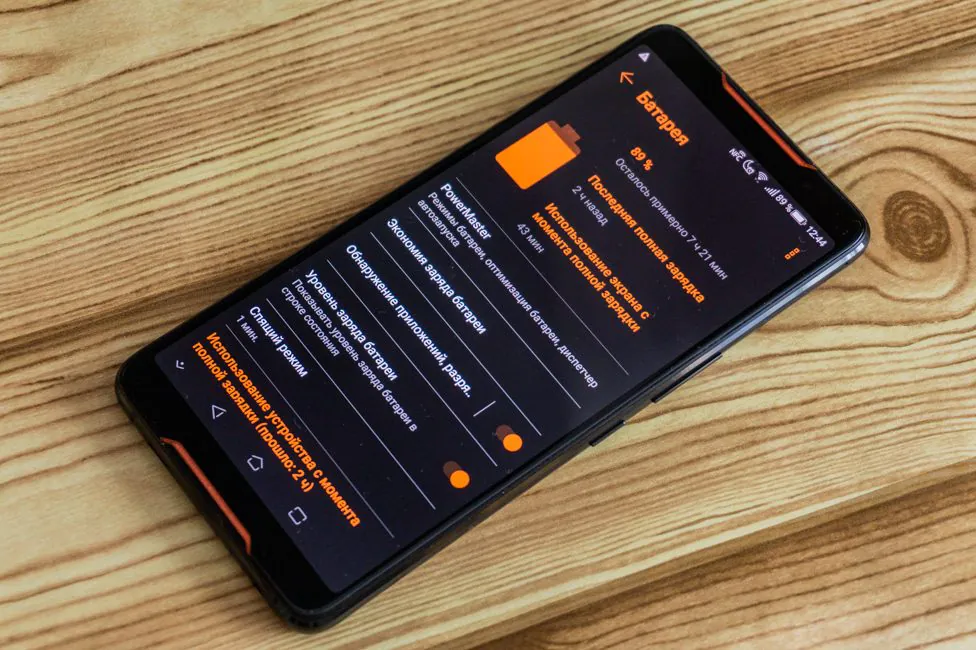
If you just use the smartphone and do not play on it, then the battery will be enough for the whole day, you may even be able to go out for 1.5 days with 5-6 hours of screen activity, and you can also fine-tune power consumption and related things with regular means – there are enough of them.
But we understand that such a device will primarily be used for the games, and in this case we have worse results. The demanding game will work for 3, maximum 4 hours.
The time it takes to charge:
- 00:00 – 10%
- 00:30 – 66%
- 01:00 – 90%
- 01:32 – 100%
These are quite good results. But the lack of wireless charging is a minus.
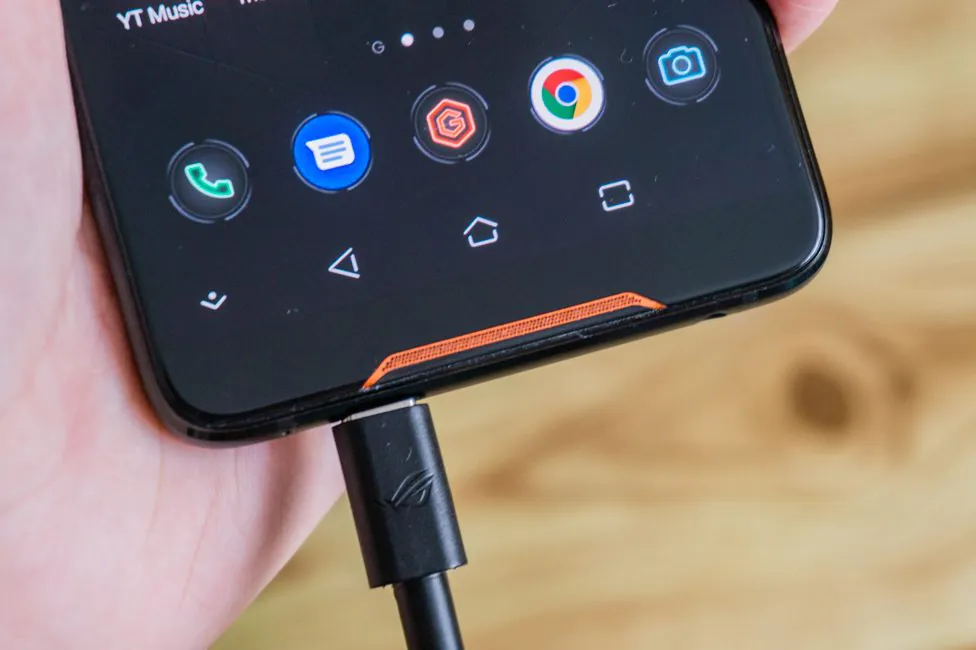
Sound and communication
ASUS ROG Phone has front stereo speakers that sound very well. They have an excellent margin in terms of volume and quality. They are wonderful when listening to music, watching videos and, of course, in games. The earpiece speaker, by the way, is also excellent.

The sound of the speakers can be customized by selecting the pre-made profiles or twisting the equalizer sliders manually. Even for the speakers, you can turn on the “On the street” mode, which further increases the volume, but that disables the effects.
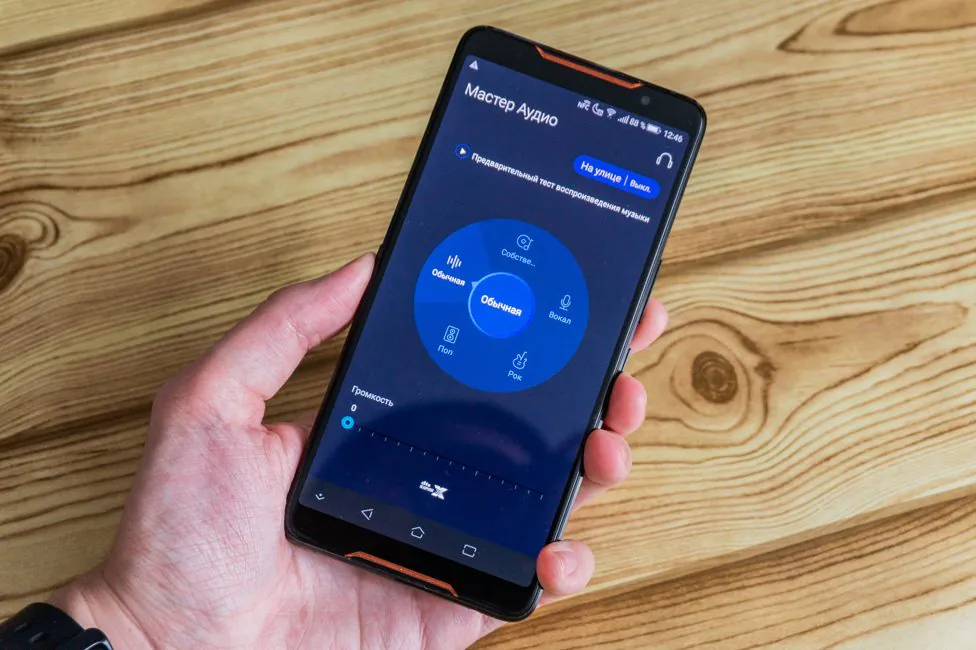
Headphones provide even more sound settings. In addition to the advanced equalizer and ready-made presets we have DTS audio effects with a choice of “Front” or “Wide” virtual surround sound options. In addition, you can customize a personal profile for headphones, and there are a lot of brands and different models of headphones to choose from.
In short, everything is customized for specific needs and the end result, naturally, is excellent. I also note the vibration setting: you can select its type and intensity. The payoff is quite pleasant, plus it works in some games.
There were no problems with mobile communication and GPS module (A-GPS, GLONASS, BDS, GALILEO, QZSS). The Wi-Fi 802.11a/b/g/n/ac module; 5 GHz networks, of course, are supported. Moreover, support for the latest high-speed standard 802.11ad (WiGig) is announced – I only have to find such networks somewhere. There’s also Bluetooth 5.0, with support for aptX HD codec, as well as NFC module.
Firmware and software
ASUS ROG Phone comes with the Android OS 8.1 Oreo, with ZenUI on top. There’s also a special gaming theme. It looks, frankly, not that good. Although the standard applications in the shell remained intact. You can always return to the usual look of ZenUI.
But before we talk about all the gaming features, let’s take a look at more of the usual stuff.
Page Marker allows you to save Chrome browser pages and upload them into Google Drive. Twin Apps is for cloning applications for a second account. With the help of OptiFlex, you can speed up the launch of the most frequently used applications – up to 15 programs in total.
There are several ways to take a screenshot. ZenMotion gestures work on the deactivated screen: turn the smartphone to mute the incoming call or bring the device to your ear to answer the call.
Game Genie panel can be opened in any game. From the panel you can turn off the navigation buttons to avoid accidental clicks and pop-up notifications. Also, display the information plate with CPU and GP info, battery charge, temperature, and FPS (though it doesn’t always show the number of frames). You can also fix the brightness level so that it does not change when auto-brightness is active.
It is possible to create macros to automate certain actions in the game and display something like a mini-browser right in the game – this is also quite convenient. You can also configure the location of the virtual buttons and triggers.
Among other things, you can record what is happening on the screen and even stream to Twitch or YouTube.

AirTriggers
At the beginning of the review I mentioned sensitive ultrasound sensors on the edges of the smartphone. This is no longer a novelty, as we have seen this in some other smartphones, but it’s still worth mentioning.
When the smartphone is turned off or locked, you can use the AirTriggers for different tasks. Short and long touches can be programmed separately. You can activate the one-handed control mode, activate Google Assistant, turn on the flashlight or launch any installed application.
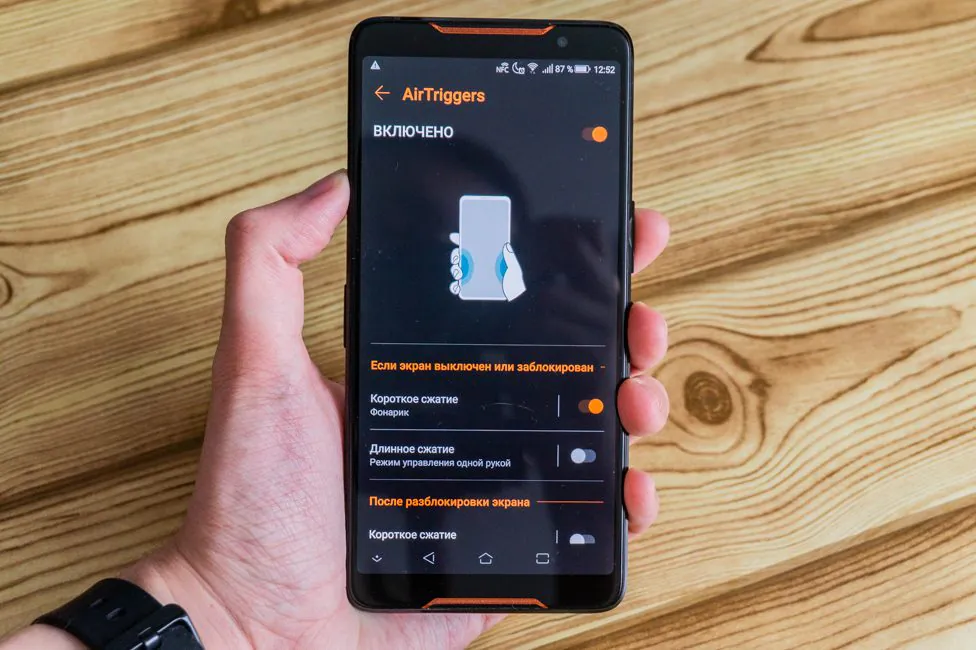
If the smartphone is unlocked, there are even more options, like imitating key presses. At the initial setting (or after) you can adjust the level of force when pressing on sensitive areas.
Also, for each game, you can adjust the position of these two buttons.
As for the use of these triggers in games … you’ll have to get used to them. At first it is veryinconvenient, because every now and then you touch the wrong area and something incomprehensible happens on the screen. But having gotten used to them, I must say that they greatly simplify some moments.
“Mode X”
By default, squashing of the smartphone launches “Mode X” – the heart of this whole gaming system. Settings are activated from the “Game Center”, which shows the load and temperature of the processor, graphics subsystem, used RAM and storage.
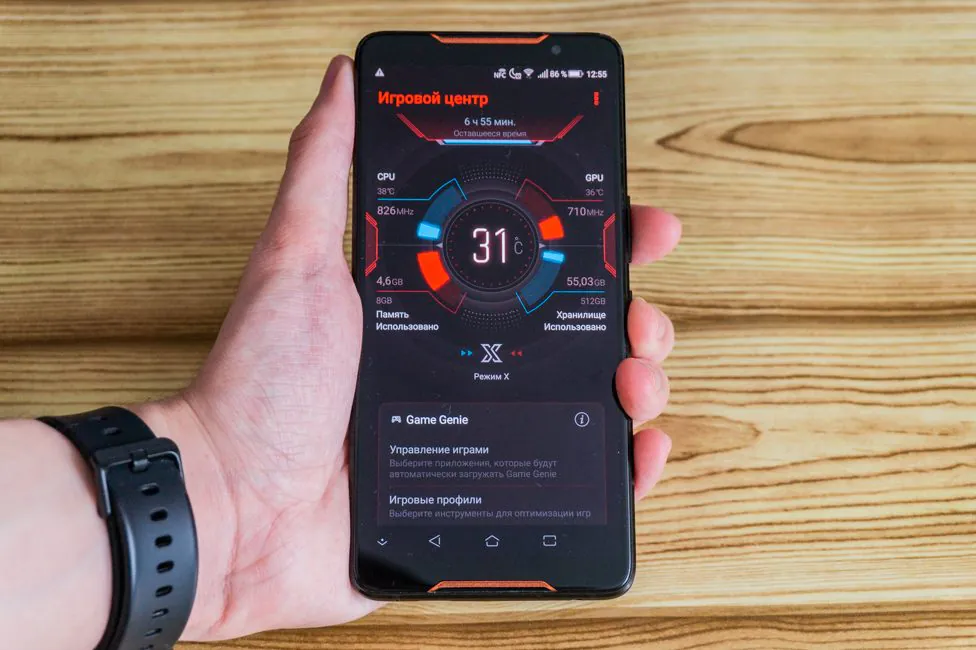
The same application contains subtle Game Genie settings that will be used after launching “Mode X” for certain games: you can select the maximum CPU frequency, the refresh rate of the screen in the game, and much more.
Next, we see the fan speed control of the external AeroActive system: you can set a fixed speed or enable auto-tuning.

The last is the setting of ASUS Aura – the logo lighting system on the back of the smartphone (or the cooler, if it is connected). There are four modes of operation: static lighting, “breathing”, pulsation and color cycle.
With the first, everything is clear – choose a color that will glow constantly. The second is a gradual fading and increase in brightness, also for one color. The third is a regular strobe of a certain color. The fourth rotates all available colors.
For each mode the backlight brightness setting is available, and in options 2-4, the speed is also regulated. The backlight itself will be active not only when “Mode X” is running and the screen is on. There are other scenarios: in standby mode, on incoming call, notification, charging. For each of them, you can customize your own version of the glow. You can also create a group of several ROG Phones and synchronize the backlight between them so that it is the same.
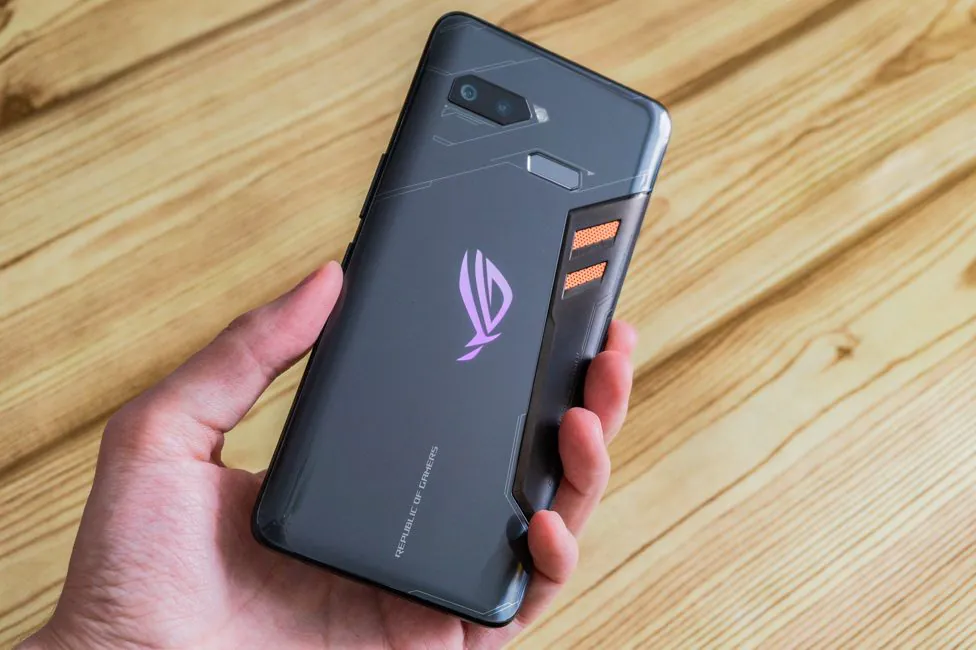
Verdict
ASUS ROG Phone is what a real gaming smartphone should be. Maybe it is already the best one on the market. It’s not cheap, but how can it be any different? ASUS offers lots of unique features that justify the price.
You get a good package, a screen with high refresh rate, the most powerful hardware. The list goes on forever – the phone is good on all fronts.
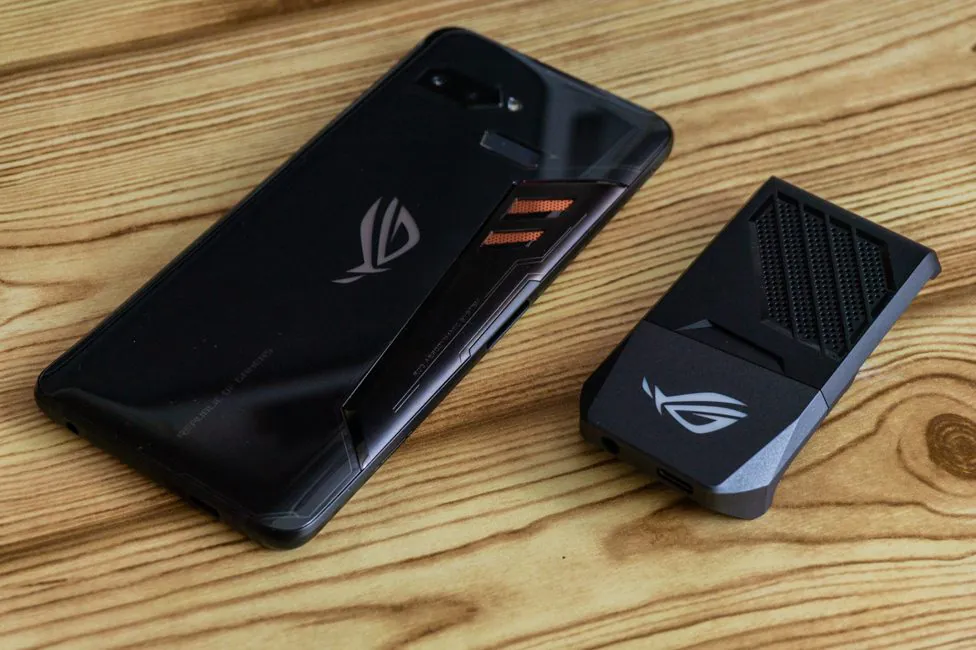
ASUS ROG Phone has maybe two downsides. There’s no IP67-68 protection, only IPx4. And the fact that it doesn’t support wireless charging. But it’s no coincidence: ASUS wants us to play while charging thanks to a port of the separate cooler.
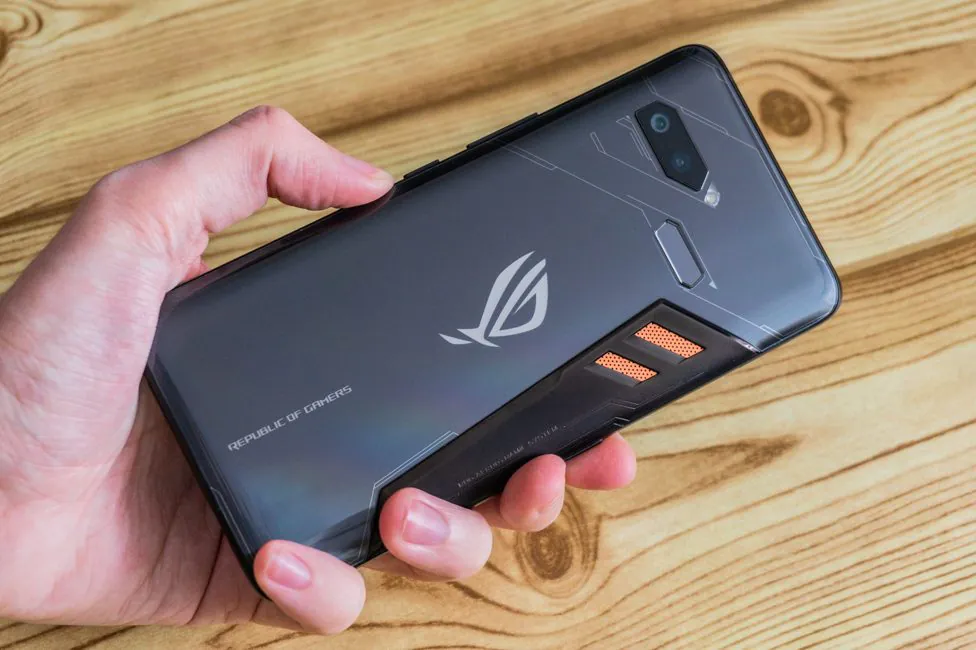
If you buy smartphones for gaming, ASUS ROG Phone is worth the money. It’s not that it can’t do other things, just that its design and software are all created with gaming in mind, and it shows. The device is something else, and it certainly deserves our respect.


